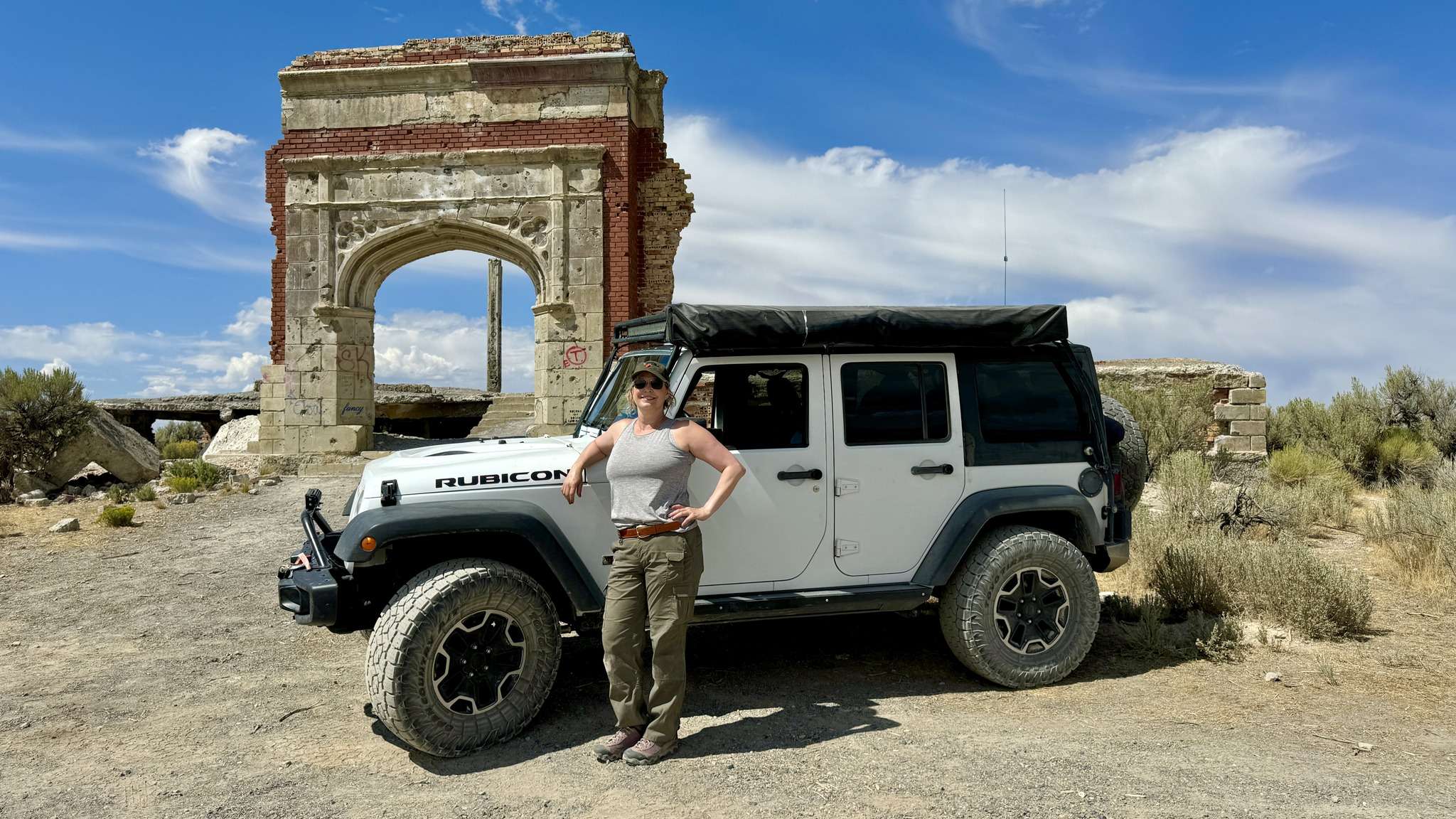
For my annual birthday ghost town trip, I chose Elko County. I have visited several times, including Jarbridge and Tuscorora, but didn’t get a good chance to explore. Austin of Nevada Expeditions and I met partway and headed east. We spent 4 days exploring Elko County along with a few outlying ghost towns.
Tami’s Travels: Full articles on each ghost town to follow
Betty O’Neal
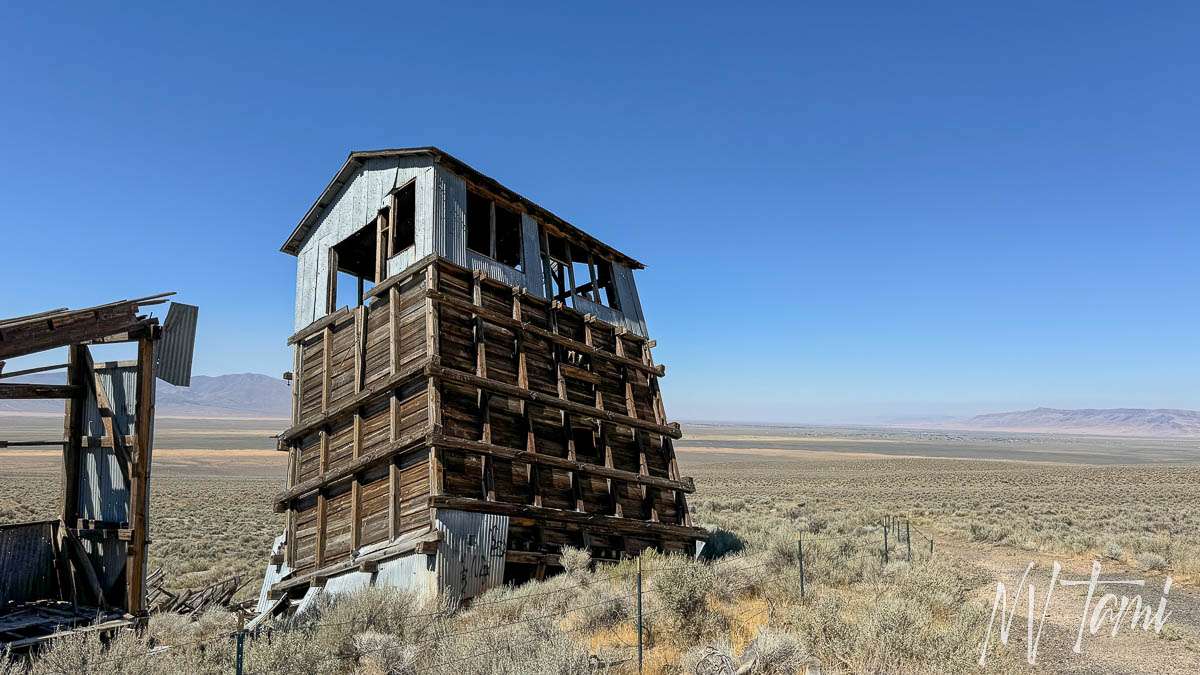
Miners from Lewis found ore in 1881, and the Betty O’Neal mine was discovered in 1882. The boiler exploded on October 31, 1881, killing one and destroying structures. The mine was rebuilt, but a fire destroyed the facility in 1883, ending operations.
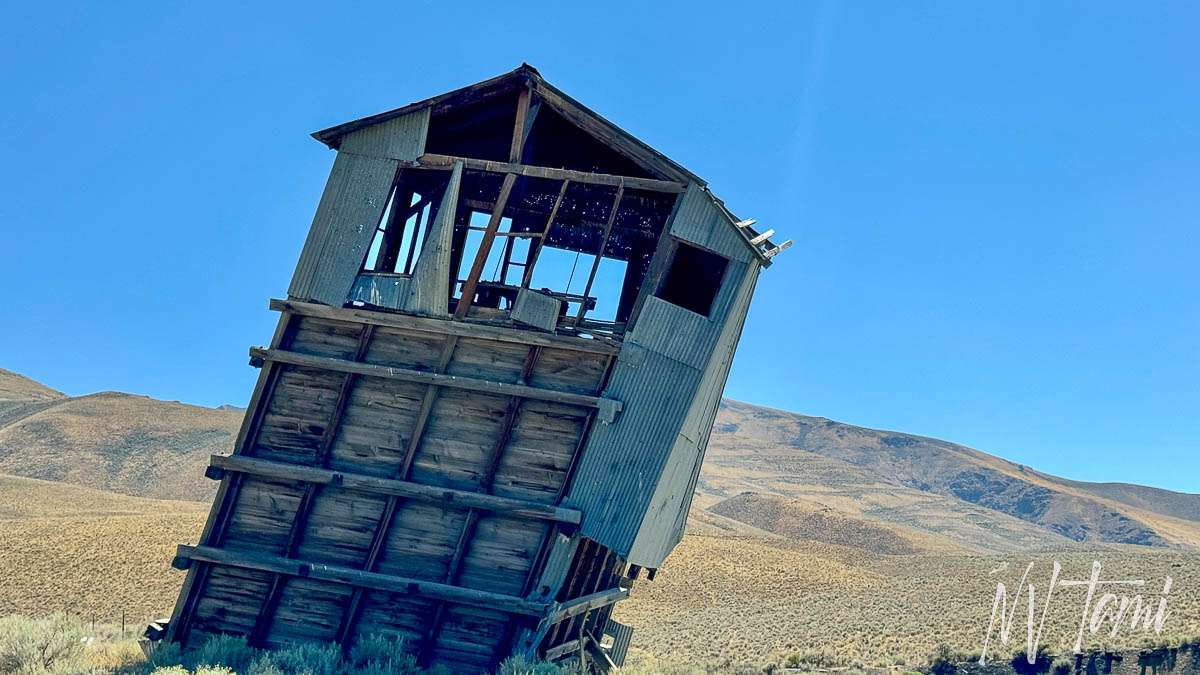
Betty O’Neil was leased in 1907, and a small settlement named Kimball grew. The mine closed in 1911, ending the town. The mine had a resurgence in 1922 when Noble Getchell purchased it and the mill was enlarged. A town grew, including a post office, the Concentrator newspaper, houses, and a baseball team.
Ore values declined in 1928, and the mine was operated sporadically until 1932 when the mine and post office closed. Over $2 million of silver and gold was extracted from the mines in its years of operation.
Maiden’s Grave
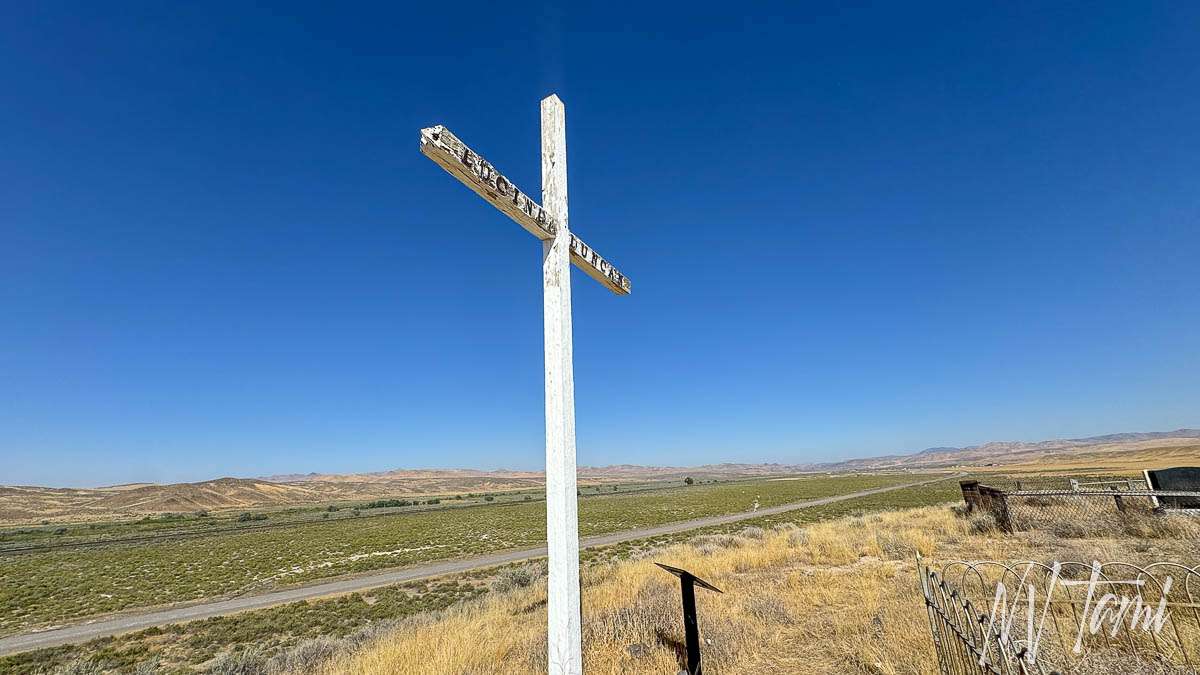
Lucinda Duncan died near the cemetery while traveling via wagon train to Galena in 1863. Contrary to being known as “Maiden’s Grave,” Lucinda was a 70-year-old, considered the “mother of the wagon train” and a grandmother. Future travelers assumed Lucinda was a girl, earning the name “Maiden’s Grave.”
Lucinda’s grave was moved due to the realignment of the Southern Pacific Railroad in 1906
Red Devil Mine
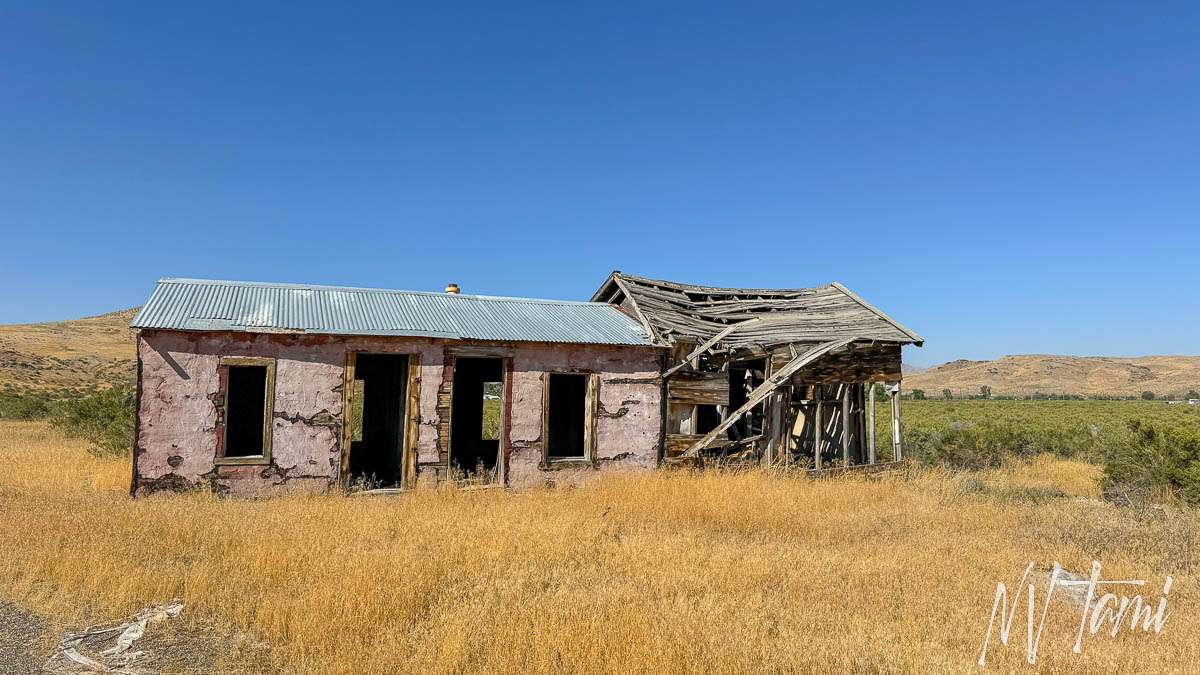
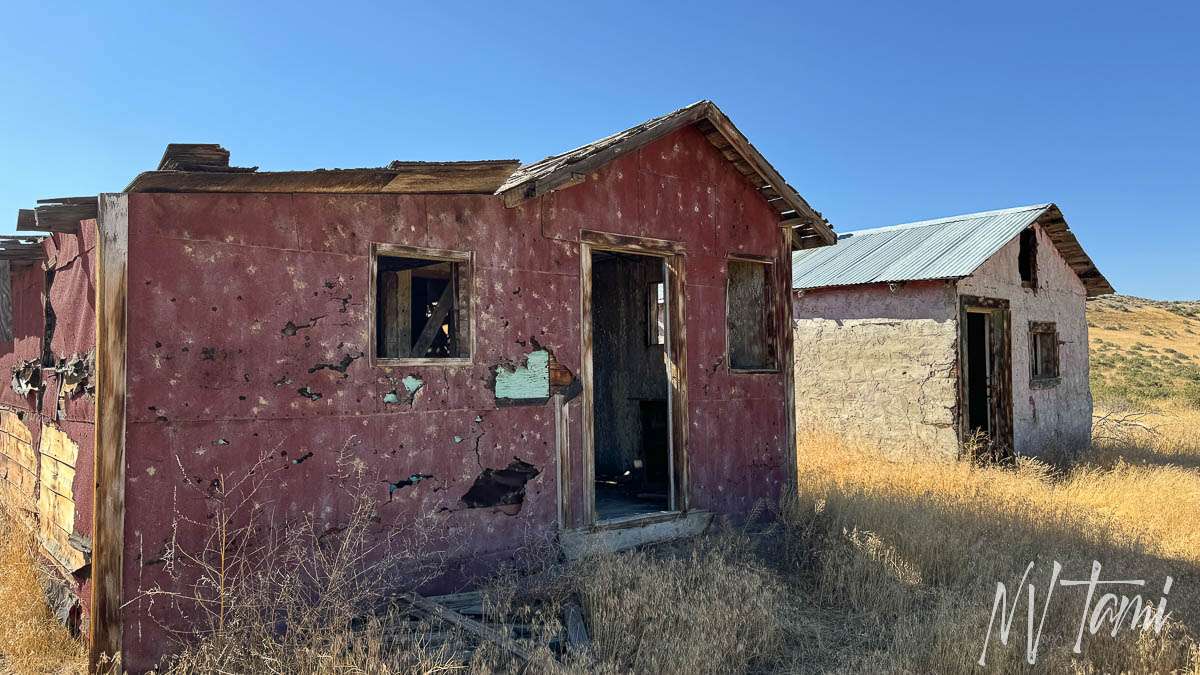
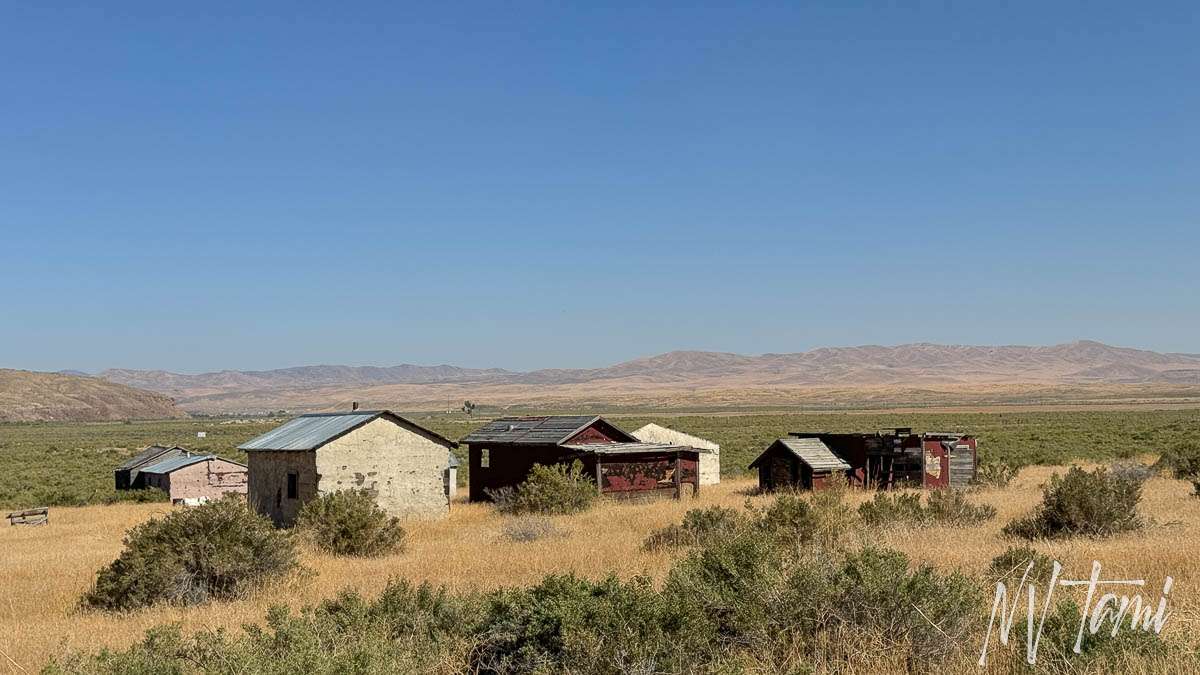
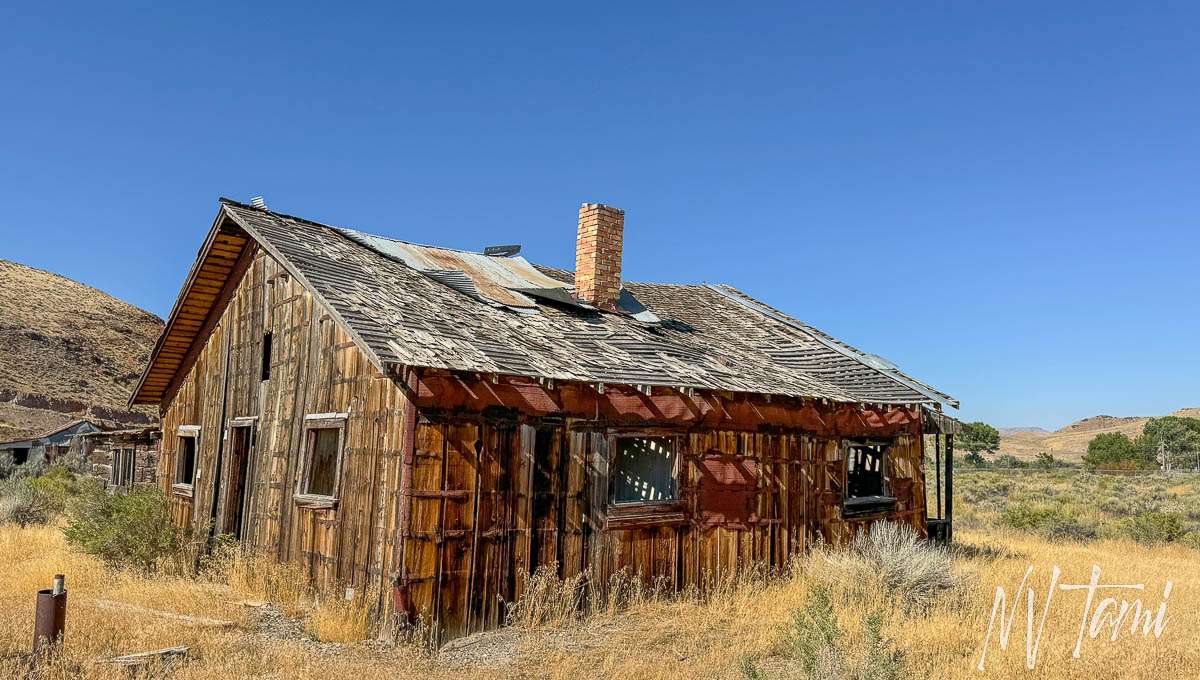
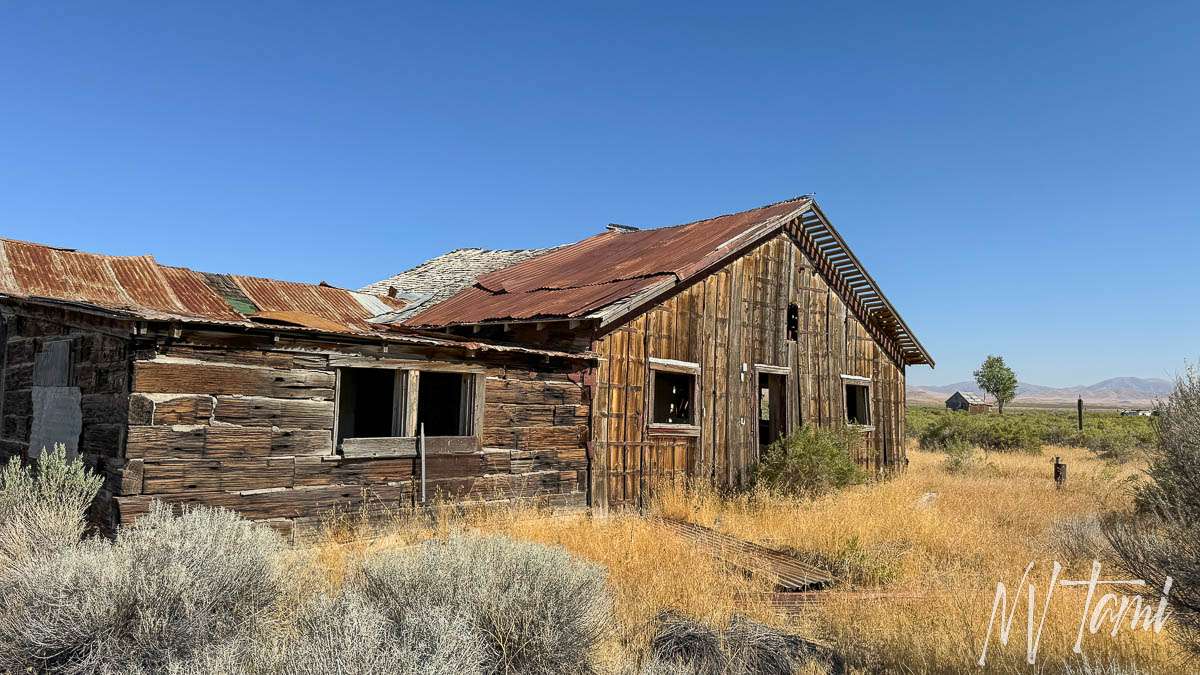
Red Devil was a cinnabar or mercury mine. It started in 1924 and has operated for five years, producing 132 flasks of mercury. It was worked again in 1932 with little production.
Beowawe
Beowawe was founded in 1862 as a stop on the Central Pacific Railroad. In 1881, it had 60 residents, a store, a school, and a post office. The population dropped in the early 1900s, but a handful of people remained.
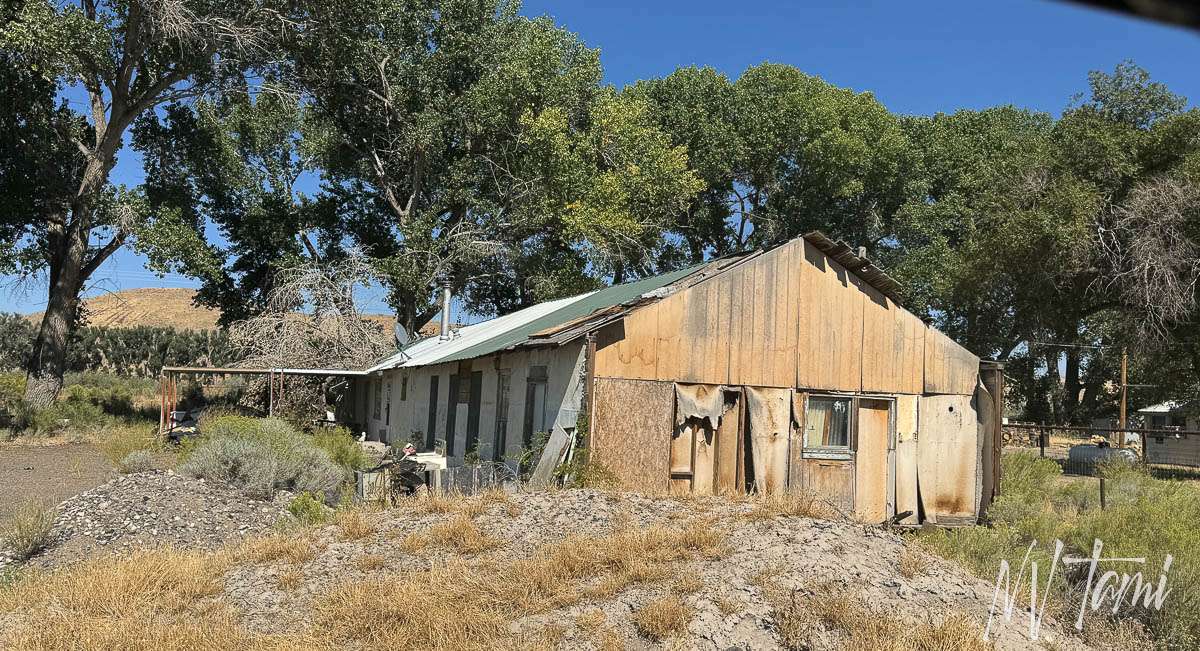
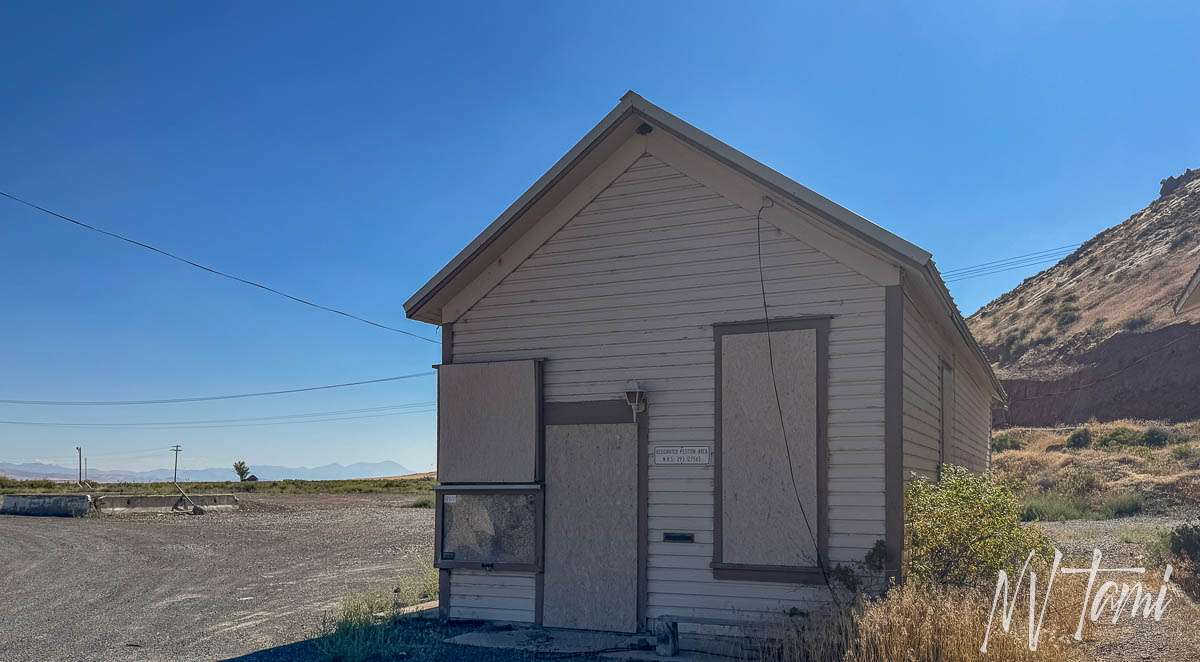
Palisade
The Nevada ghost town of Palisade was once a stop on multiple railroad lines. The small settlement was known as “The roughest toughest town west of Chicago.” In a span of three years, more than 1,000 violent acts occurred, including shootouts, bank robberies and massacres. Why did the little town of Palisade have enough Wild West incidents to put dime novels to shame?

Hastings Cut off South Fork Canyon

We camped on the Humboldt River. On September 25, 1846, the Donner Party camped near our campsite in South Fork Canyon. They were following the Hastings Cutoff of the California emigrant route. Hastings never traveled his cutoff, which added miles to the trip, contributing to the Donner party’s delayed trip over the Sierra.
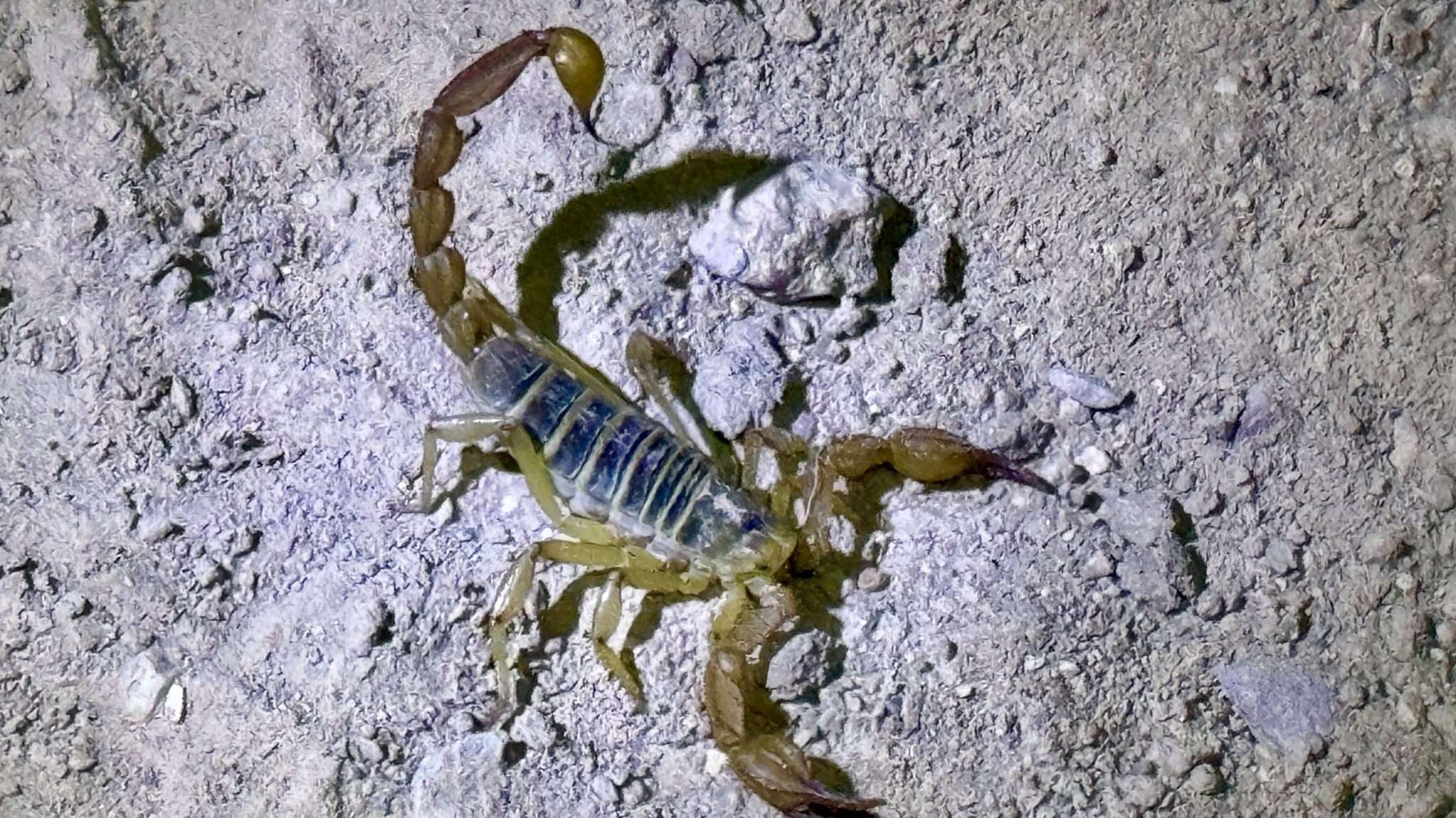
“Here I Am” by the Scorpions was our theme music for the weekend. Who thought a song would combine the winds we hit and the invasion of scorpions? Read more about Invasion of the Scorpions.
Adobe Station
As early as 1869, Adobe Station was a stop on stage lines and toll roads. The station changed hands multiple times and is now part of a ranch.
Owners have the best display outside of their fence. I took many pictures with the thought that I could do something similar on our ranch.
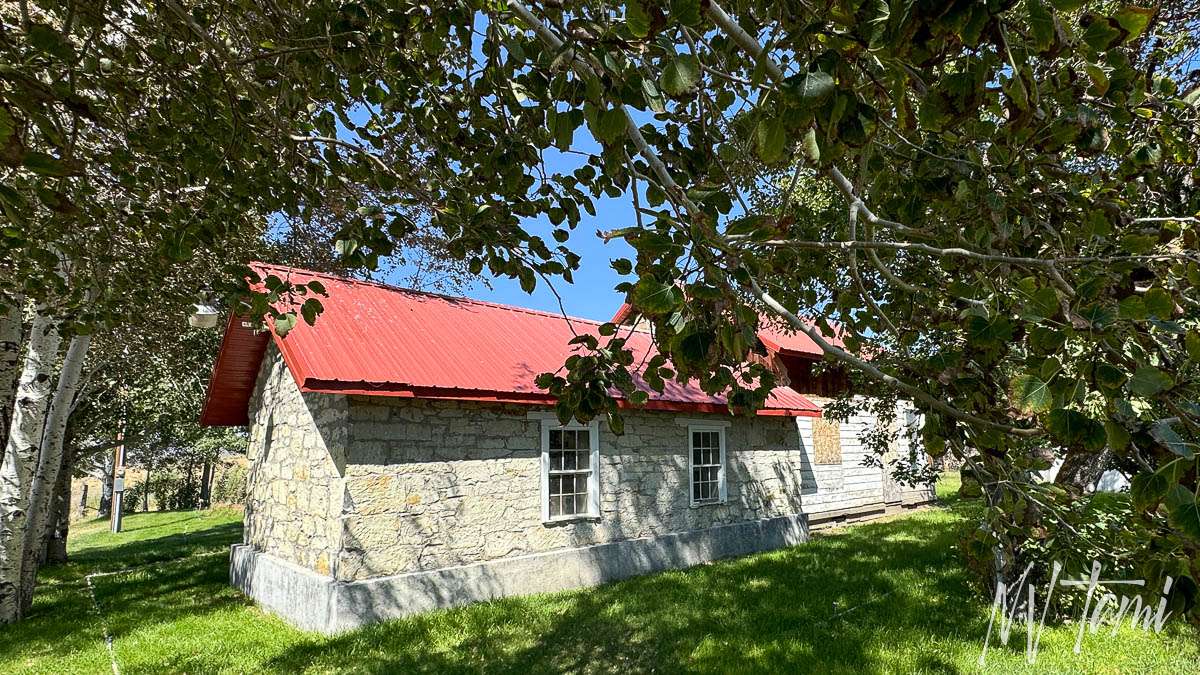
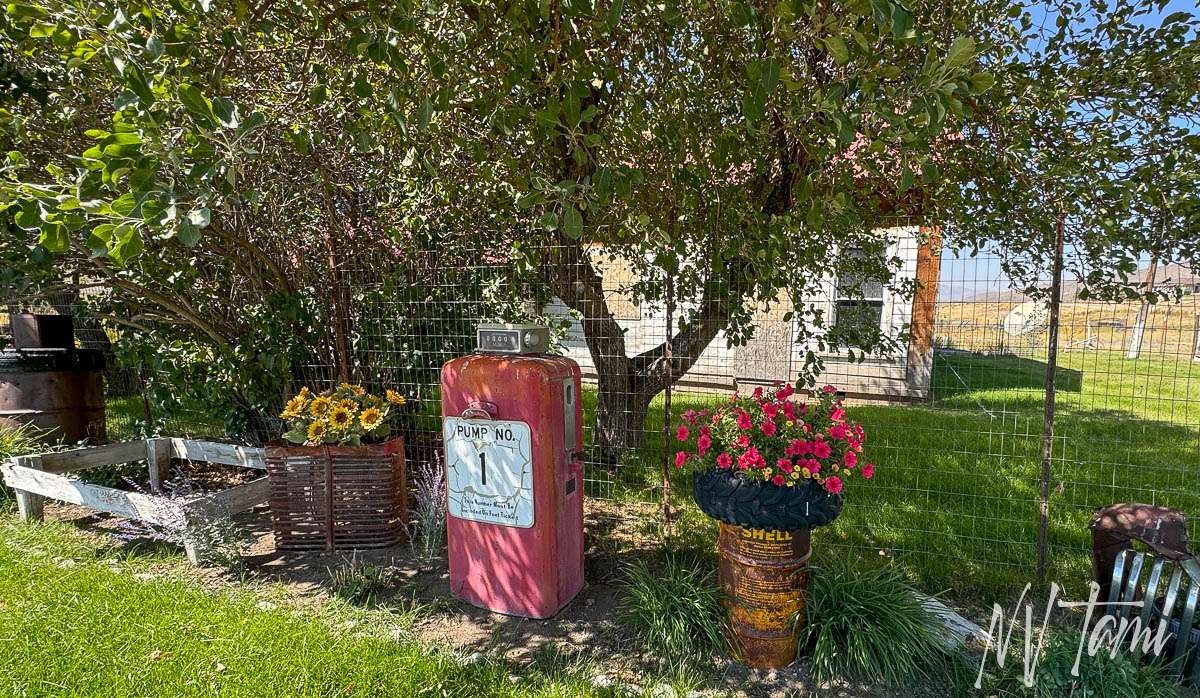
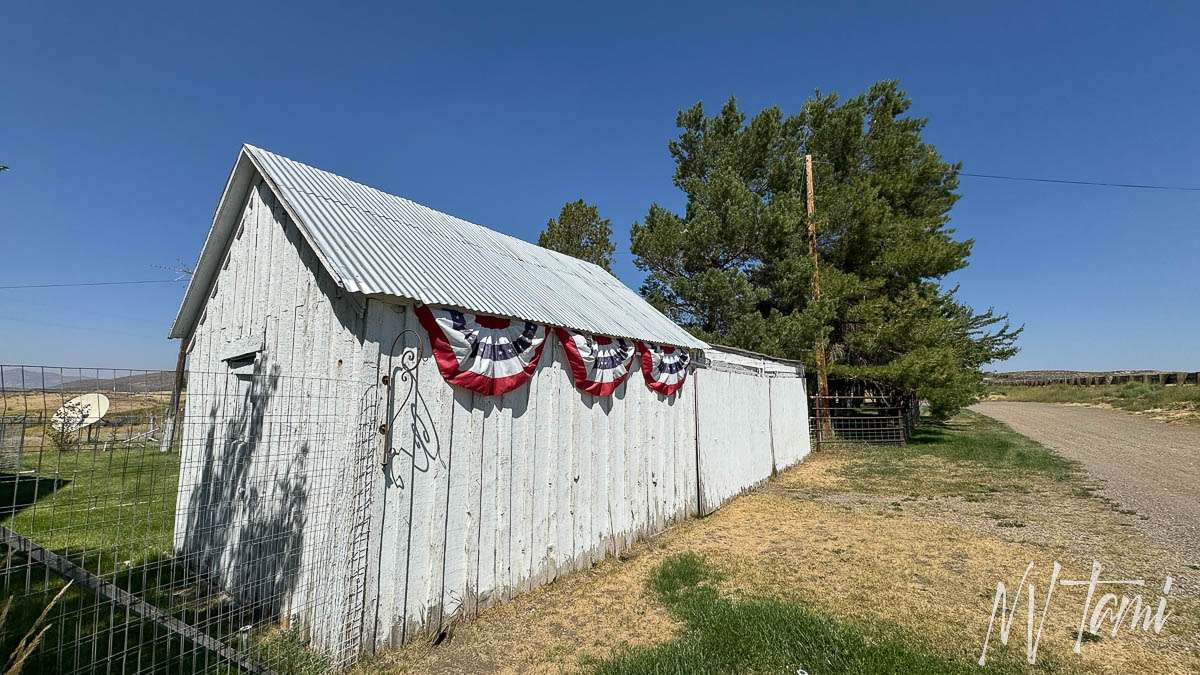
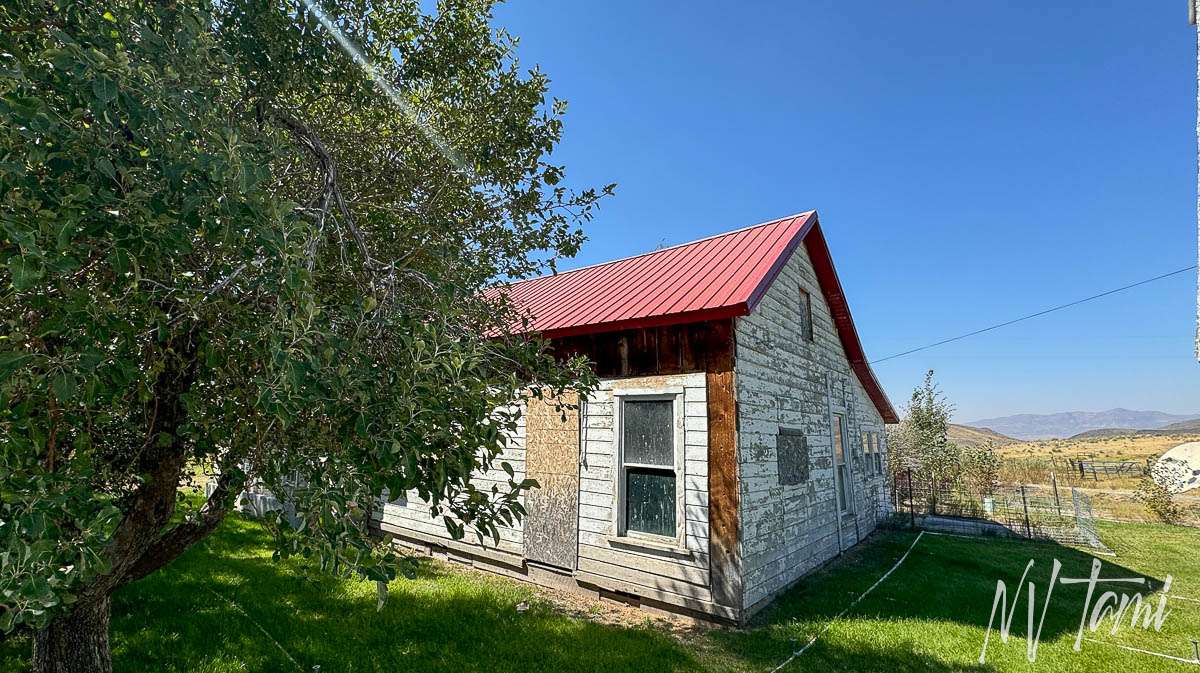
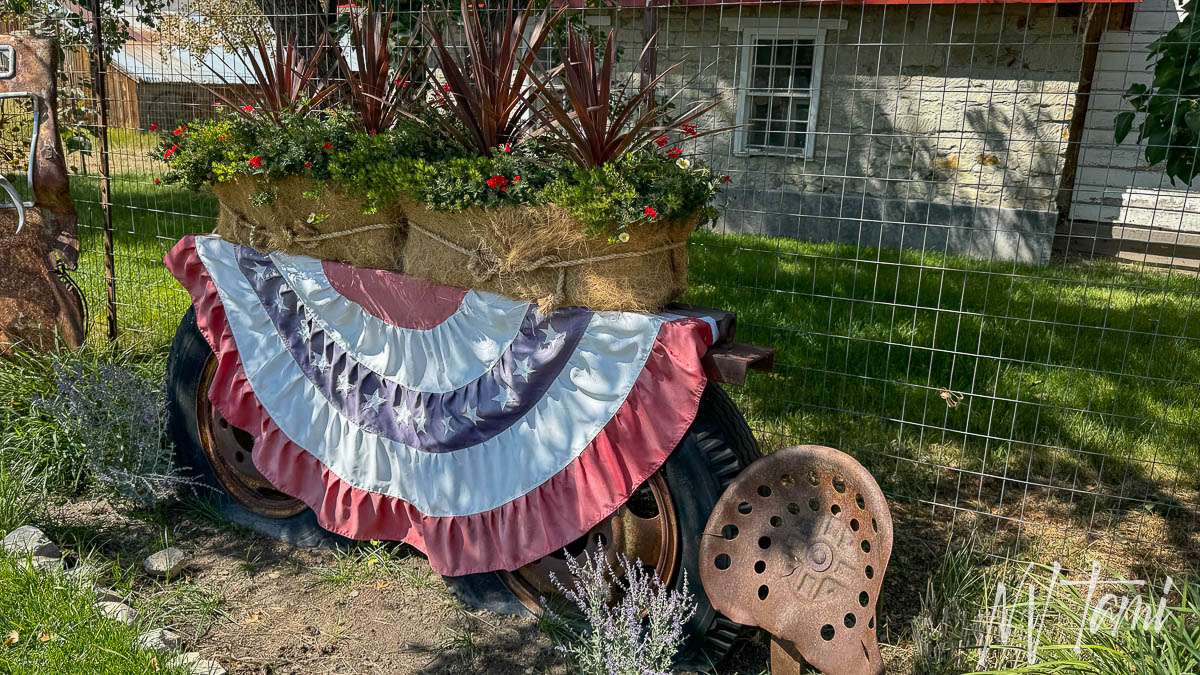
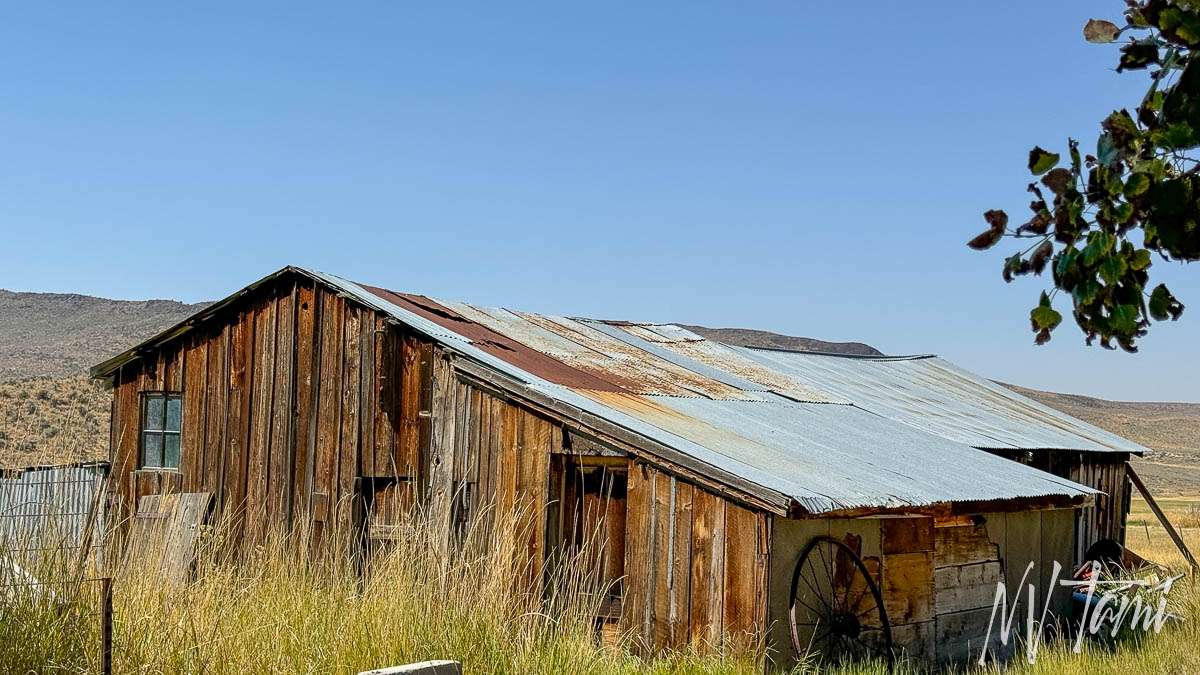
Dinner Station
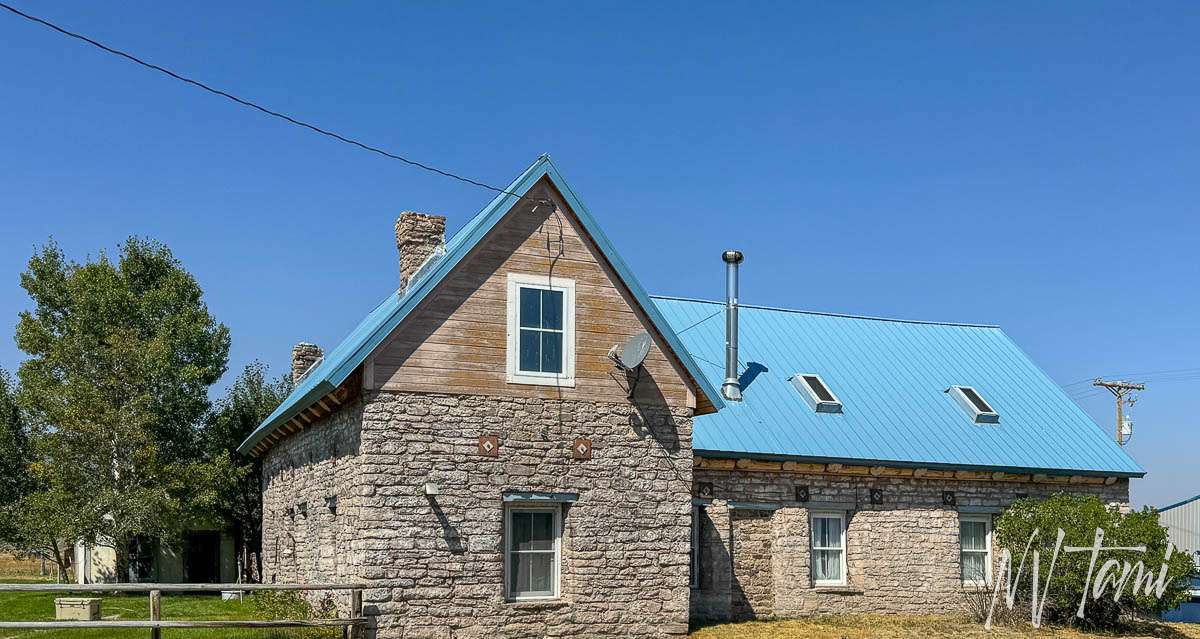
Another stage station, Dinner Station, served multiple lines, including a stage from North Fork to Gold Creek. The stone building was constructed following a fire in 1884 that destroyed the original wood station.
The school at Dinner Station opened in 1889 to serve the 40 residents. The station boomed with the rush to Jarbridge. Selling to multiple owners, the station became a private home with the arrival of vehicles.
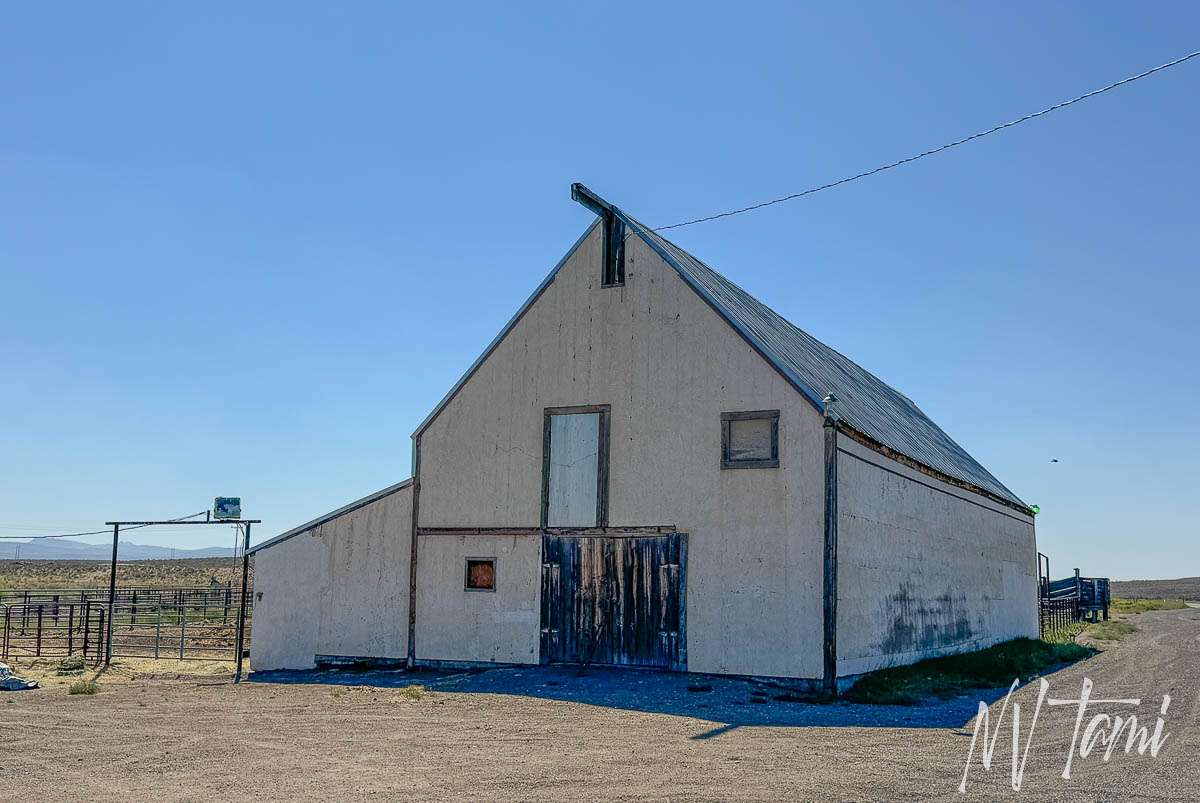
North Fork
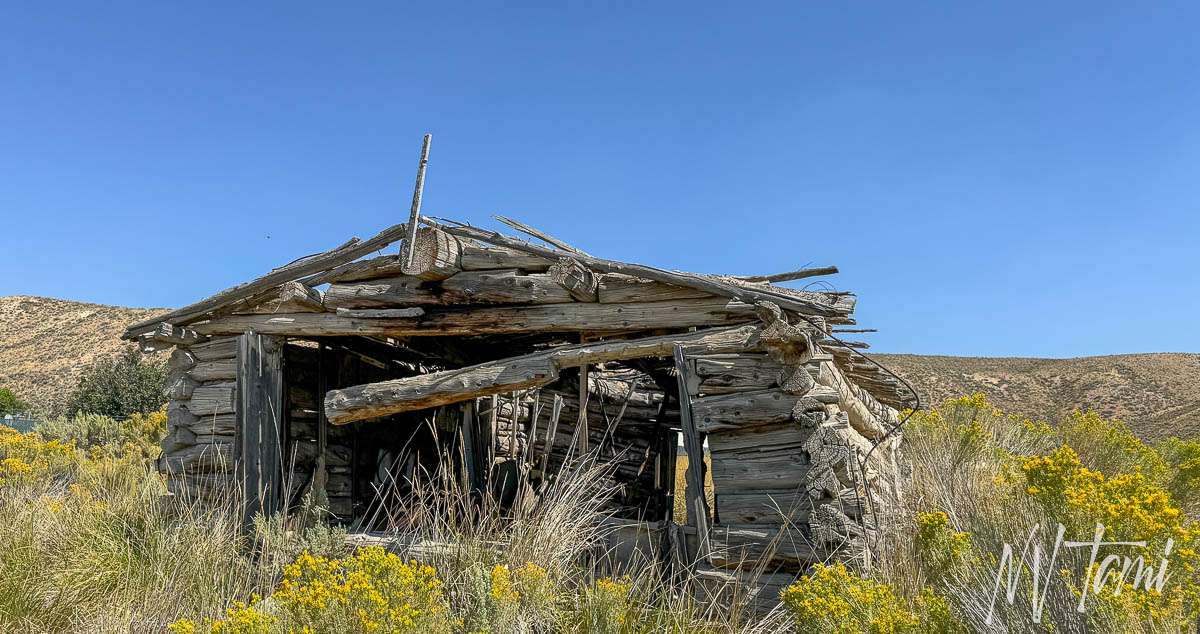
Starting as Johnson Station, North Fork was a station on the daily stage. A small town grew and a post office opened in 1889. The stage station closed when travel changed to automobiles but the store and saloon remained to serve travelers and the community. In 1934 the store was robbed and burned, signaling the end of North Fork.
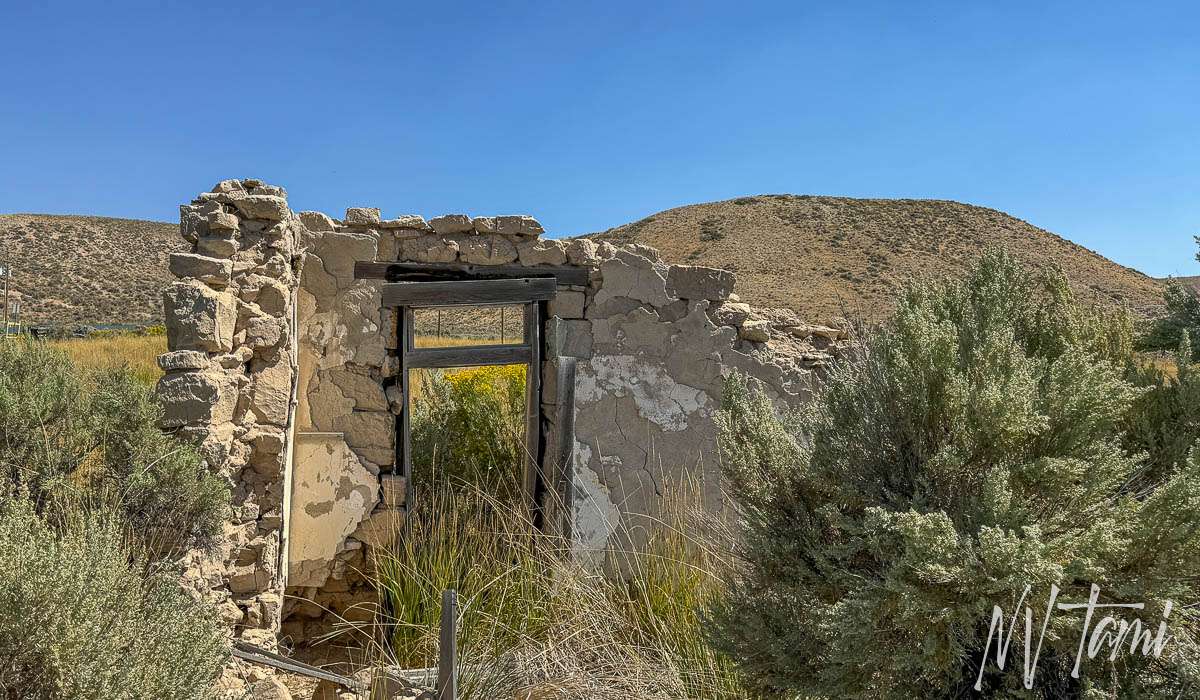
In 1948, Bing Crosby purchased most of the ranches in North Fork. Crosby spent as much time as he could at the ranch until he sold it in 1958.
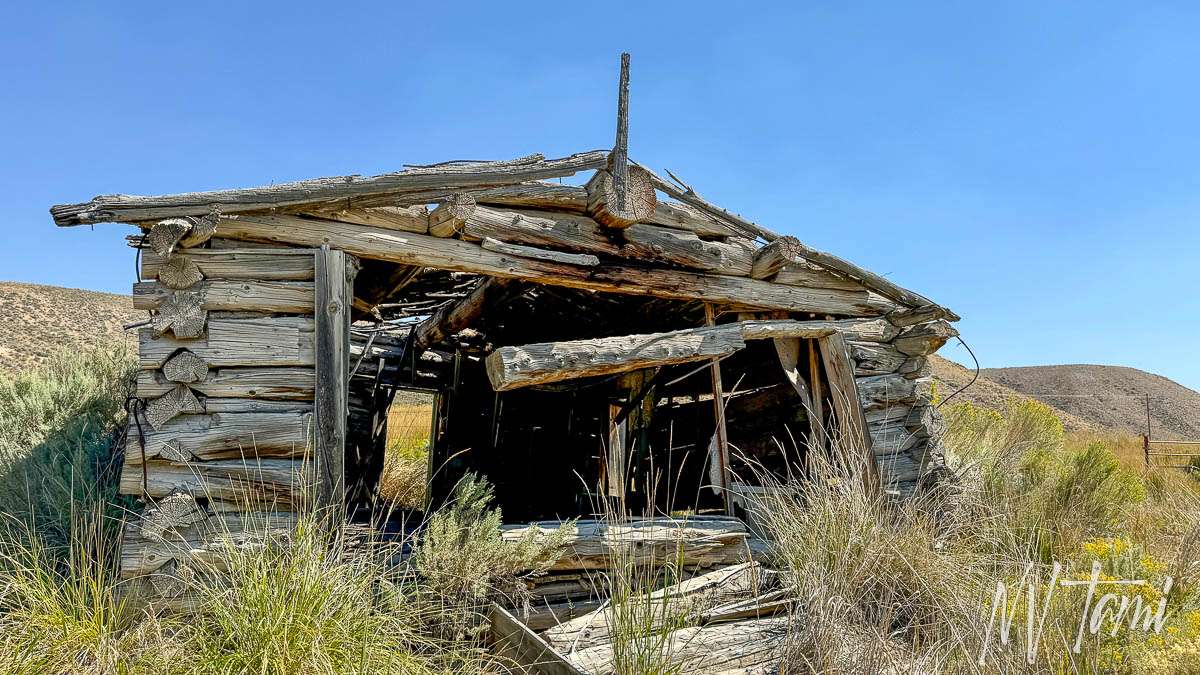
Patsville
After the discovery of the Copper King Mine, Pasville grew near the new mine, west of Rio Tinto. The town included a boarding house, stores, and a pharmacy. Patsville also had saloons and gambling halls, serving residents of the company towns. The end of copper mining was the end of Patsville. Sadly, a fire destroyed most of the remaining structures.
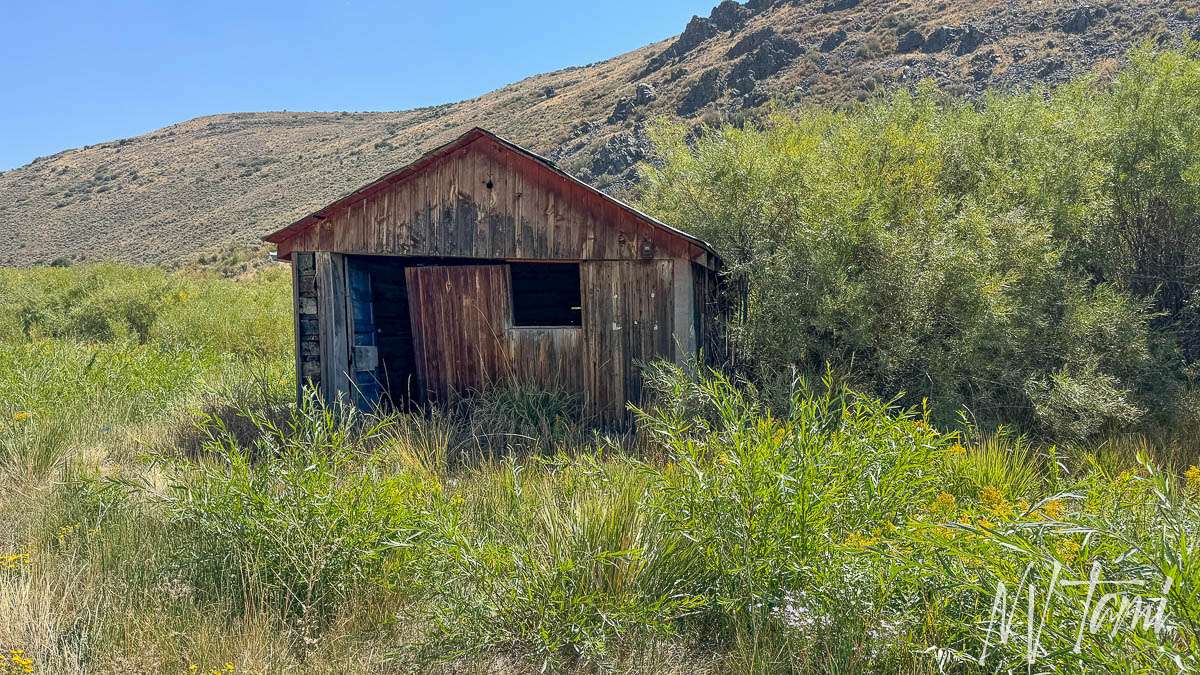
Rio Tinto
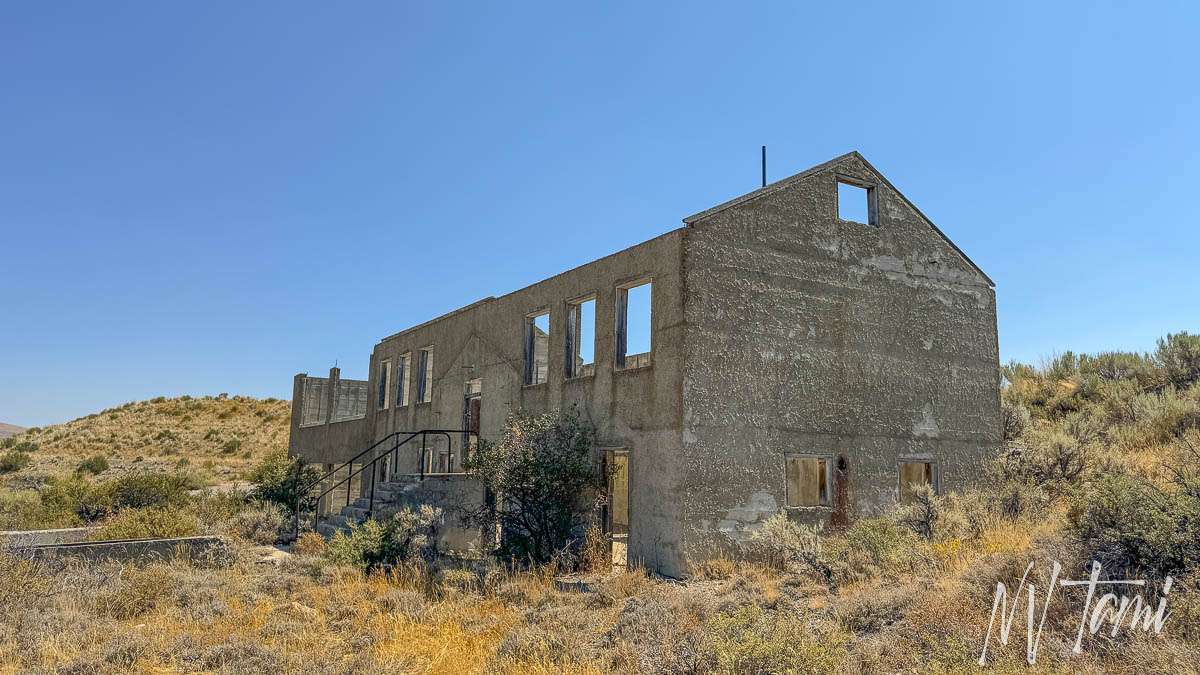
After a decade pf prospecting, Frank Hunt discovered a copper vein in 1931. The Mountian City Copper Company, purchased the rights. They developed the claim and mill. They built a company town that included housing, schools, a recreation center, a theater, and modern amenities.
The veins played out in 1947, and the town was abandoned.
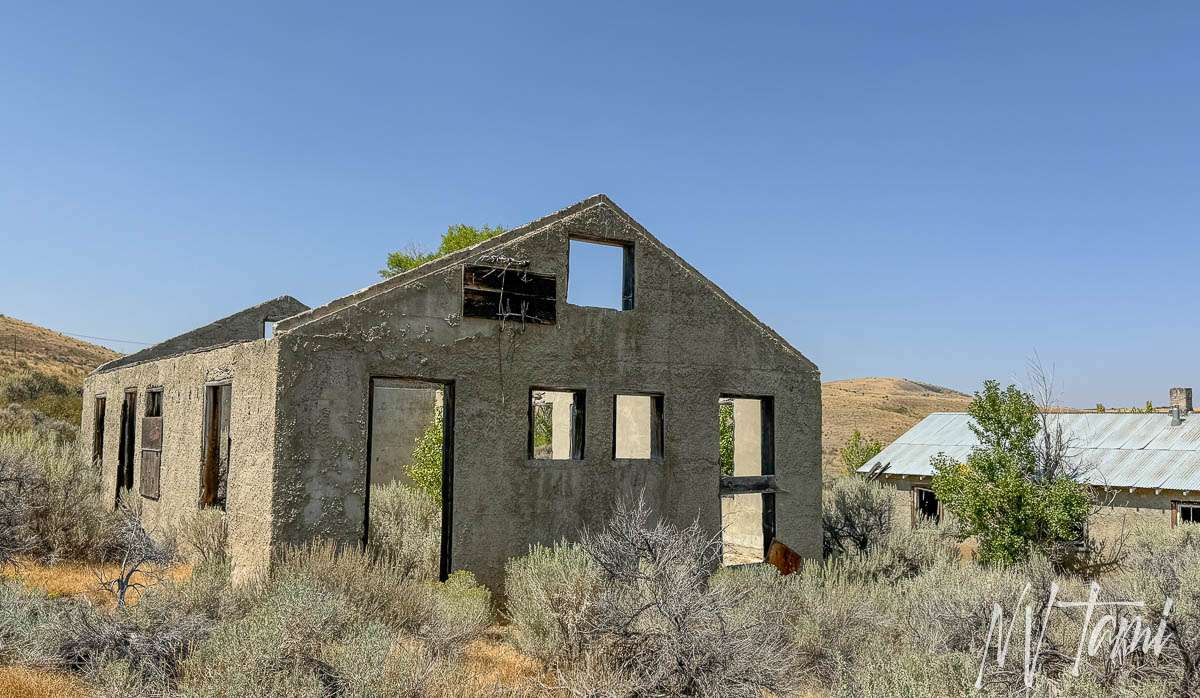
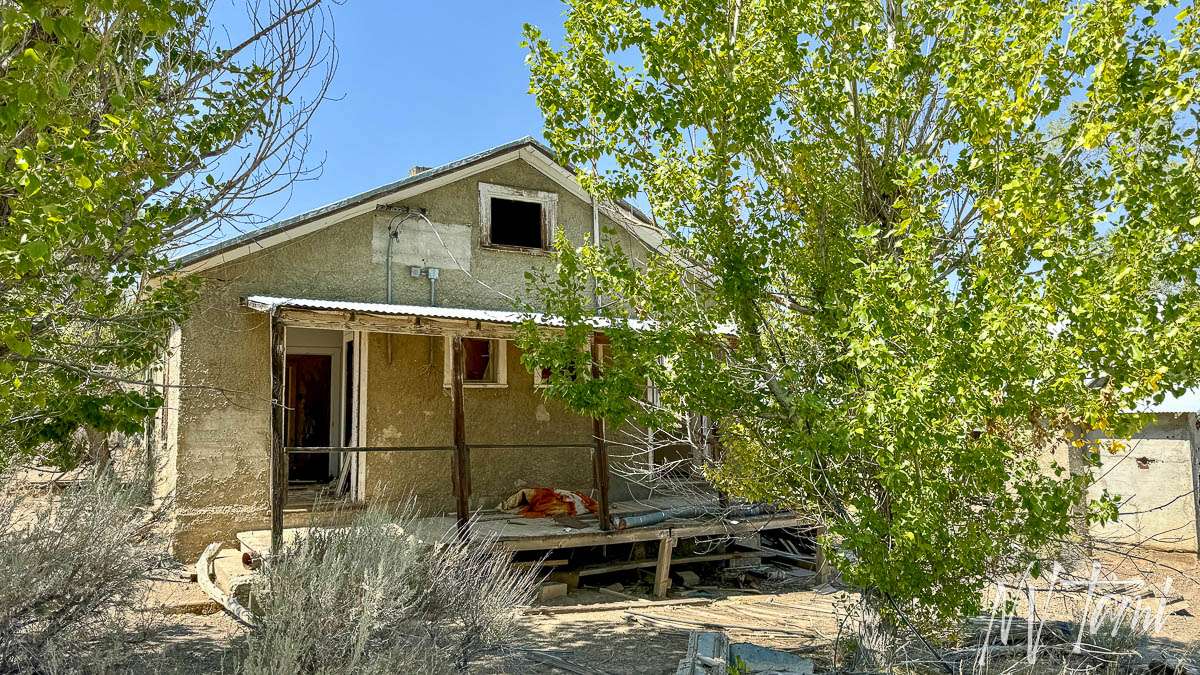
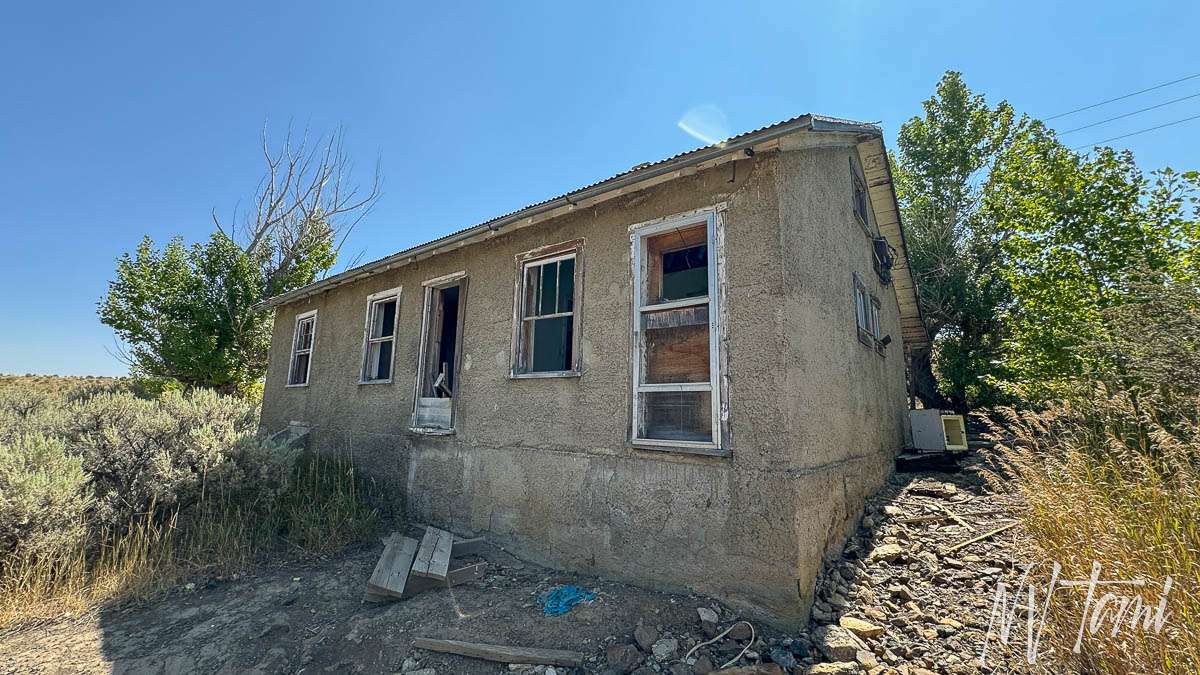
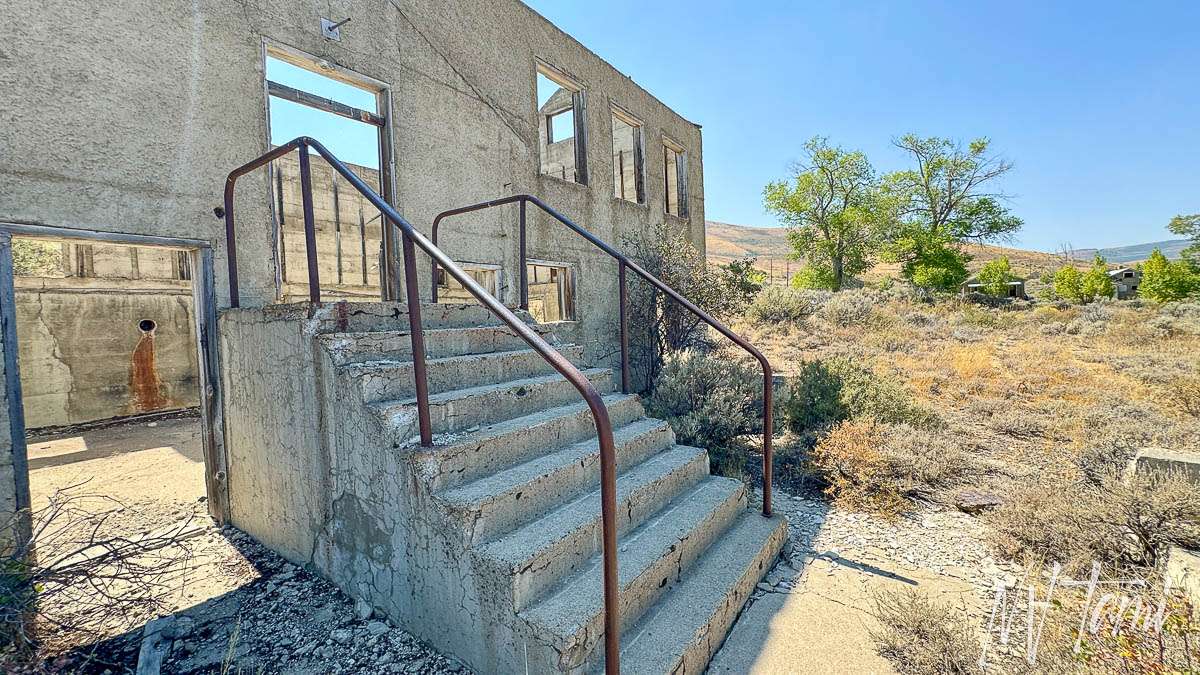
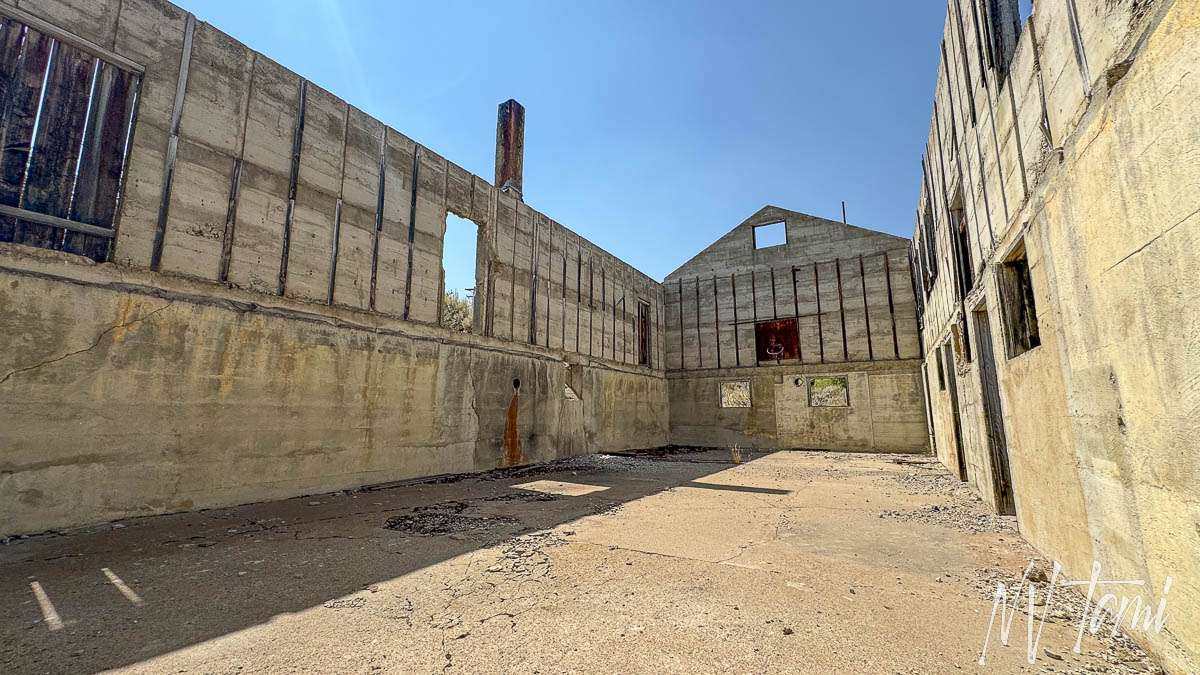
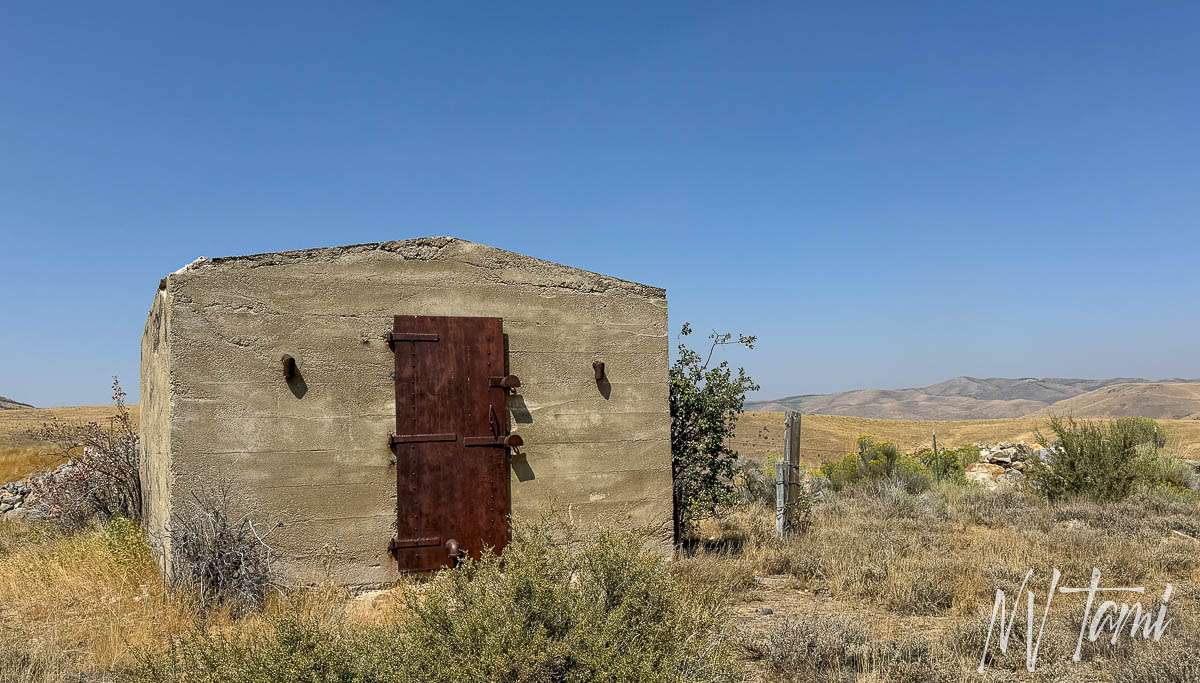
Mountain City
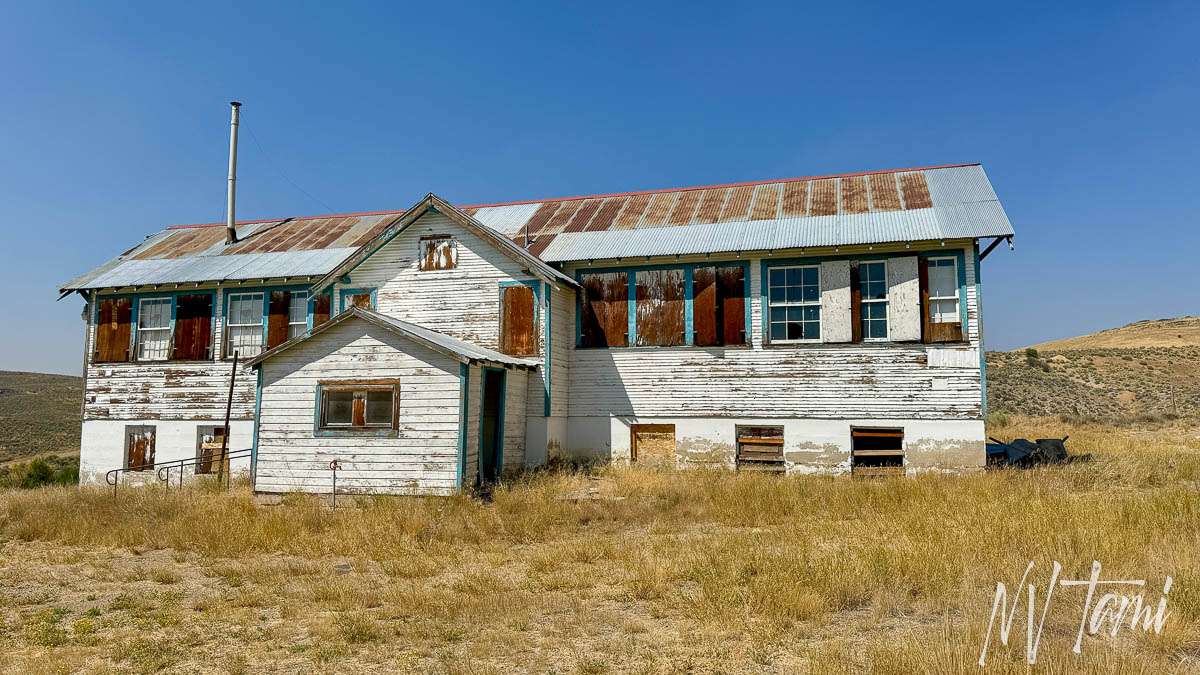
Prospectors came to Mountian City following the discovery of gold. A settlement named Cope started but soon changed to Mountian City. The new town had a population of 700 with stores, hotels, restaurants and stages. A post office opened in 1870.
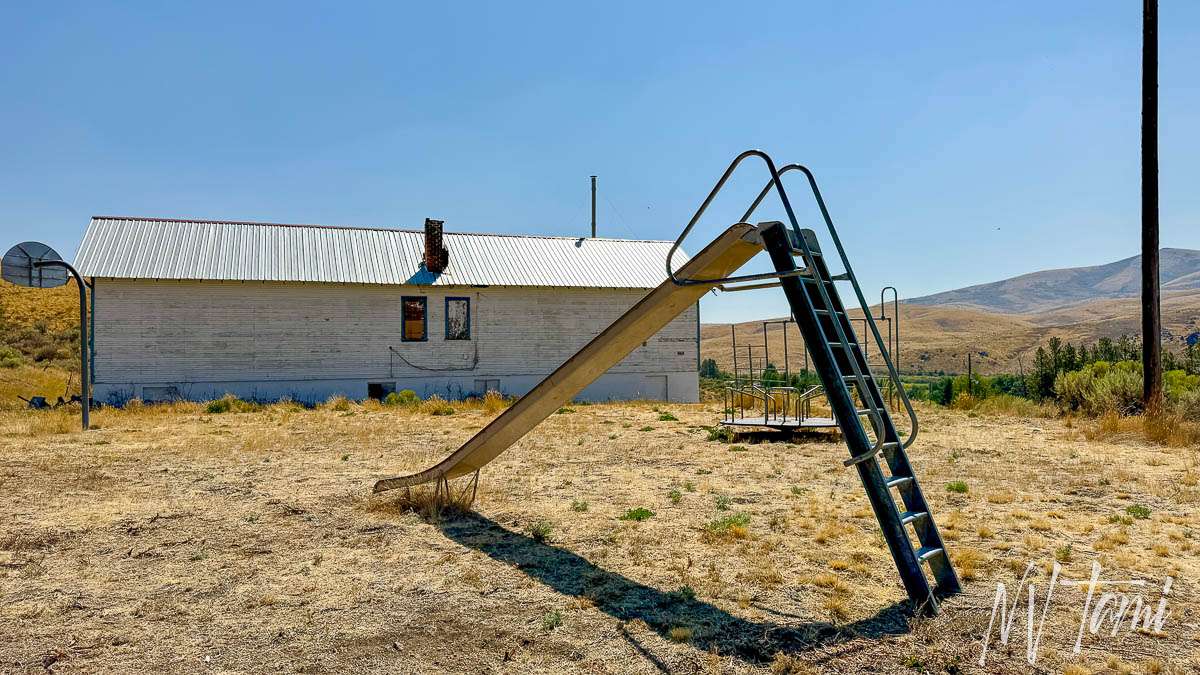
The rush didn’t last long, but the town hung on depending on ranching and visitors to nearby Wild Horse Reservoir.
Owhyee
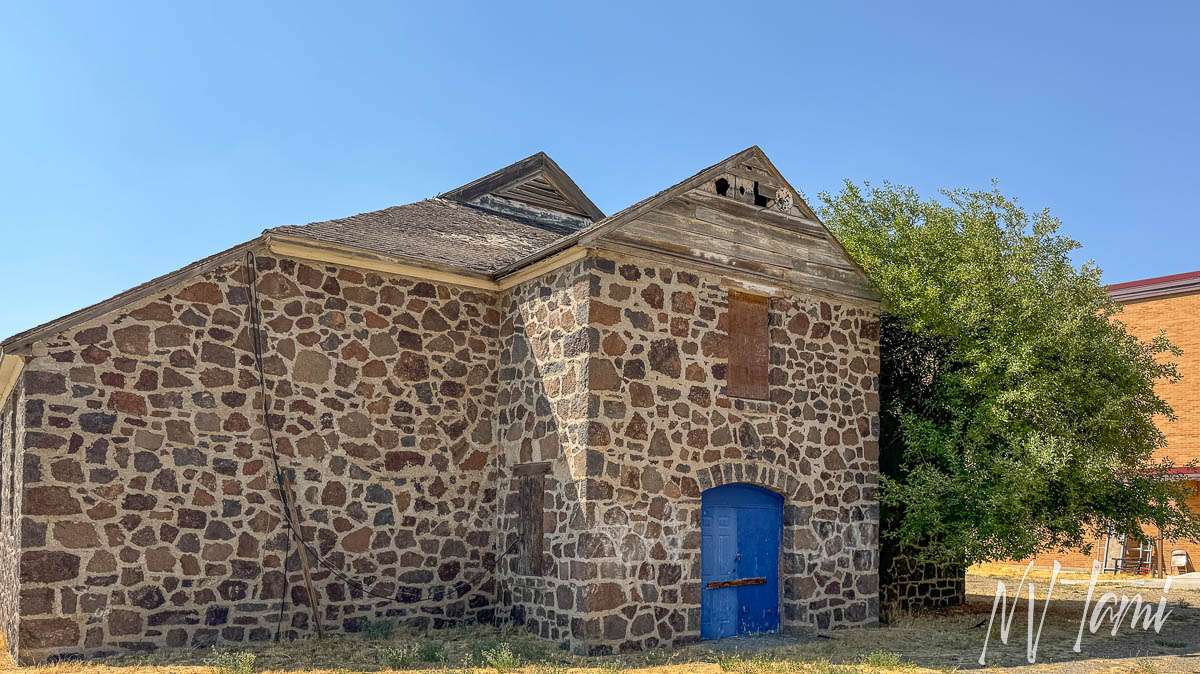
Following a conflict between Native Americans and white settlers, in 1877, President Rutheford Hayes created a Shoshone reservation in Duck Valley. Multiple issues occurred, including the misappropriation of funds by a corrupt agent and the desire to force tribal members to Fort Hall in Idaho.
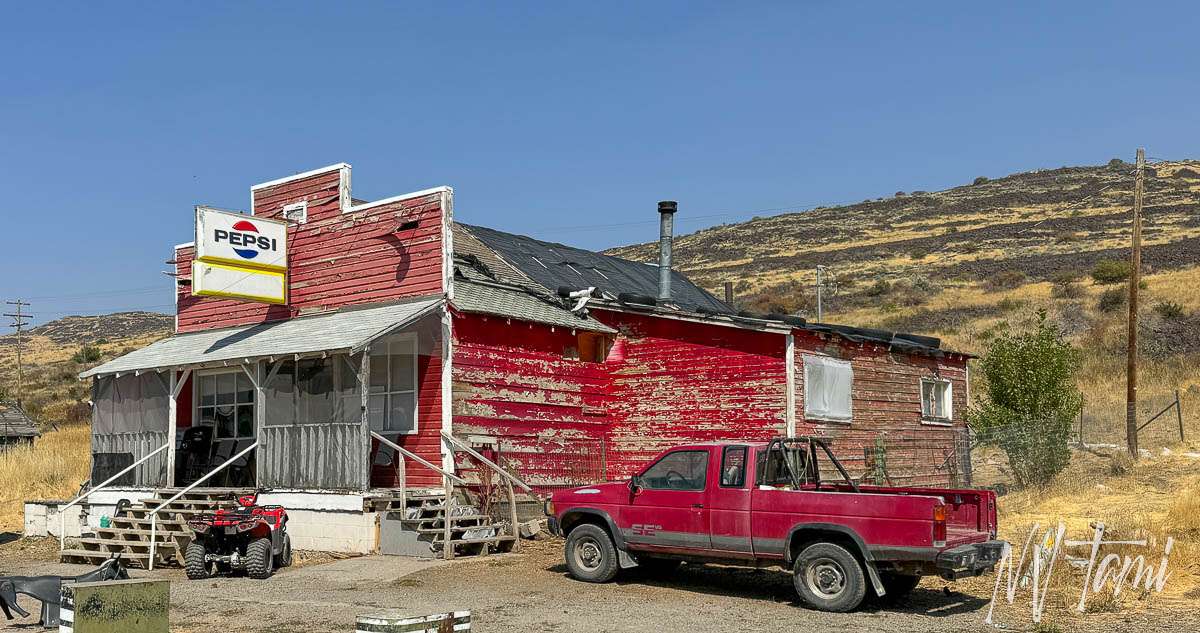
The town of Owhyee grew and included a school and stage for Elko. In the 1930s, new buildings were built in Owhyee using native stone. Owhyee remains a small community service for local ranchers and travelers.
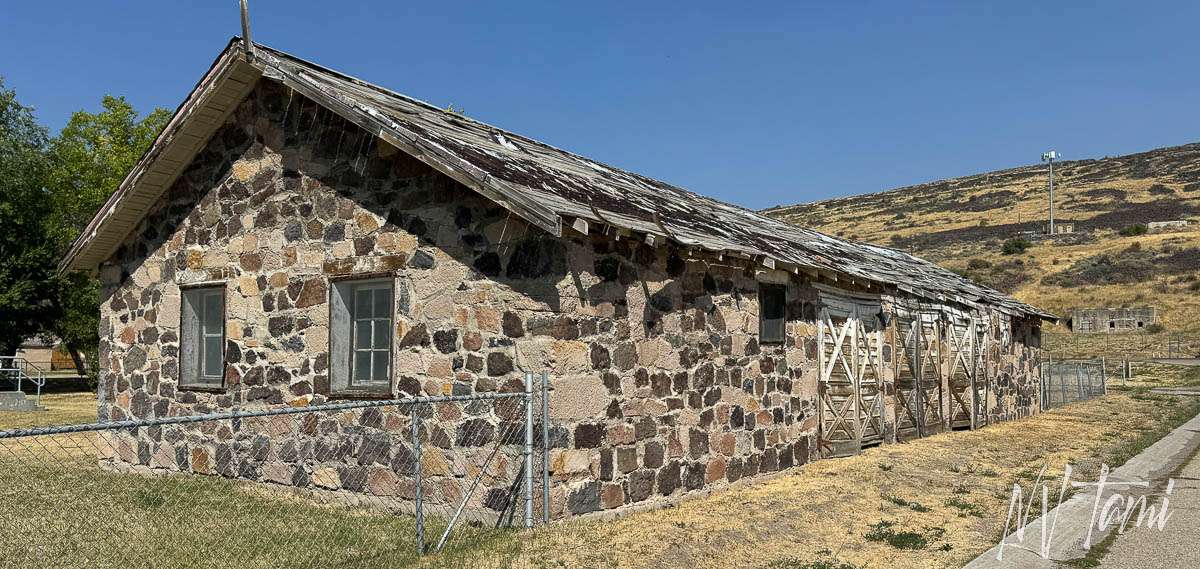
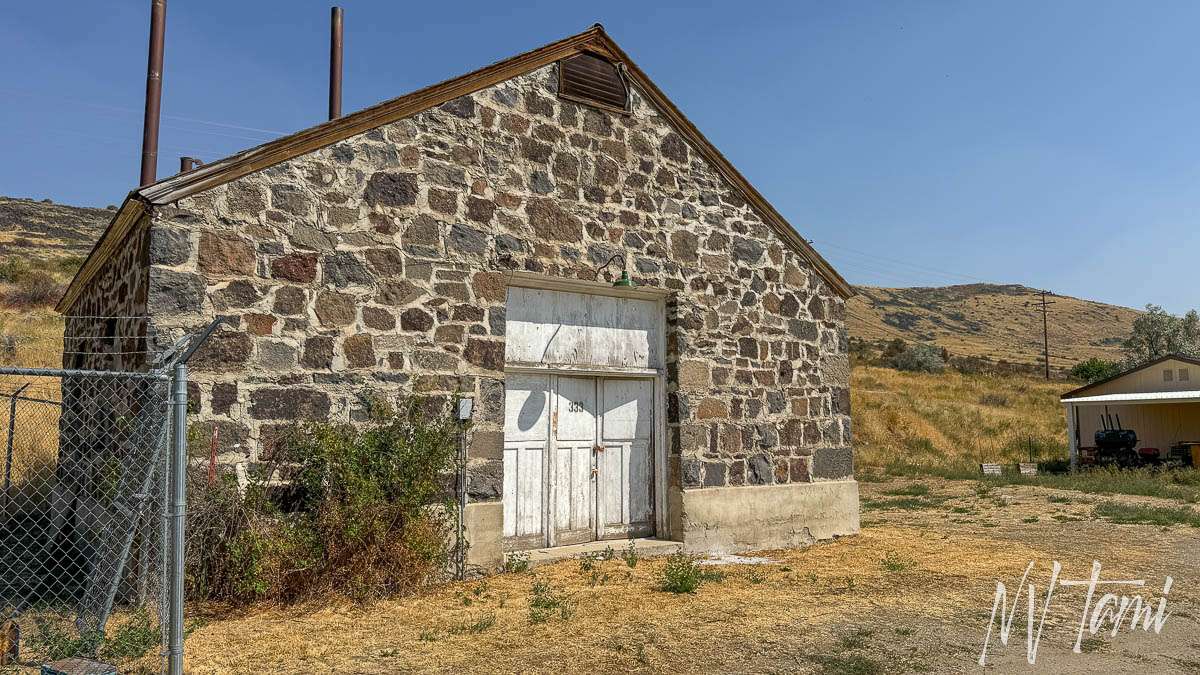
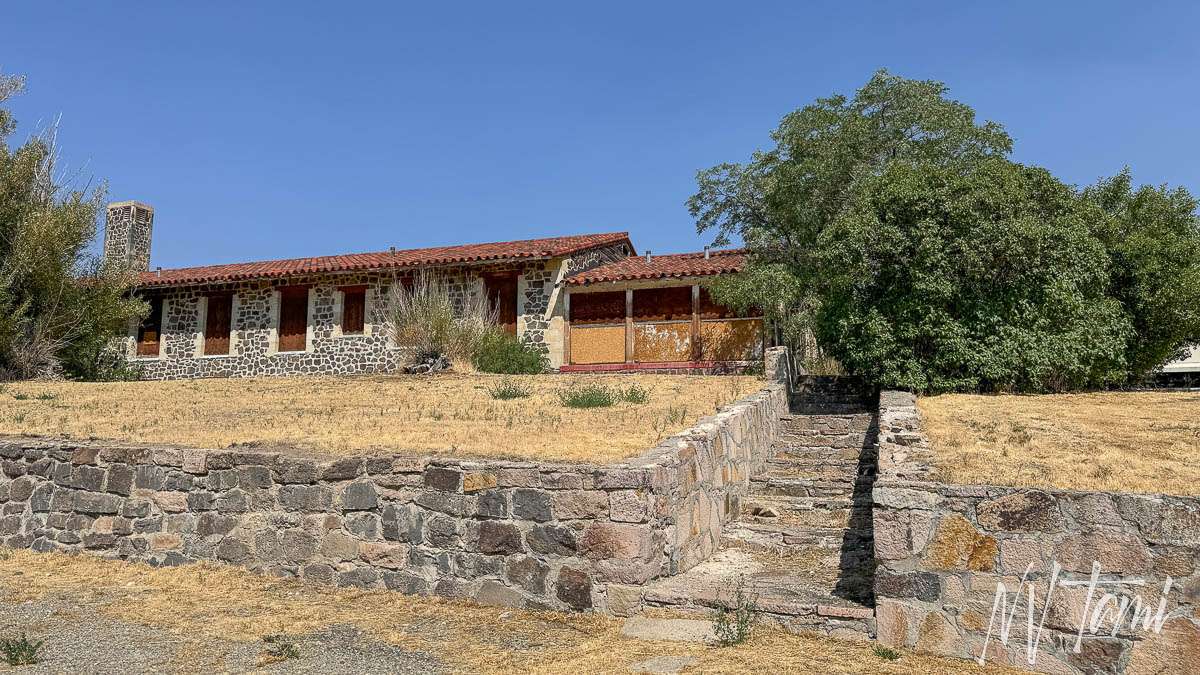
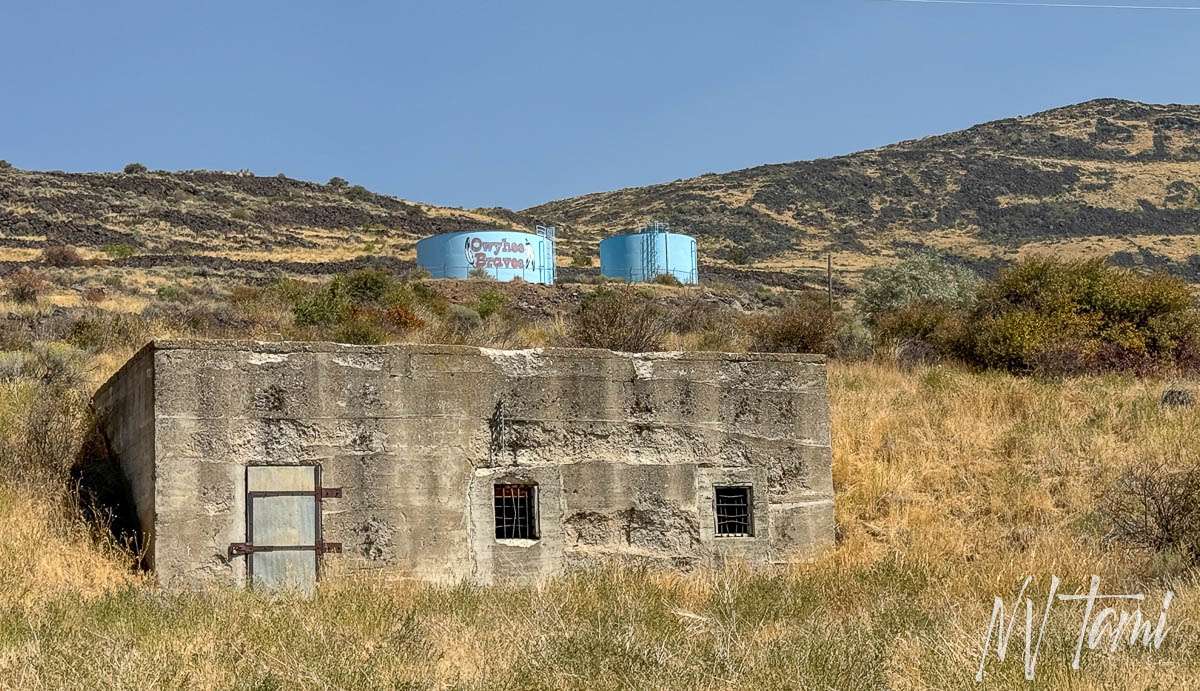
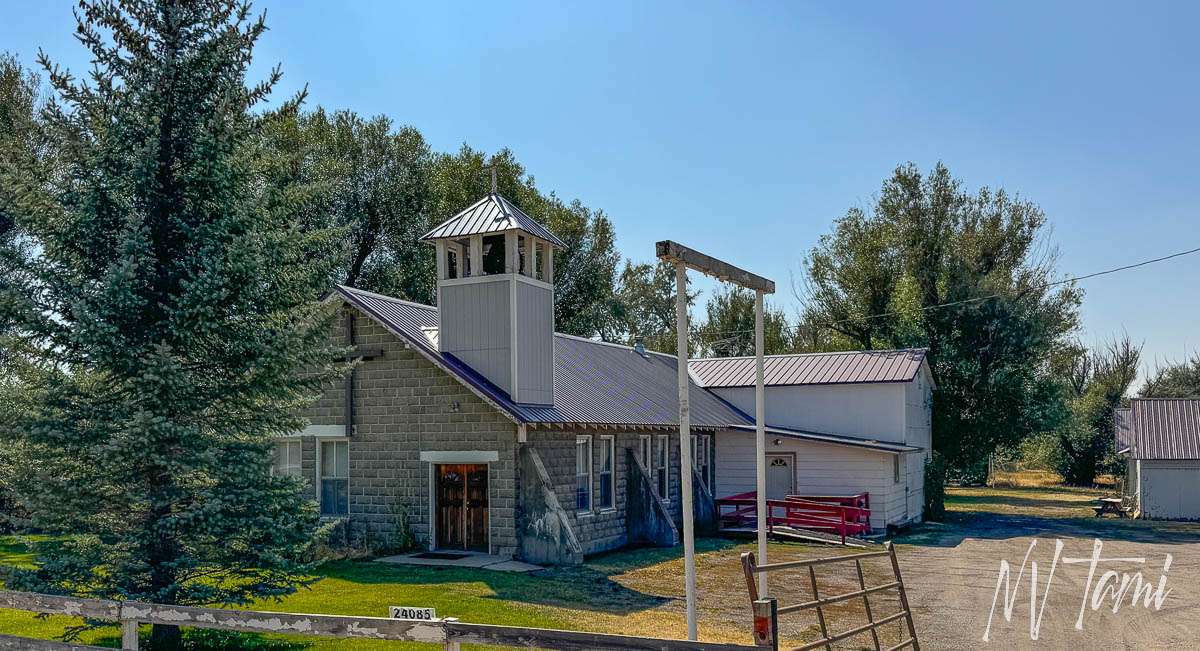
Chinatown/Big Dick Cemetery
Looking for the Chinatown Cemetery out of Owhyee, we found it was the same as Big Dick Cemetery. Get your mind out of the gutter! The cemetery is named after Big Dick.
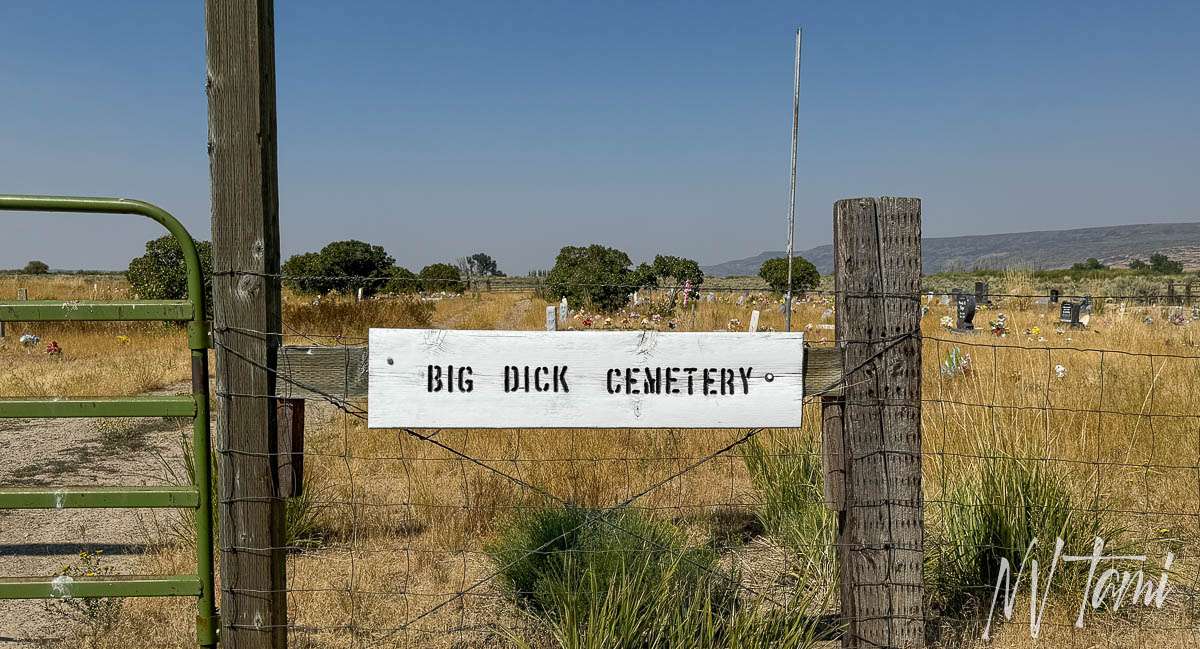
Excelsior
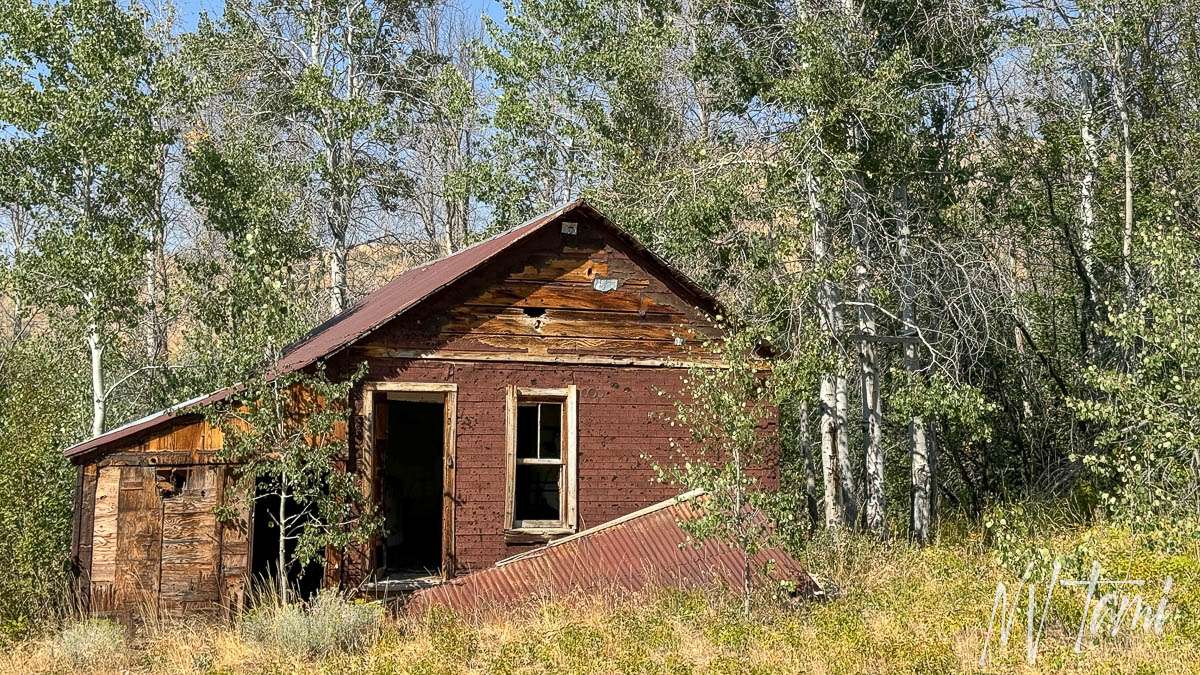
Mining in the Cope District started in 1868, followed by the Murray District. Excelsior became one of the area’s largest producers. At the peak, 20 men lived at the mine. It had a post office for only a year between 1871-2. The mine closed in 1873, and Excelsior became a ghost town.
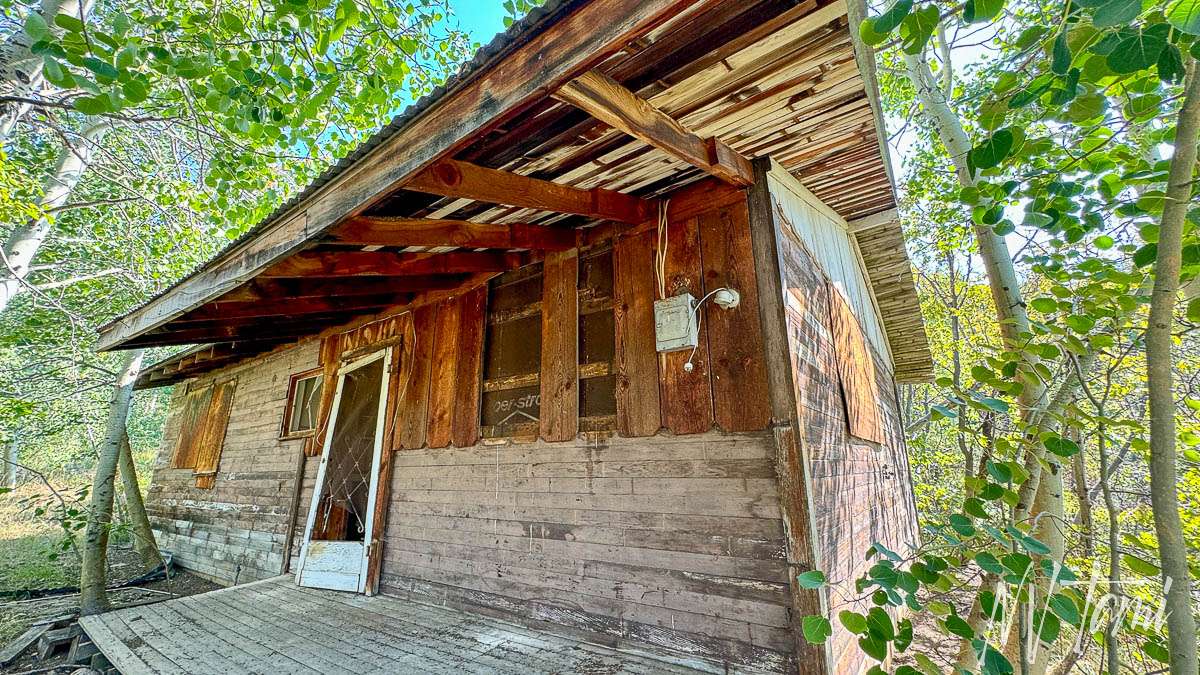
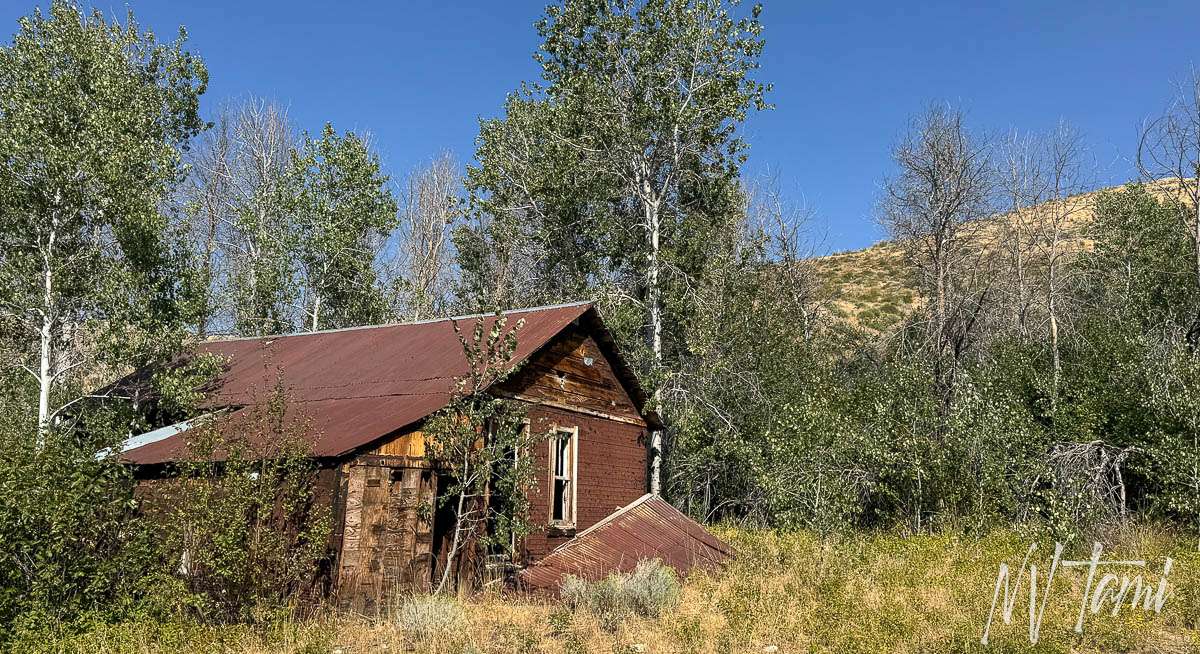
Edgemont
We tried for Edgemont, but there isn’t access without a crazy hike. I will keep it on my list for another trip.
Aura
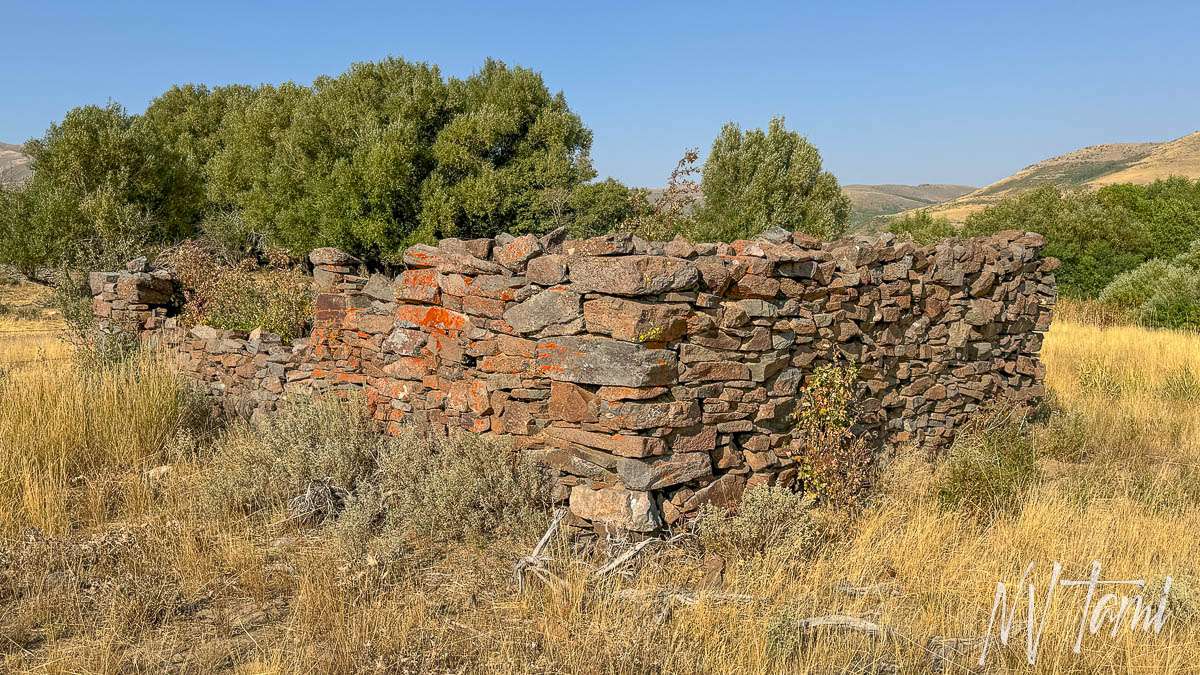
The tow of Aura was planned in 1906. The site was ideal on the road between Mountian City and the mines in Blue Jacket Canyon. Aura served as a regional center for mines in the area, and a post office opened in 1906. Town included stores, boarding houses, a school and, of course saloons.
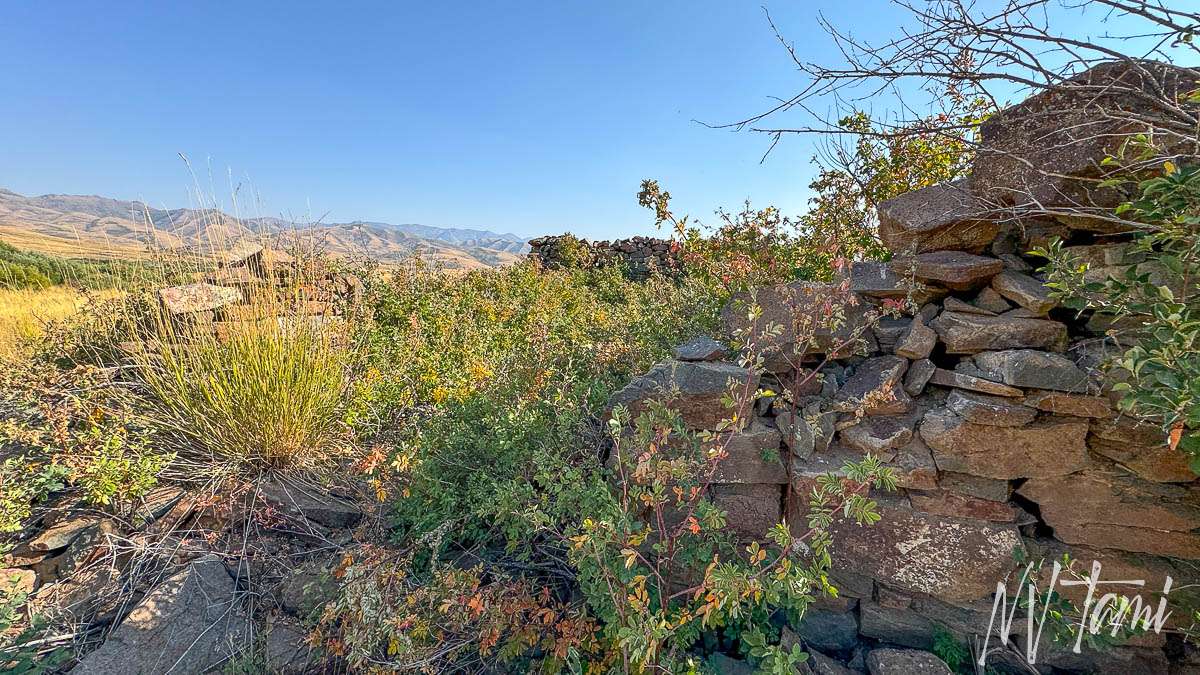
Dependent on mining, Aura’s post office closed in 1921.
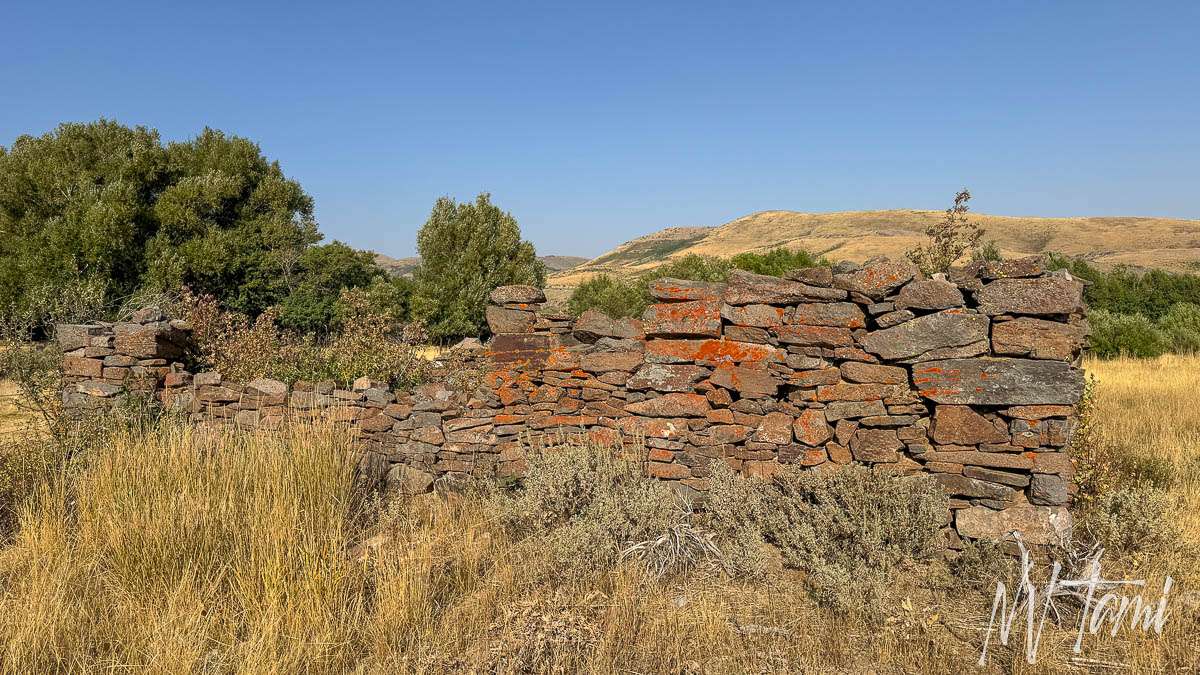
Lee
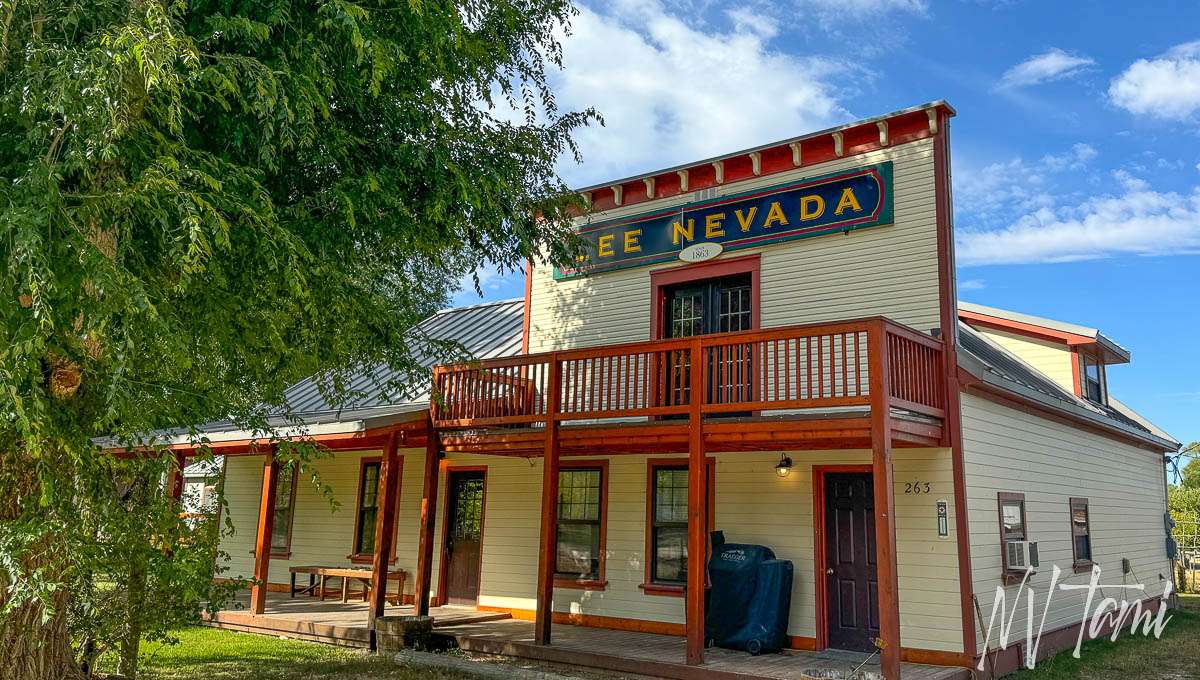
In 1869, Lee was named in honor of Robert E. Lee by a settler from Maine. An agricultural community slowly grew and the town developed with the Eureka Flour Mill Company in 1881. The first school was in a dugout room, but a new school was built as the town grew.
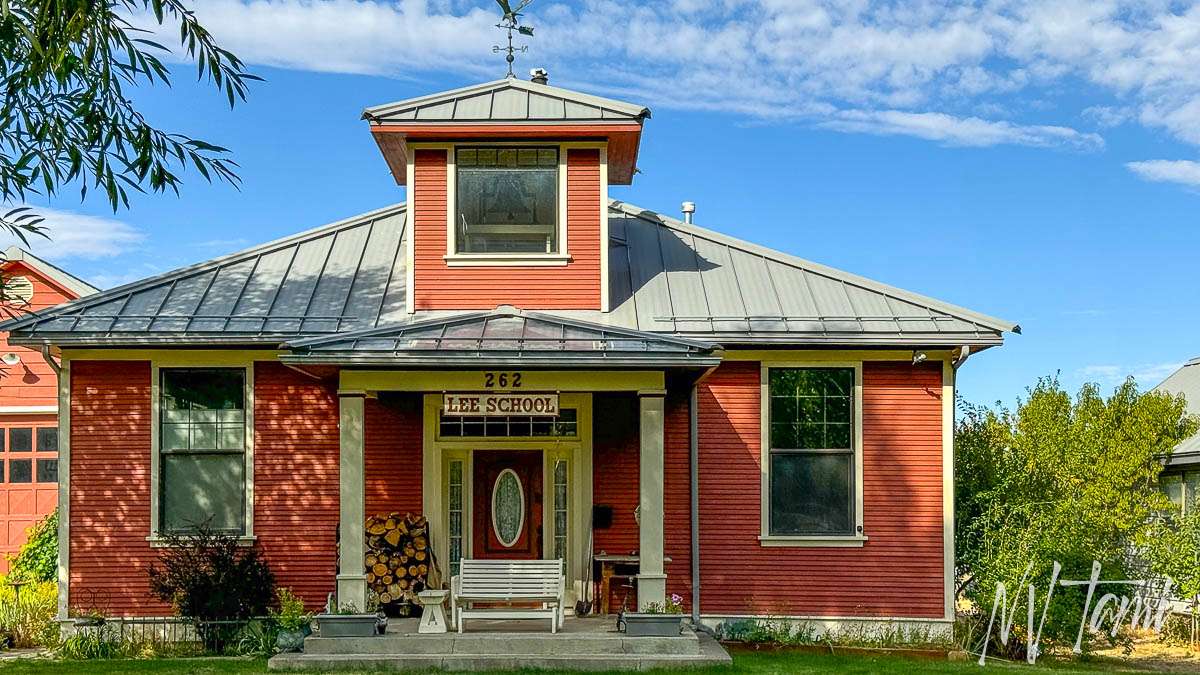
The mill went through several owners. Tragedy struck when one of the owners was killed in a flywheel, followed soon by fire, which destroyed the mill. The mill was rebuilt and used as a dance hall and community center. With WWI, the mill was no longer functional and soon closed. It remained as a recreation hall until it again burned in 1930. A dairy opened in 1910 but didn’t have much better luck. The cows developed tuberculosis, and the rancher had to put them down.
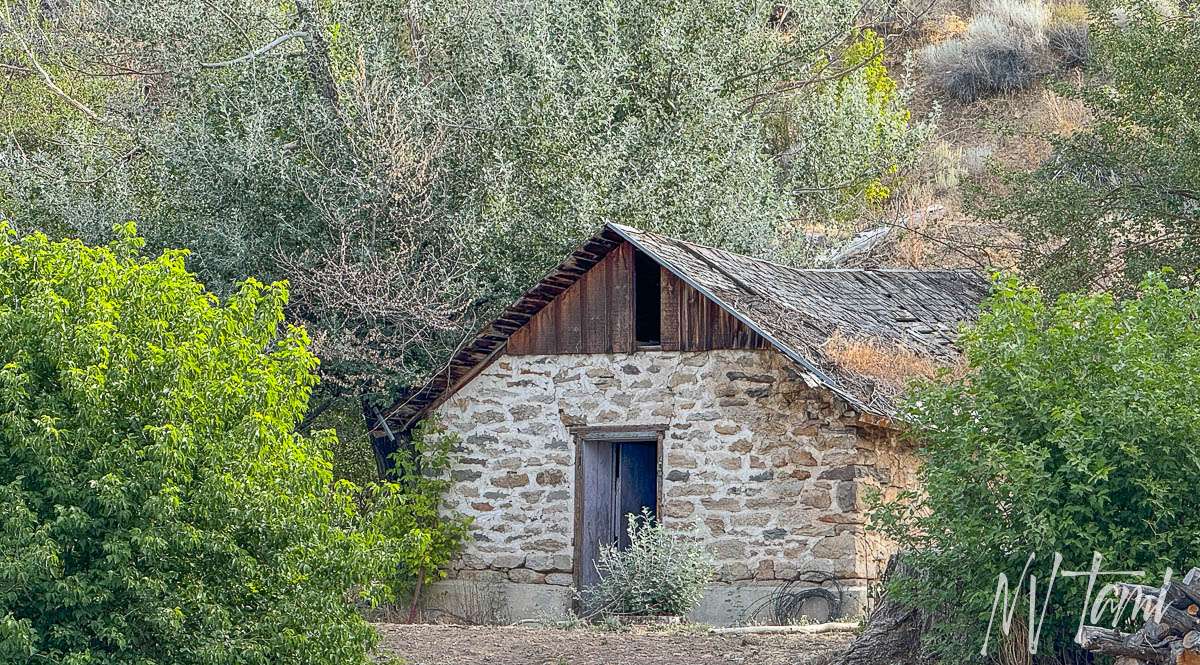
Lee remained the social center for the area’s ranches. Lee continues as a quiet and scenic little town with many buildings restored.
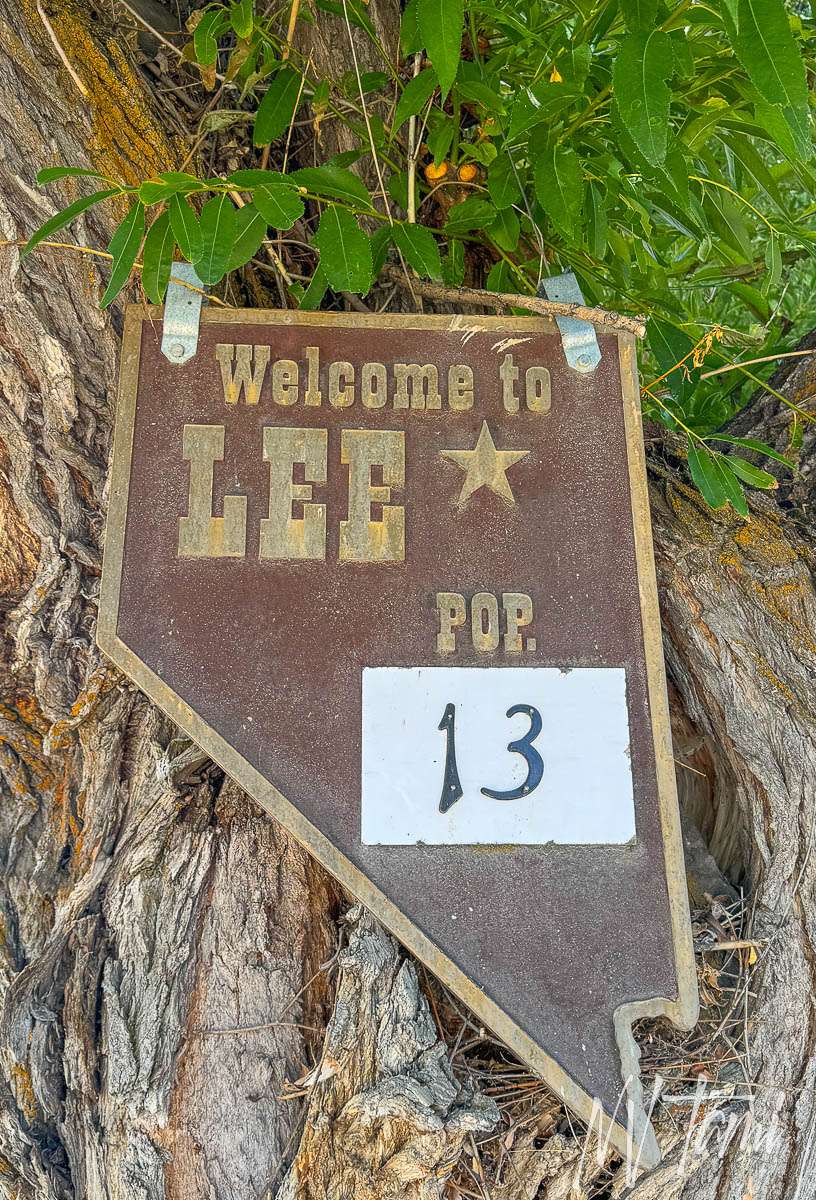

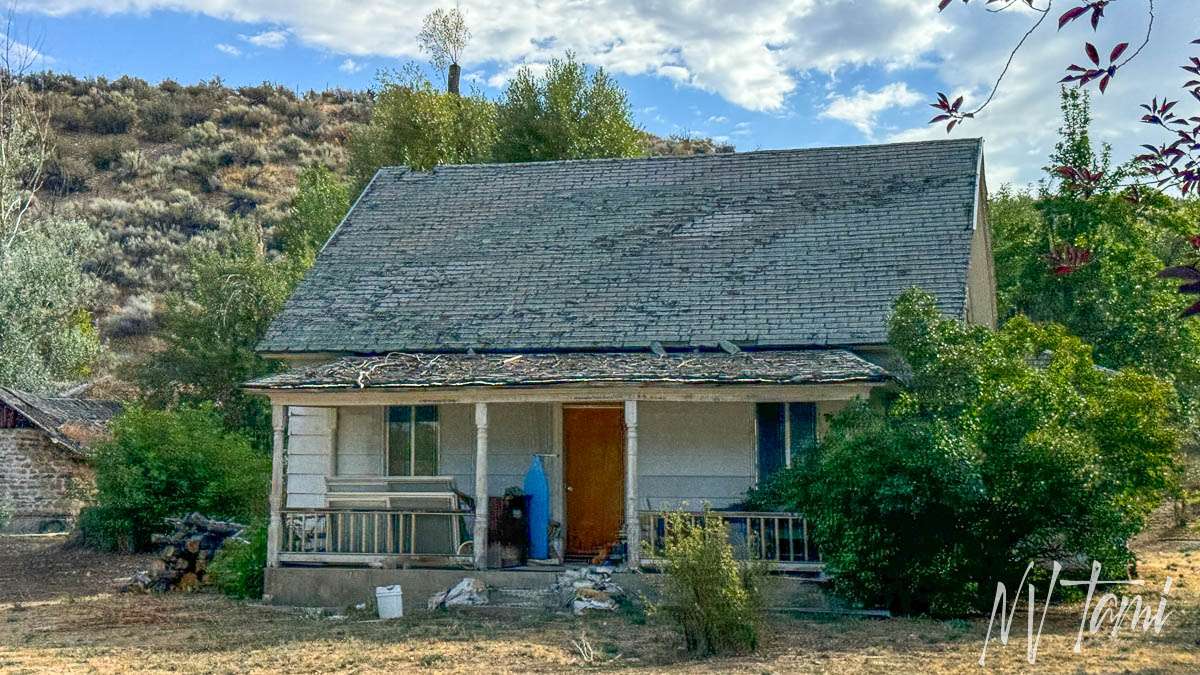
Jiggs
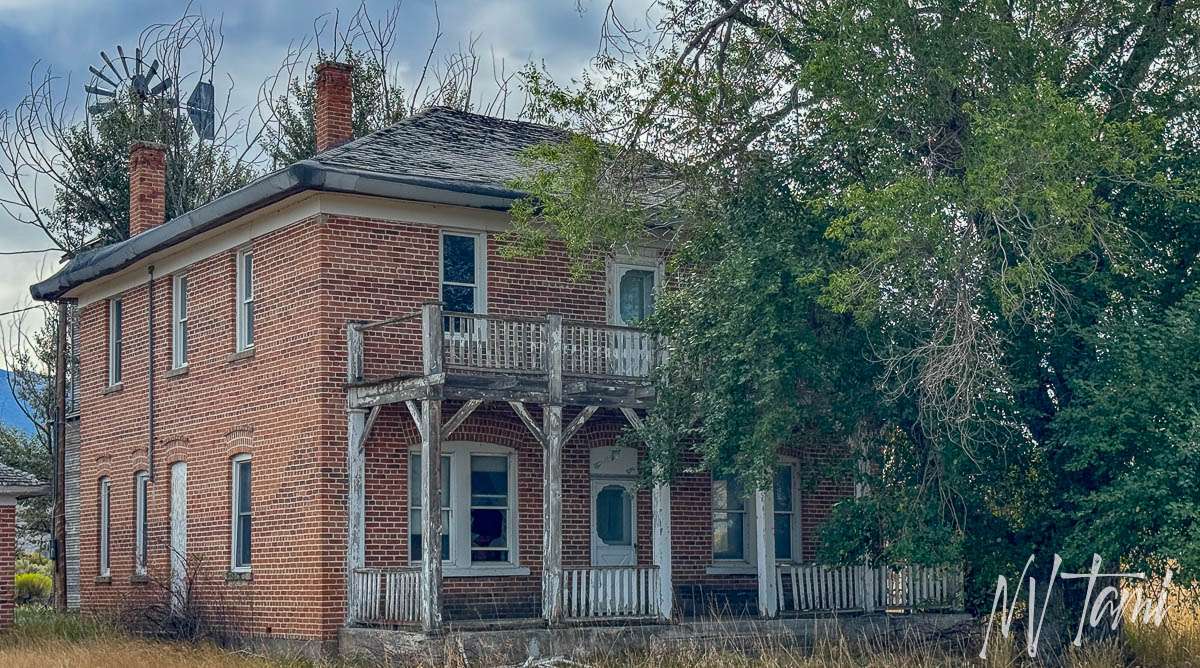
Native Americans settled at this spot to gather pine nuts year-round. Between 1841 and 1851, emigrant wagon trains used the route to reach the South Humboldt River. The site became a supply center for the local ranches.
Jiggs was named after a comic strip character in “Bringing Up Father.” Prior, it went by other names, including Cottonwood, Dry Creek, Mound Valley, Skelton, and Hylton.
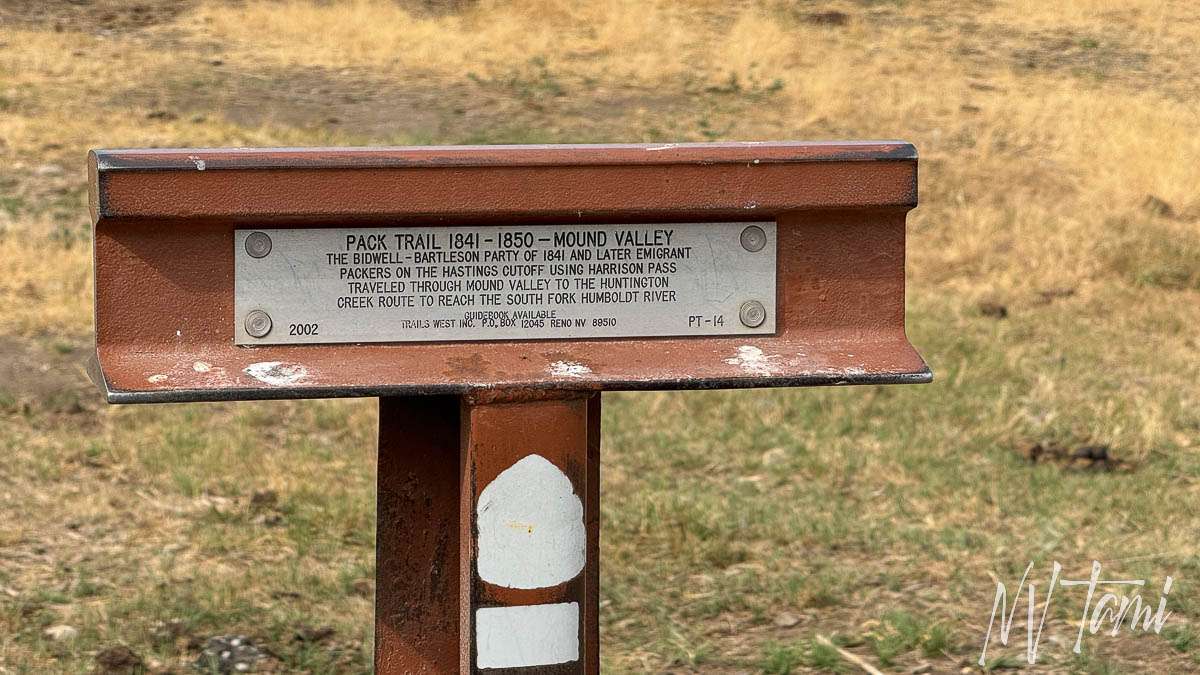
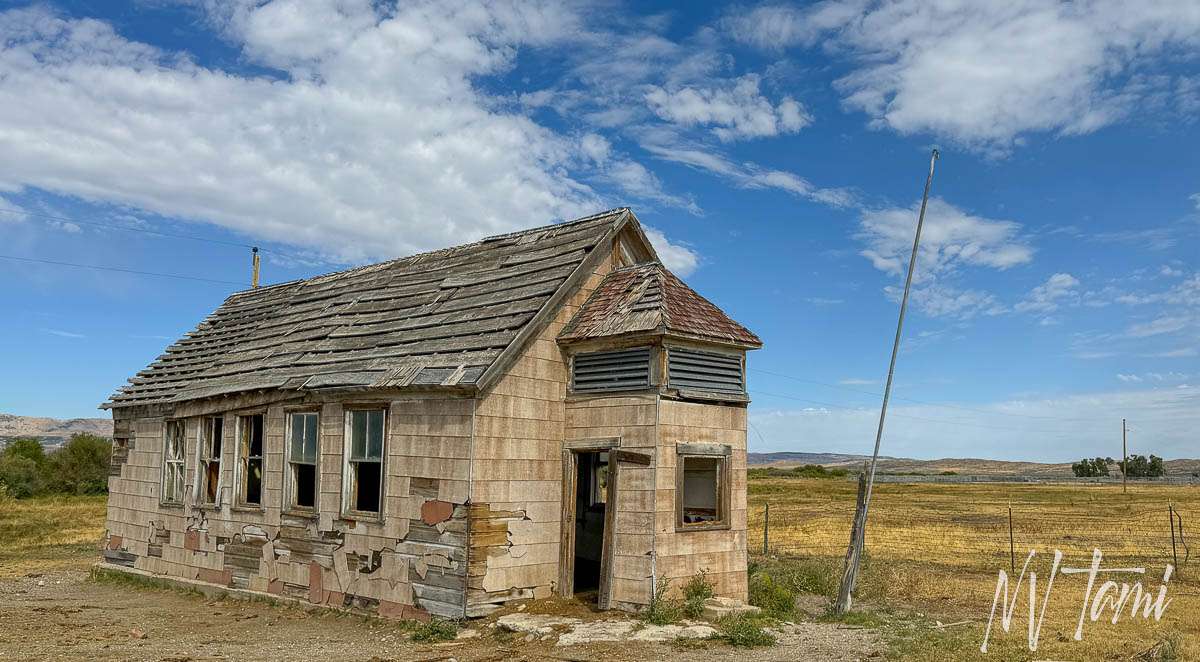
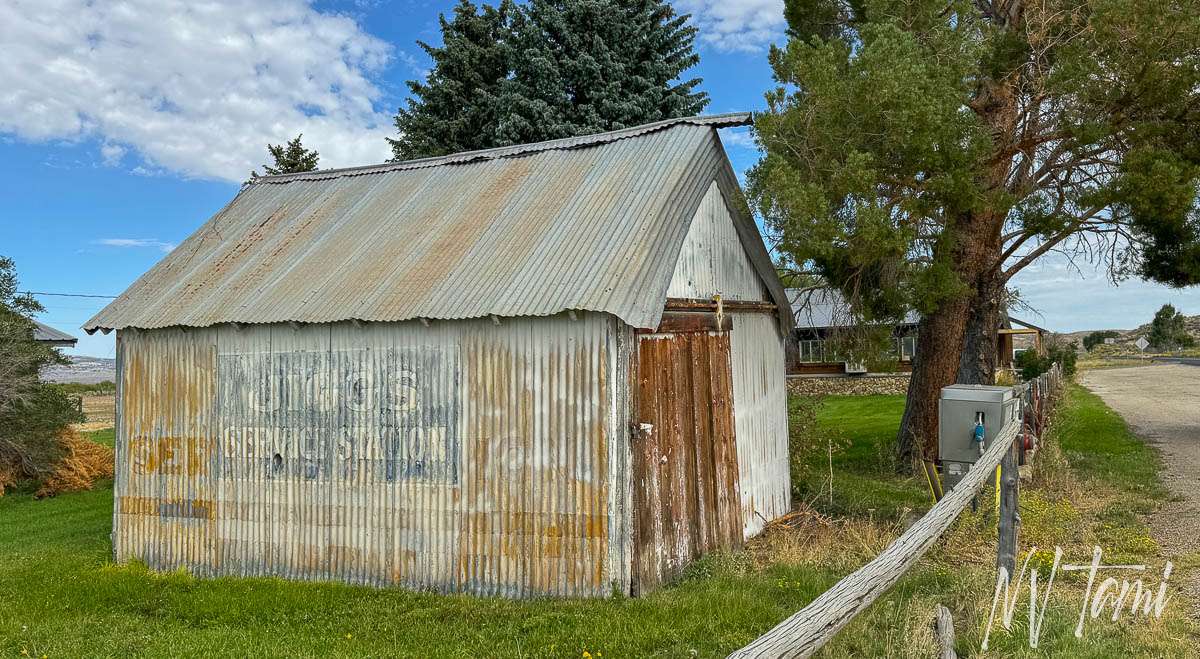
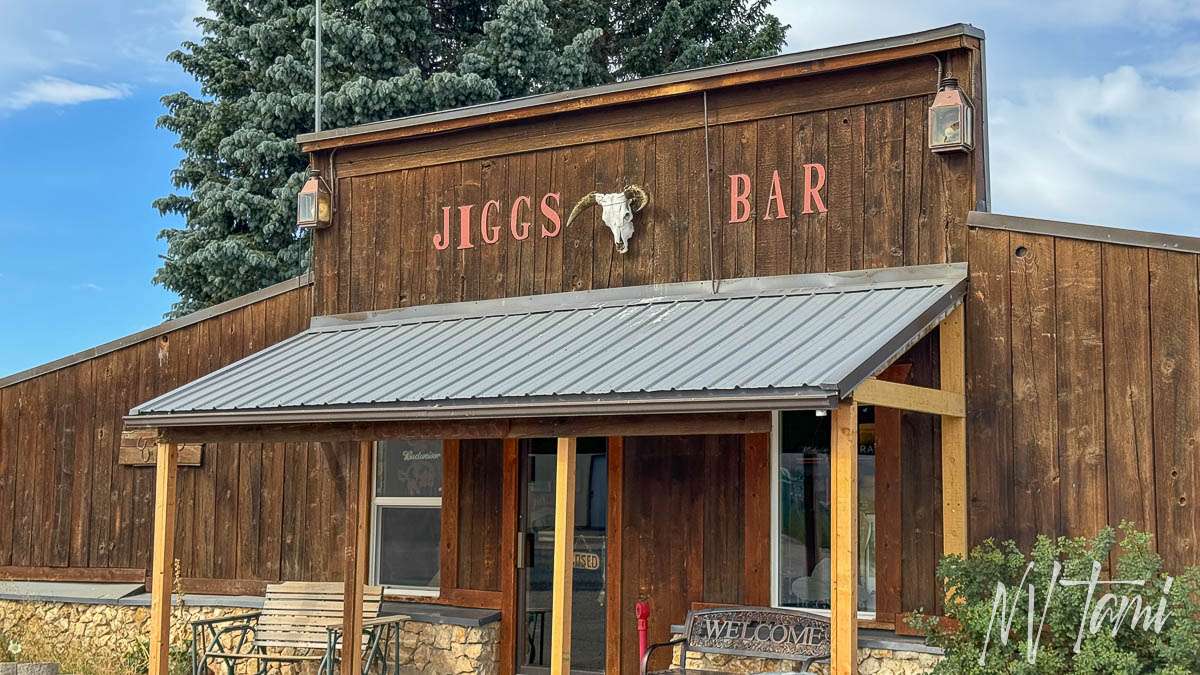
Deeth
The history of the semi-ghost town of Deeth spans Native Americans, emigrant wagon trains, the Transcontinental Railroad, and Nevada’s early settlement. Home of Nevada’s second Governor, “Old Broadhorns,” the town once was a hub of activity, including an orchestra and opera house. The town was even known for some theatrics, such as when a group of cowpunchers put on an impromptu Old West performance for a train of unsuspecting greenhorns.

Now a ranching community, during the Cold War, B-52s and B-47s flew over Deeth twenty hours a day, “radar bombing” the community. The men stationed at Deeth enjoyed the outdoors but found one surprising negative to rural living.
Starr Valley
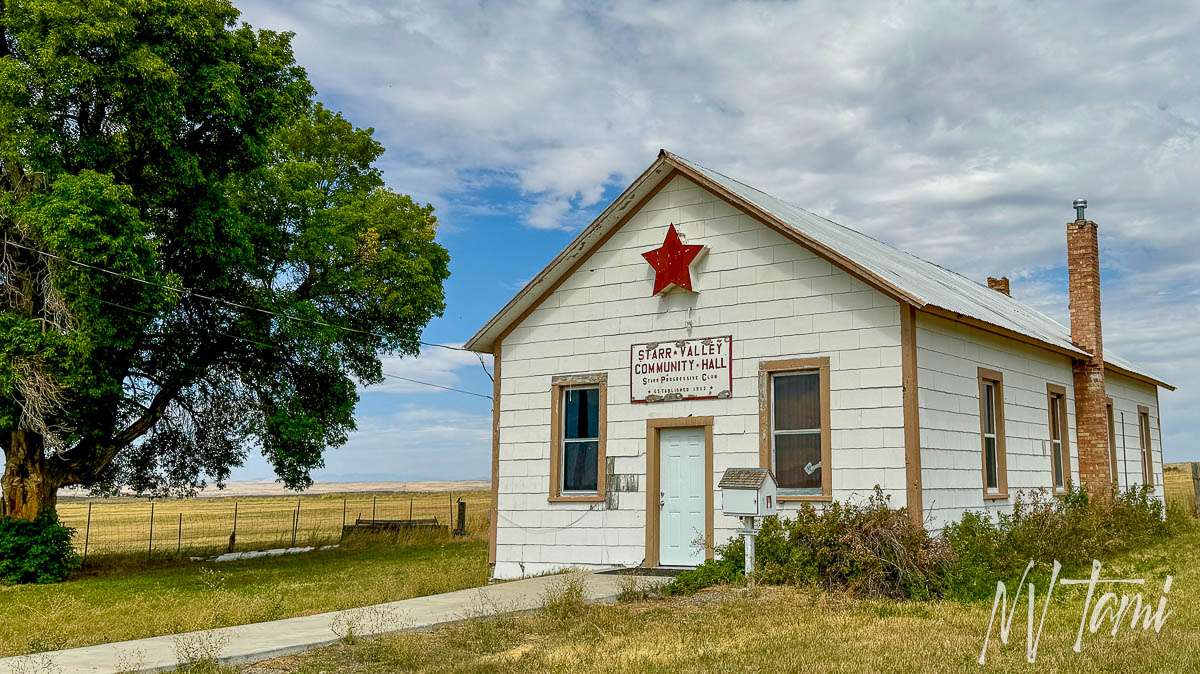
Lieutenant Augustus Washington Starr was the first non-native settler in the valley, which was named after him. He had served at Fort Halleck and decided to stay in the area when he was discharged in the late 1860s. Starr Valley remains a scenic ranching community with a community hall, church and the only churchyard cemetery in Nevada.
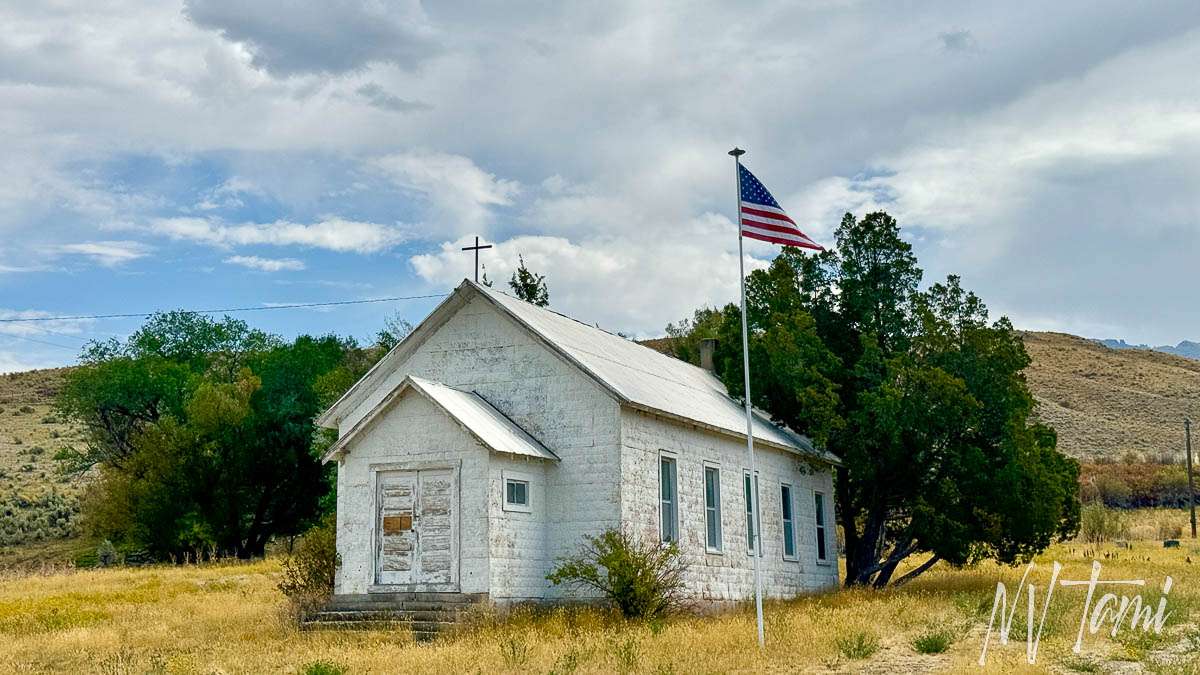
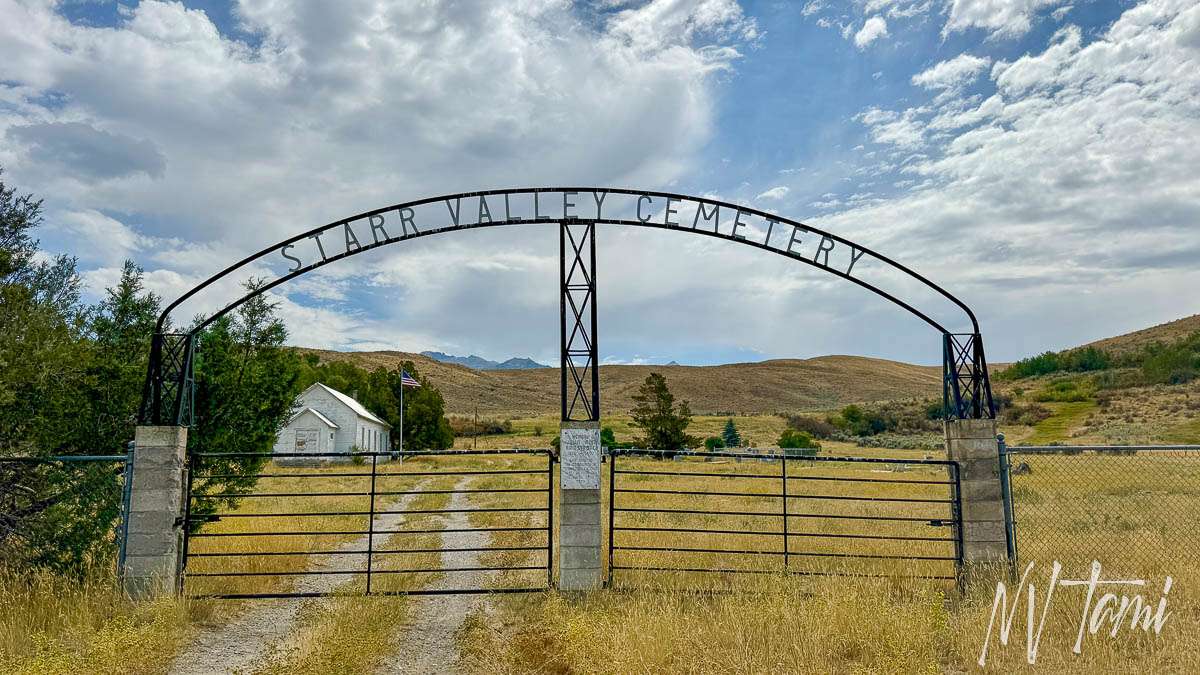
Metropolis
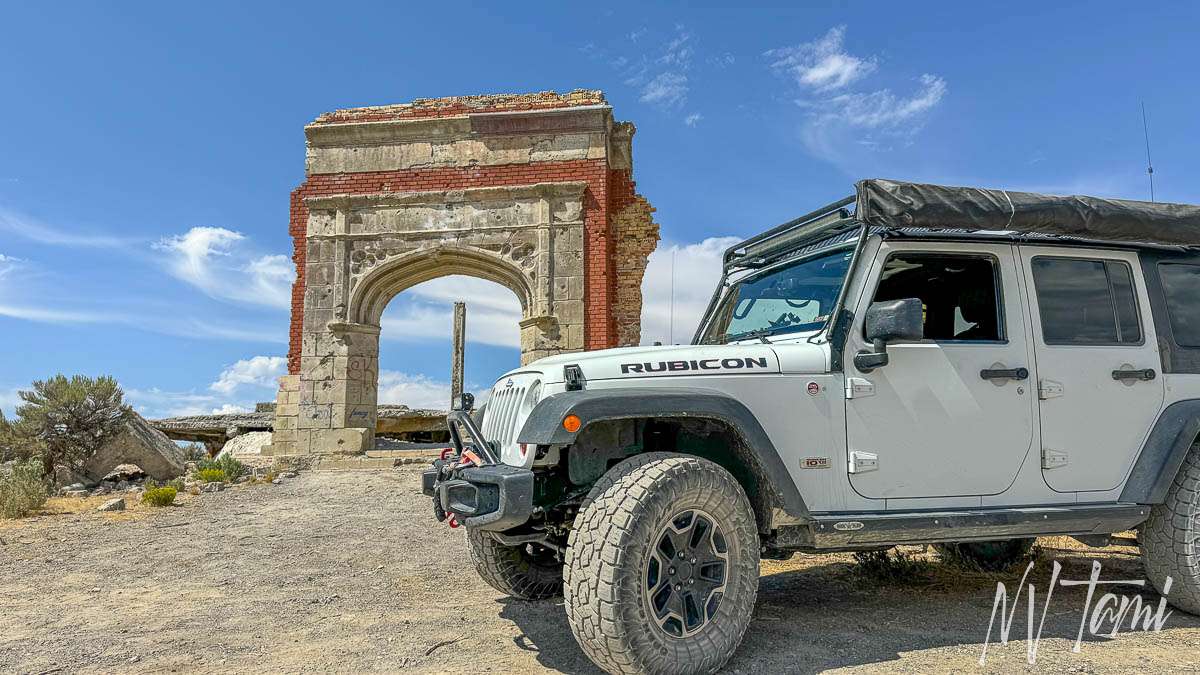
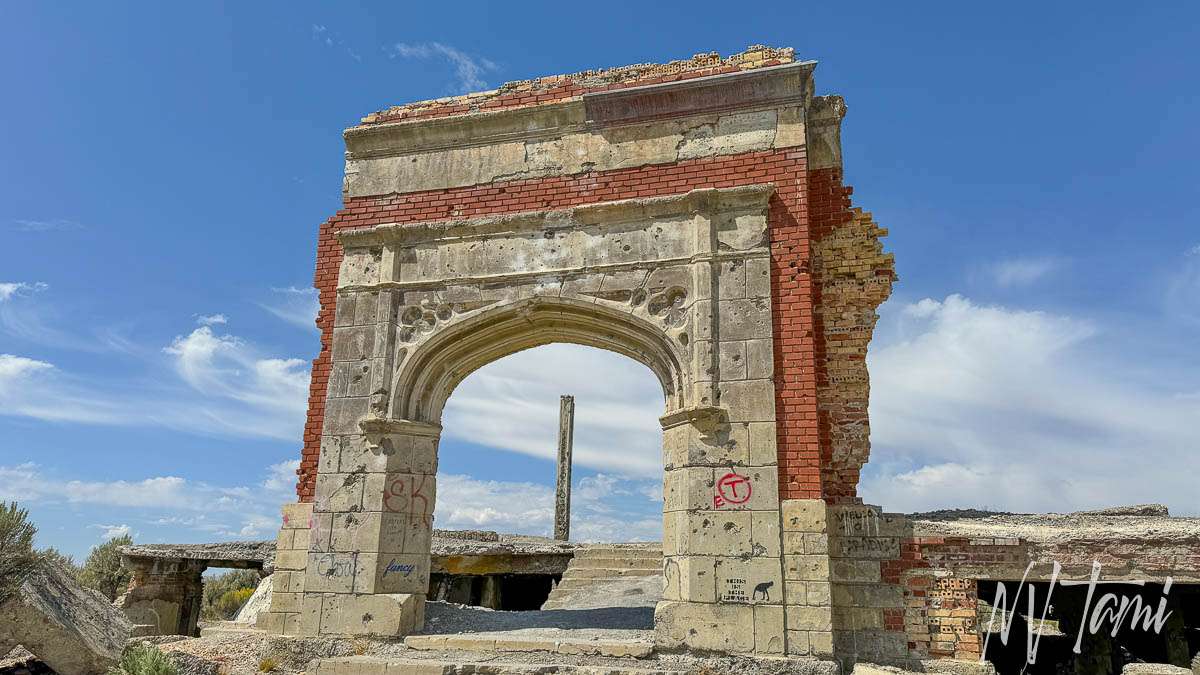
Metropolis is one of Nevada’s more scenic ghost towns. It has been high on my list to visit, so it was a must-do on my birthday trip over Labor Day.
The ghost town is easy to reach, but the dam was an adventure! A section of the road is torn up, muddy and off-camber before the hot springs. I made it but later learned that many people aren’t so fortunate and require recovery.
The Pacific Reclamation Company planned the town of Metropolis to include farmland and a population of 7,500. They believed the location near the headwaters of the Humboldt would provide adequate water. Metropolis included a 3-story hotel, school, sidewalks and fire hydrants.
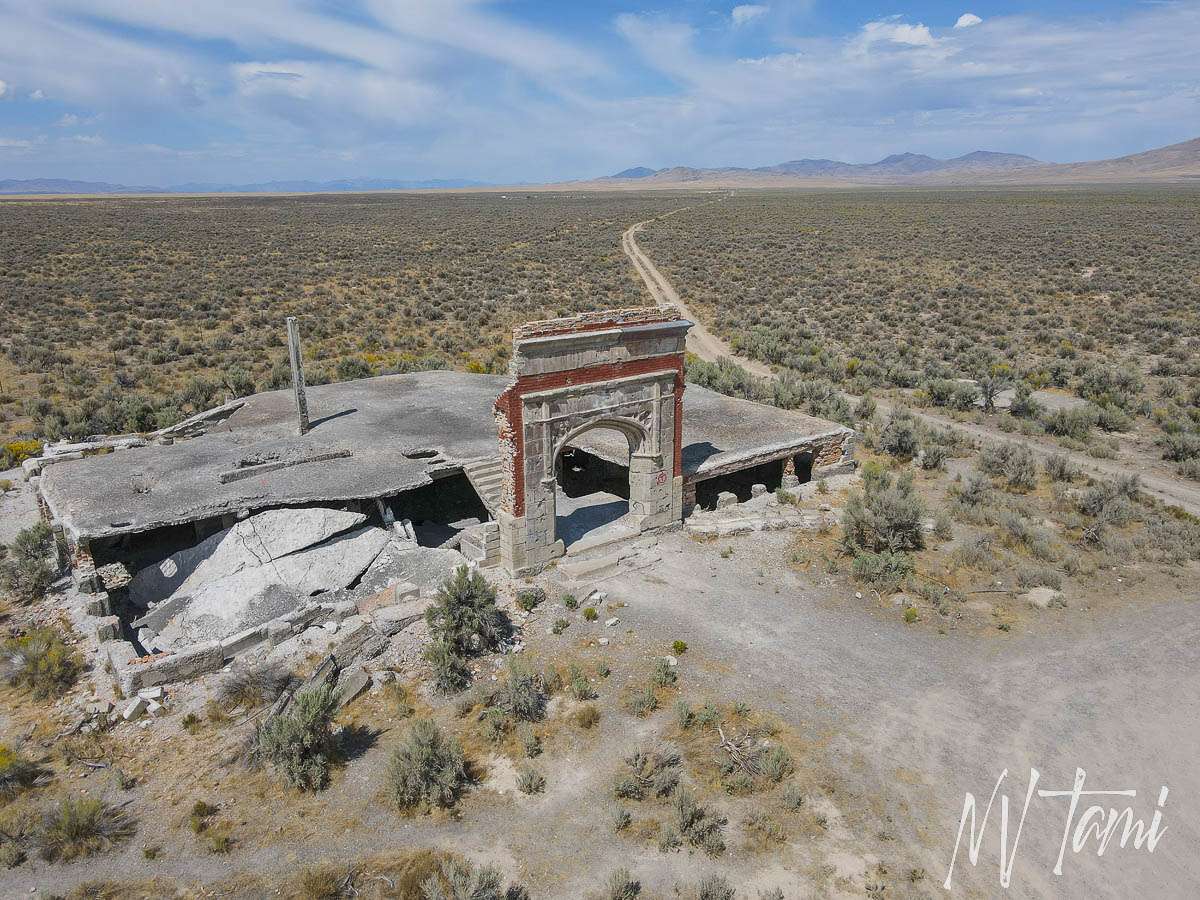
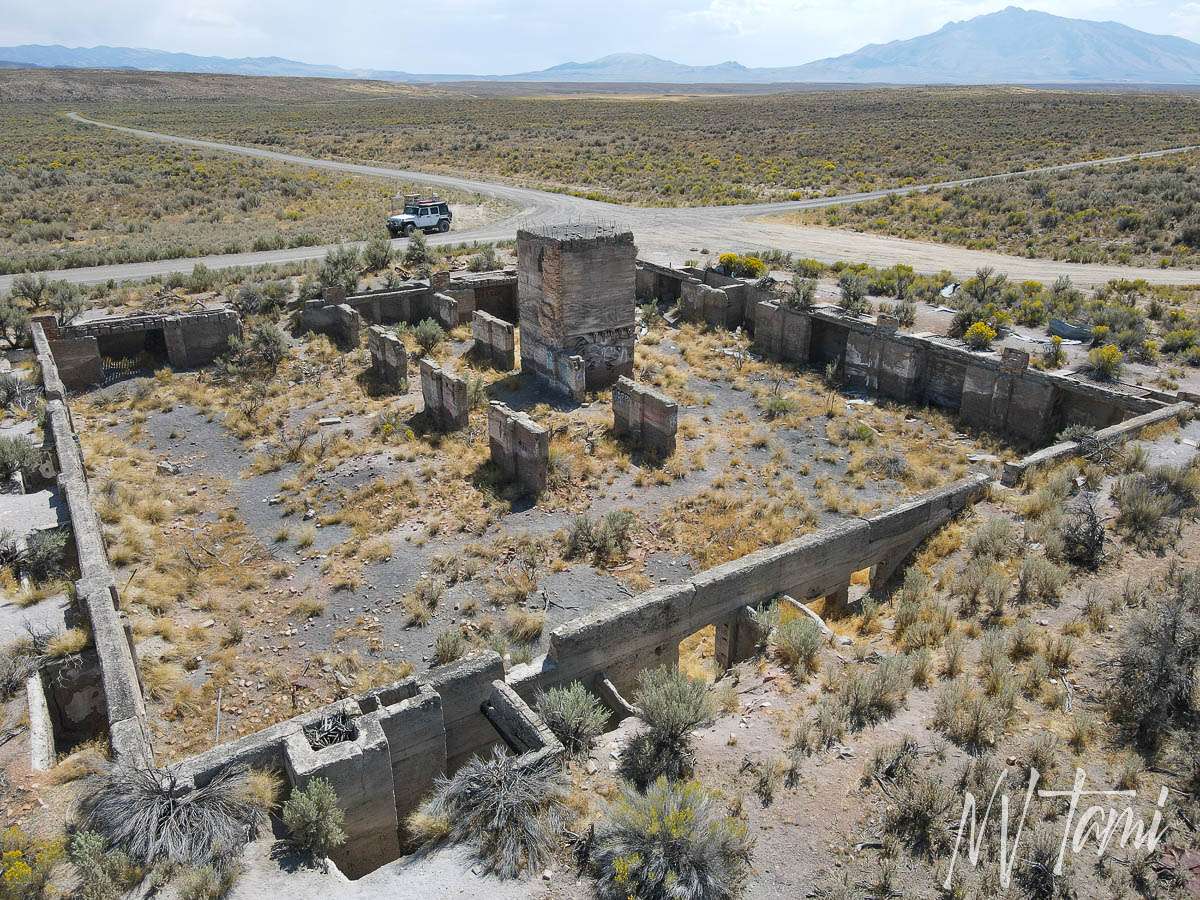
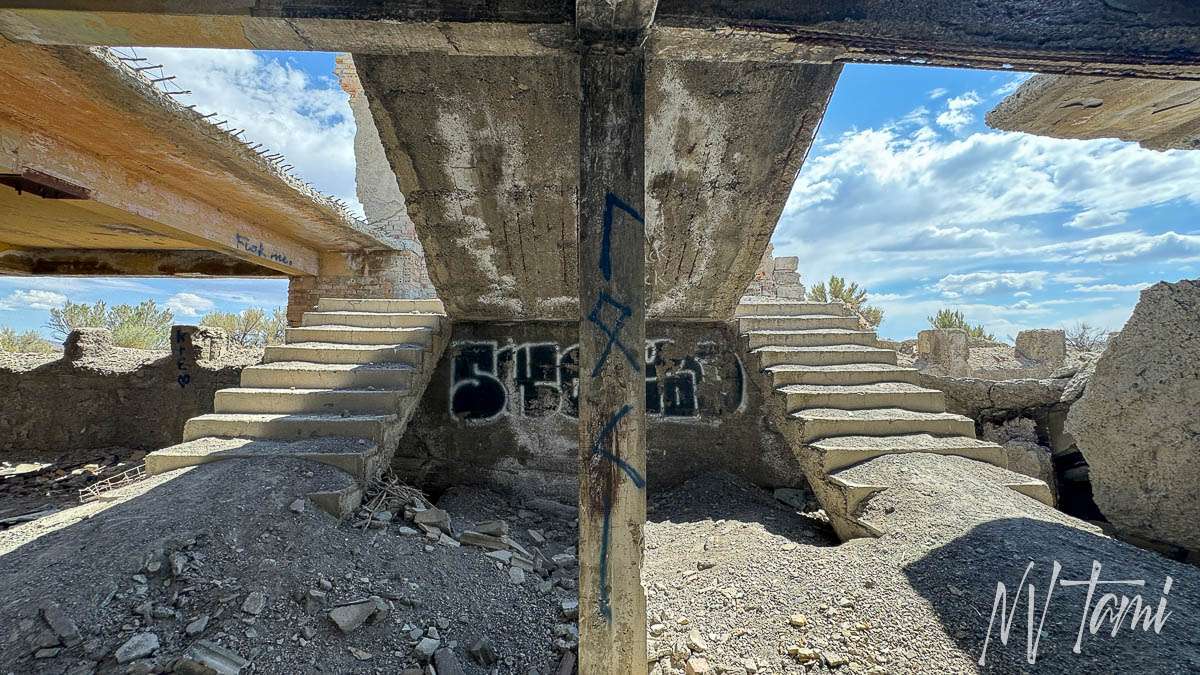
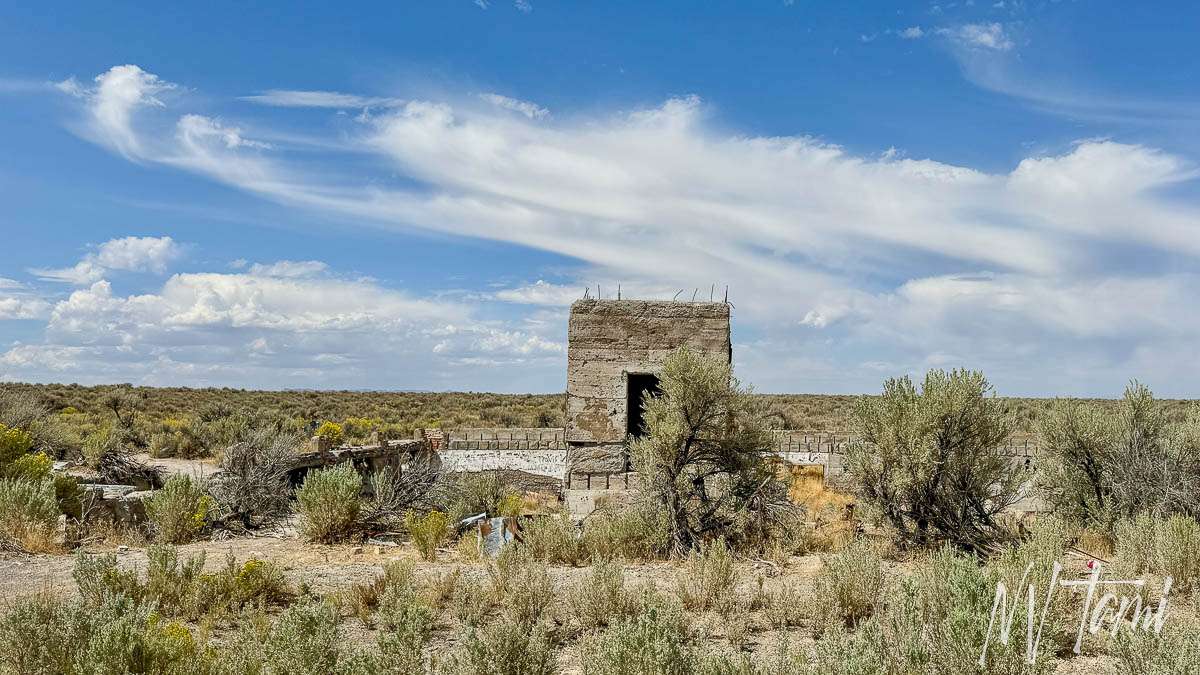
Bishop Creek Dam
The Bishop Creek Dam was completed in 1911 to provide water to Metropolis. Some say rubble from the San Fransisco earthquake was used as fill. In 1912, farmers in Lovelock sued Metropolis for infringing on their water rights. Lack of water from Bishop Creek and drought led to the town’s downfall.
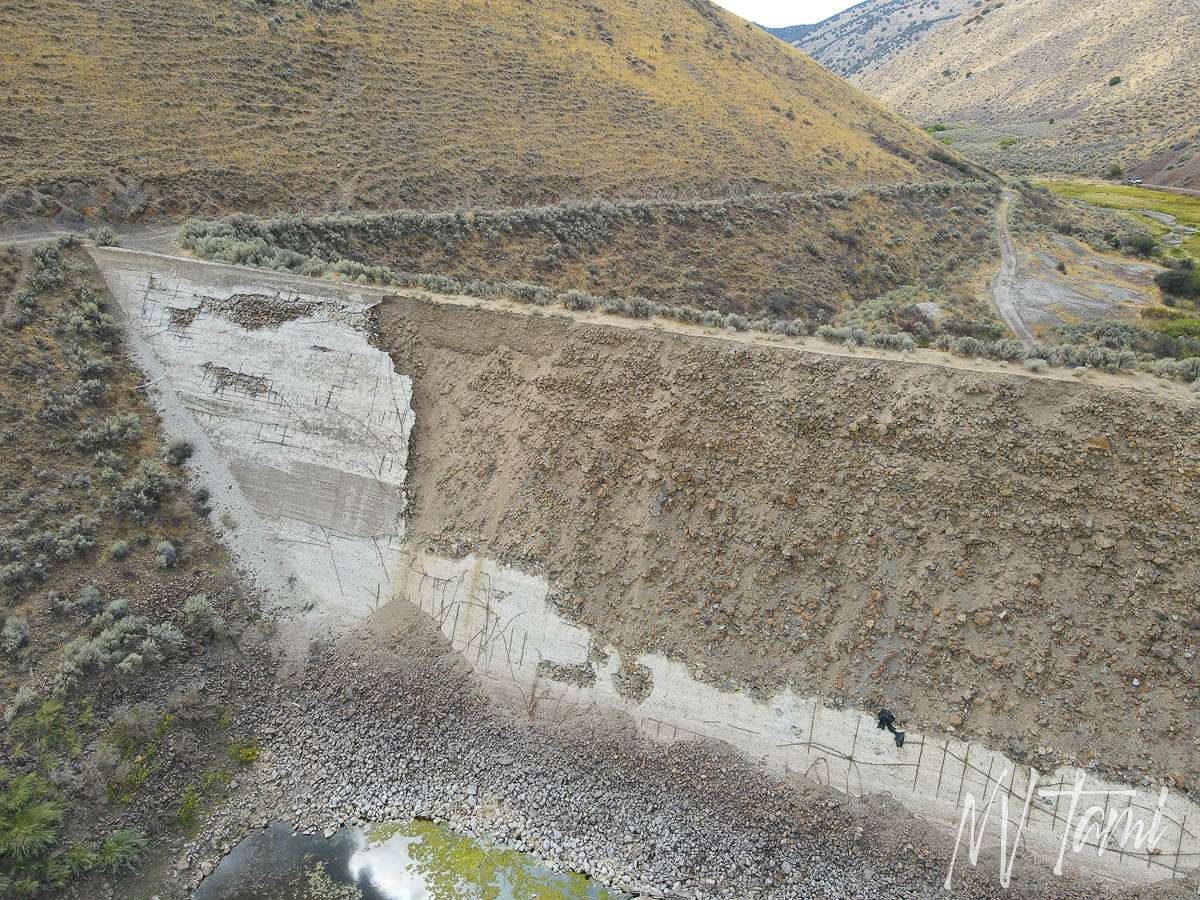
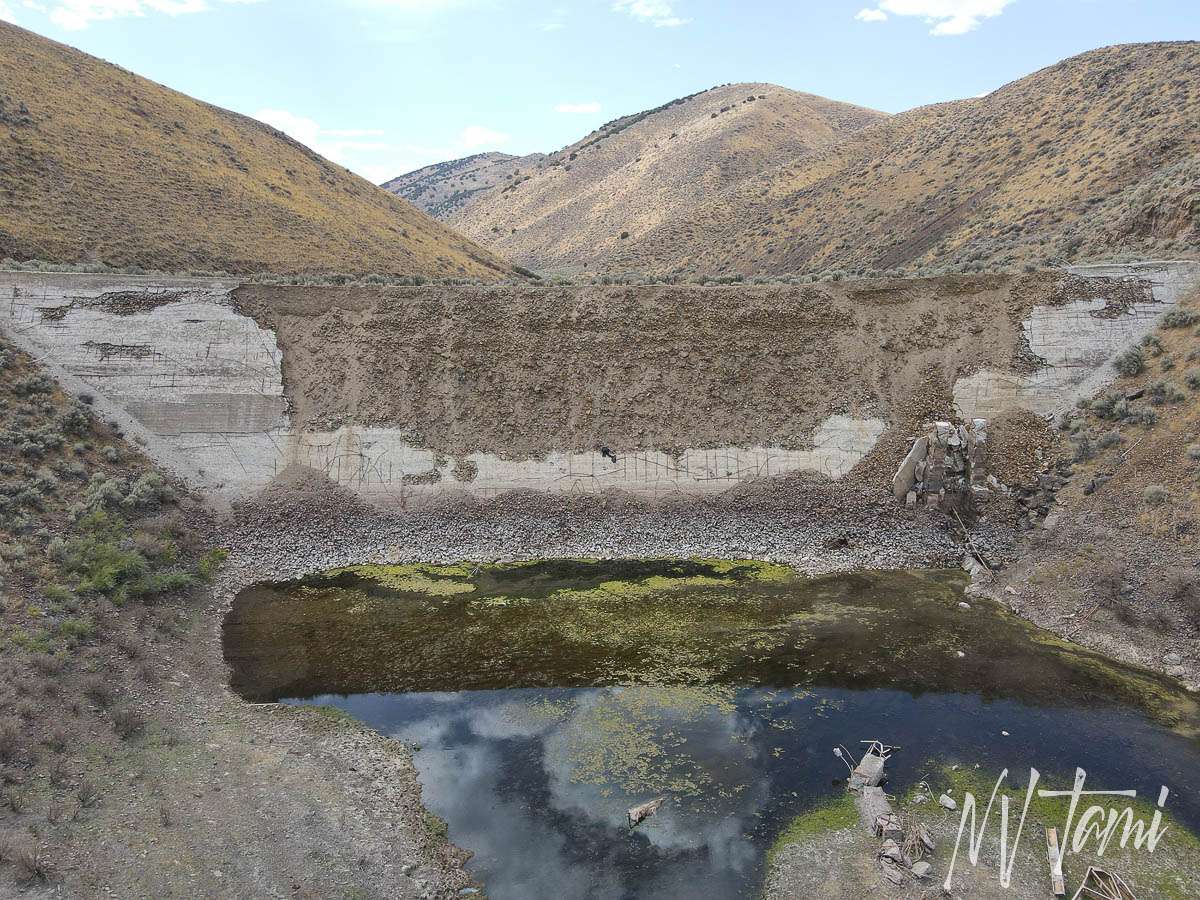
Halleck
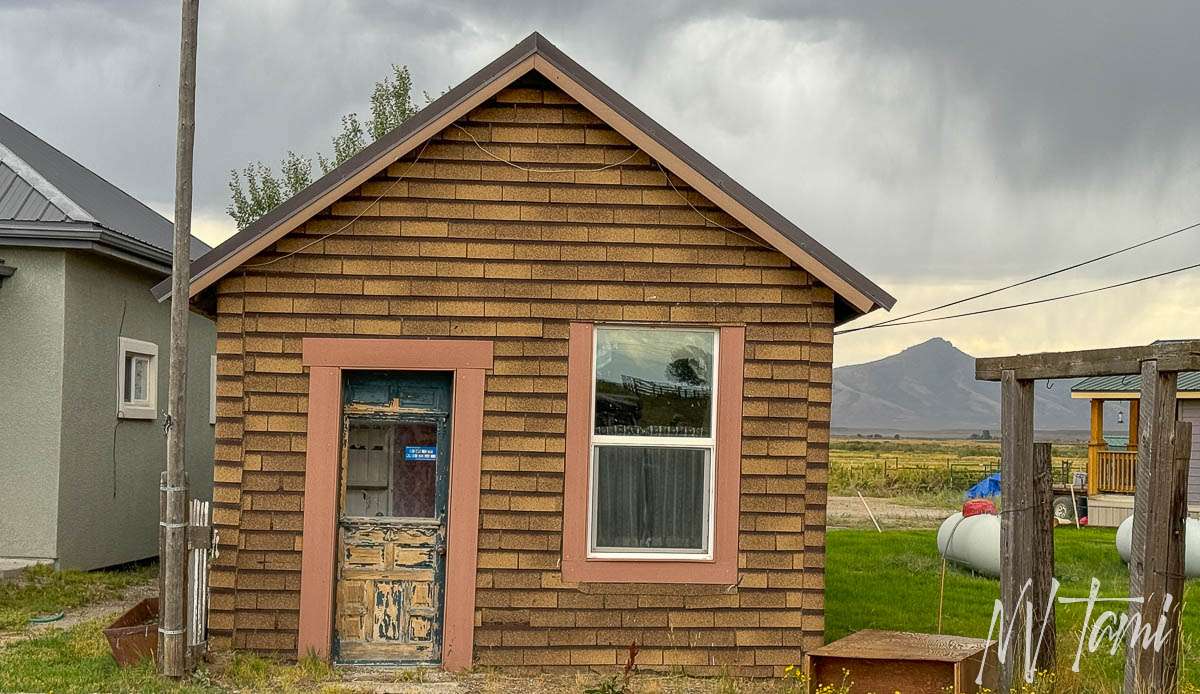
The railroad station closest to the fort was named Halleck. The small settlement had a store and a post office opened in 1873. Troops were often stationed at Halleck as much of the fort’s business occurred there.
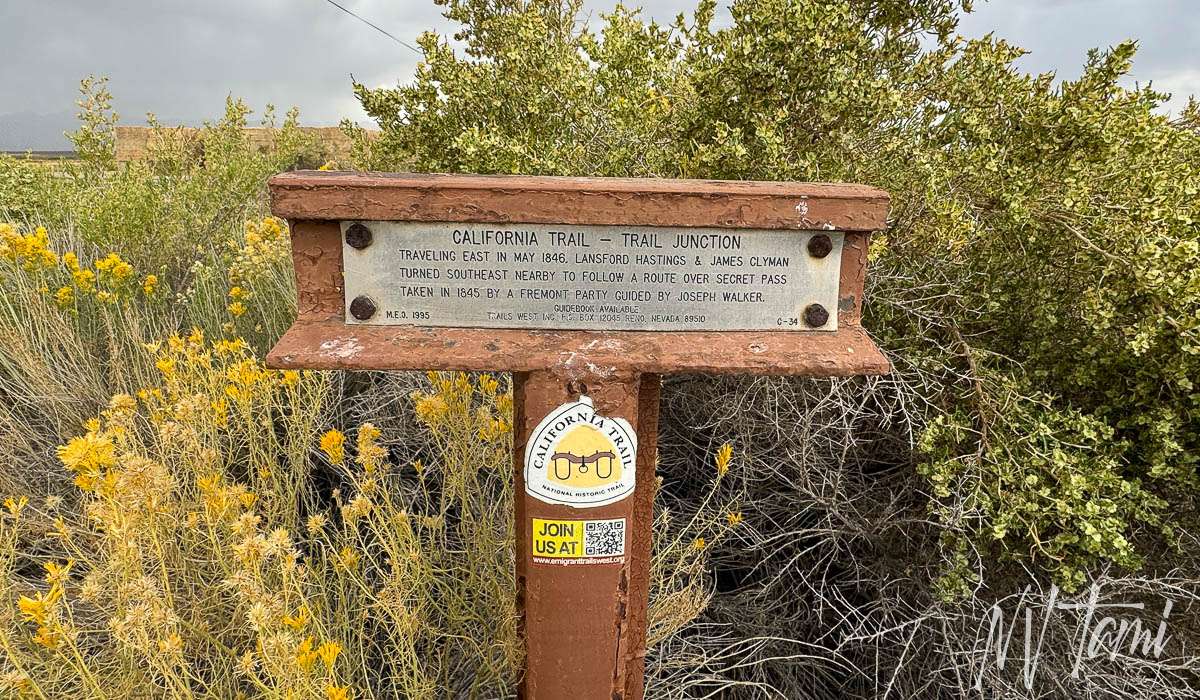
Fort Halleck
Fort Halleck started in 1867 as security for the construction of the Central Pacific Railway. The fort was arranged around a parade ground, including officer’s quarters, kitchen, mess haul, and hospital.
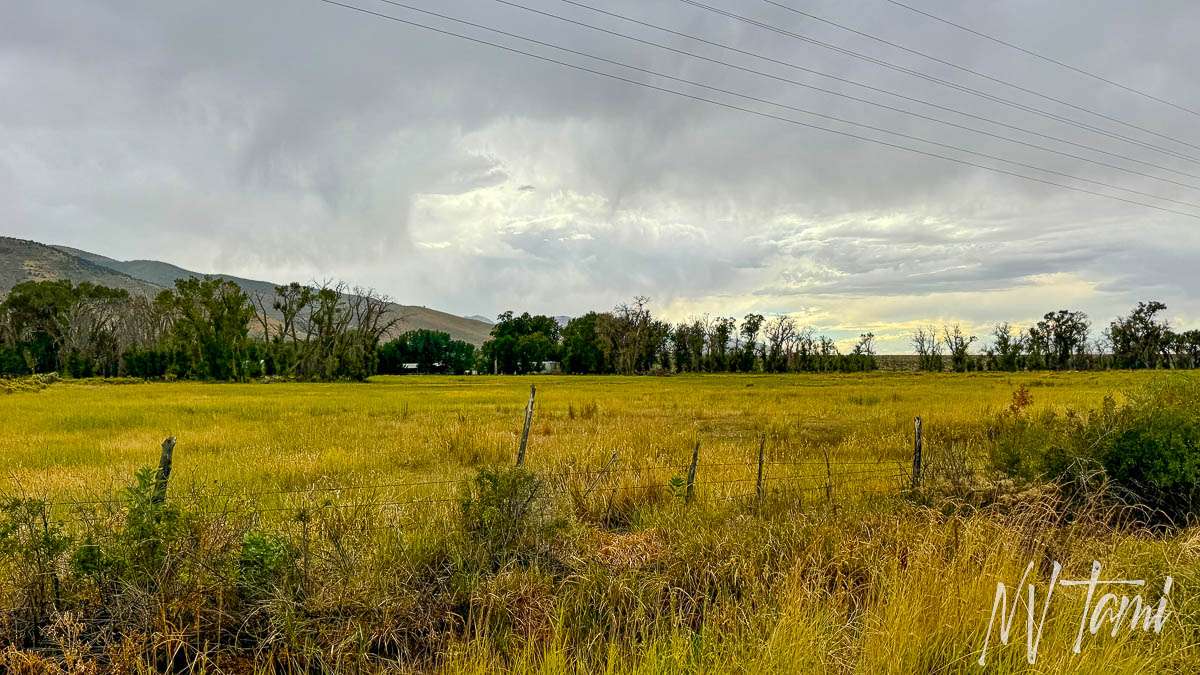
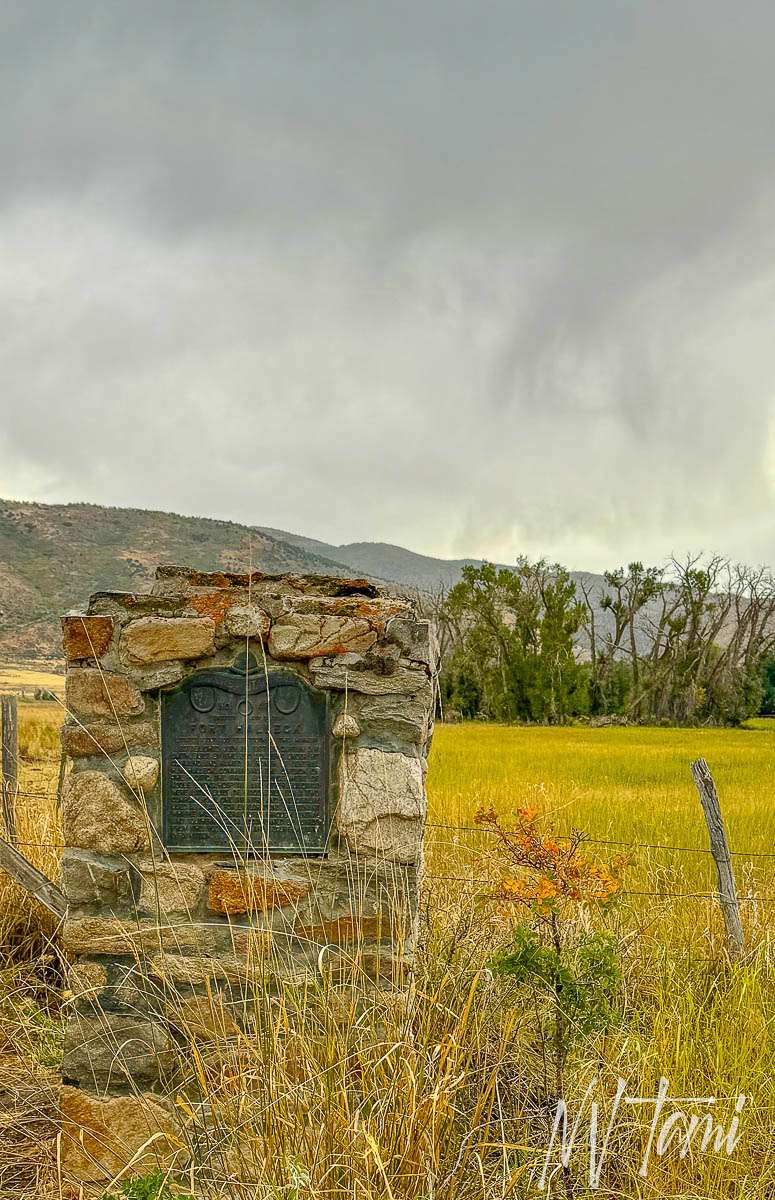
The fort closed in 1886 after a conflict between white settlers and Native Americans declined.
Lamoille
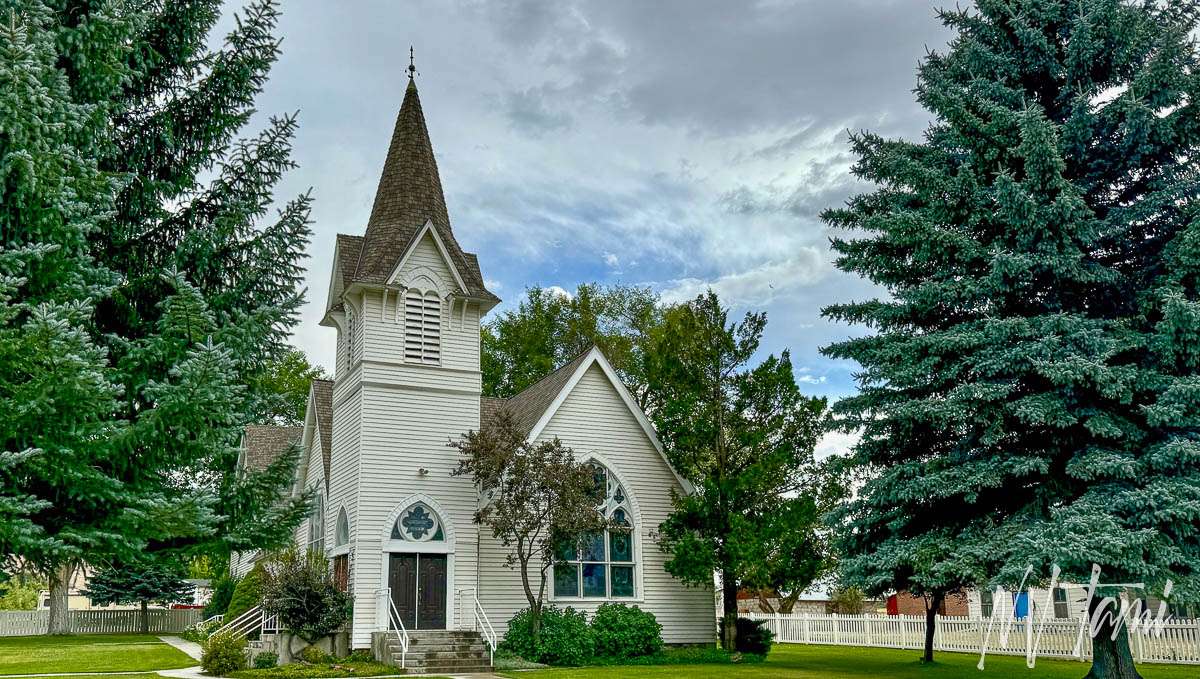
So many traveled the California Egmigrtant Trail, that the livestock ate all the grass. An alternate route along the Ruby Mountian provided plenty of feed. In 1865, Thomas Waterman settled the area, naming it after his home in Vermont. John Walker built a store, a blacksmith shop and the Cottonwood Hotel, known as The Crossroads.
Lamoille remains the center of ranching and a popular stop for those headed to Lamoille Canyon.
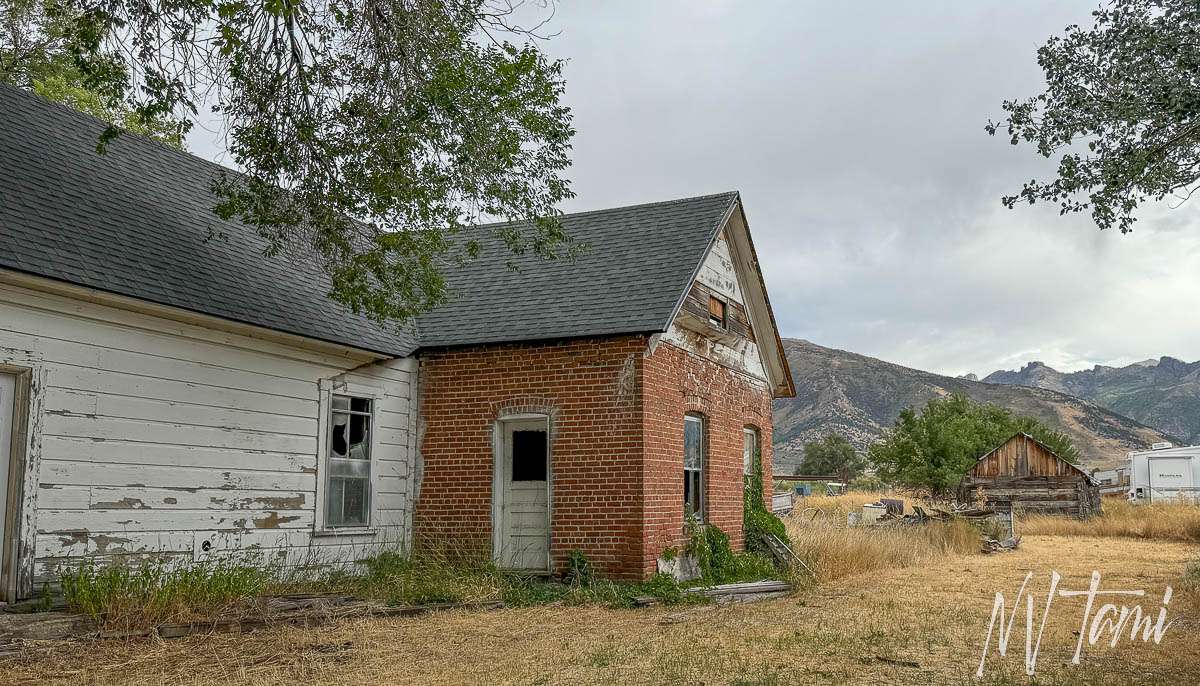
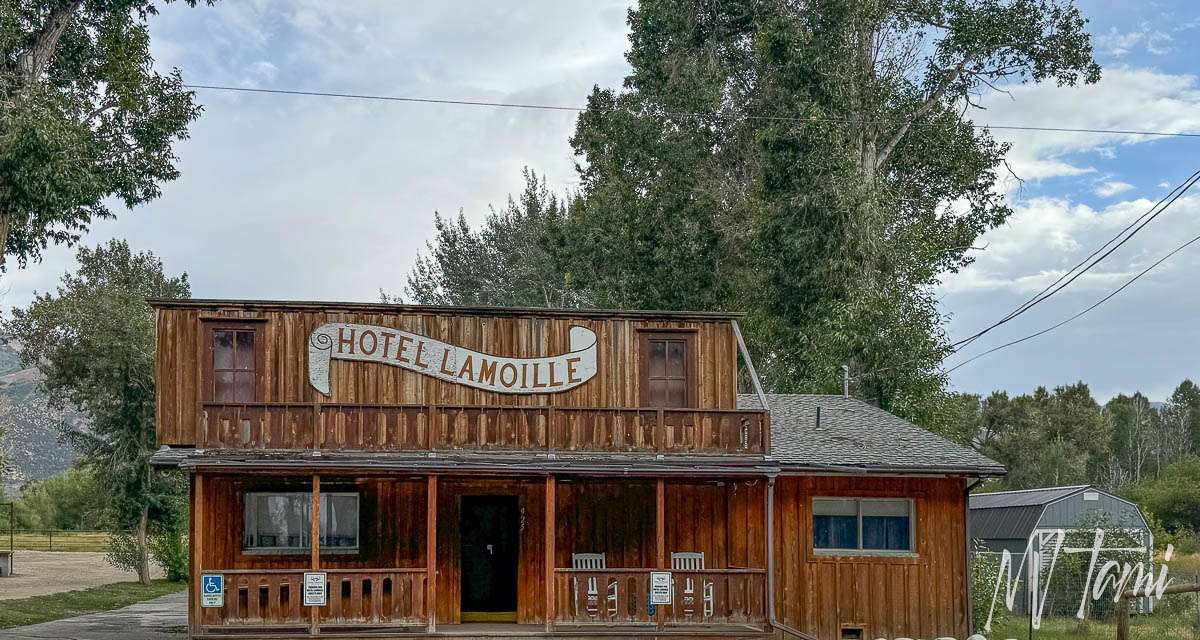
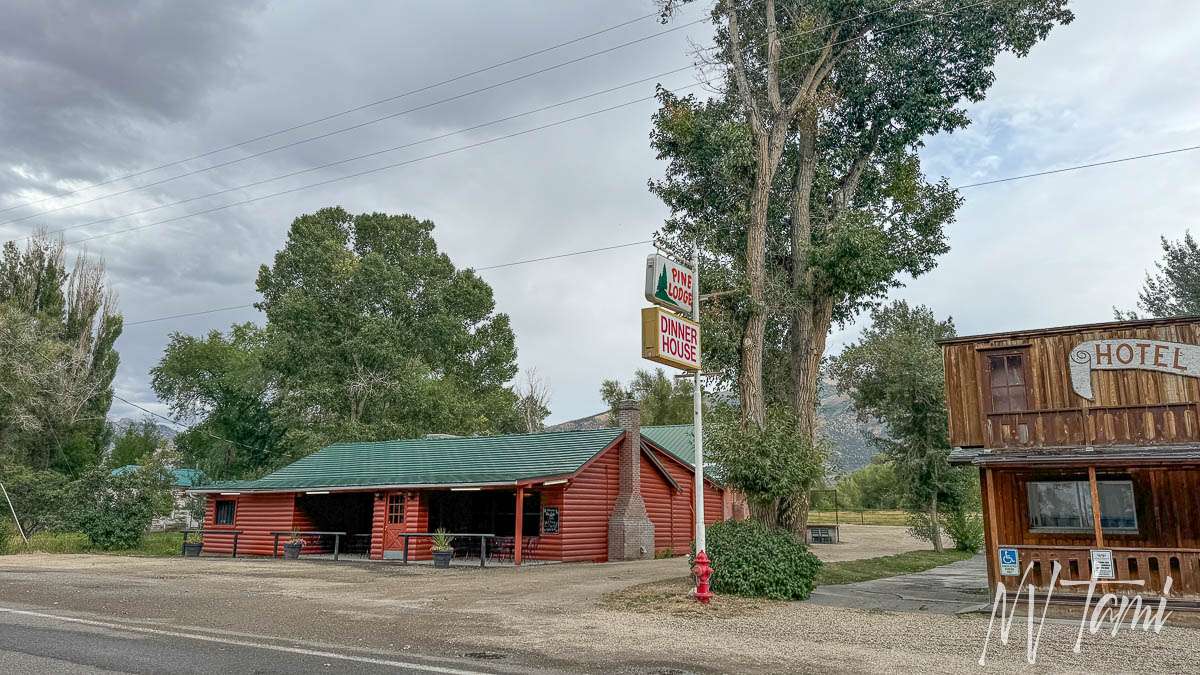
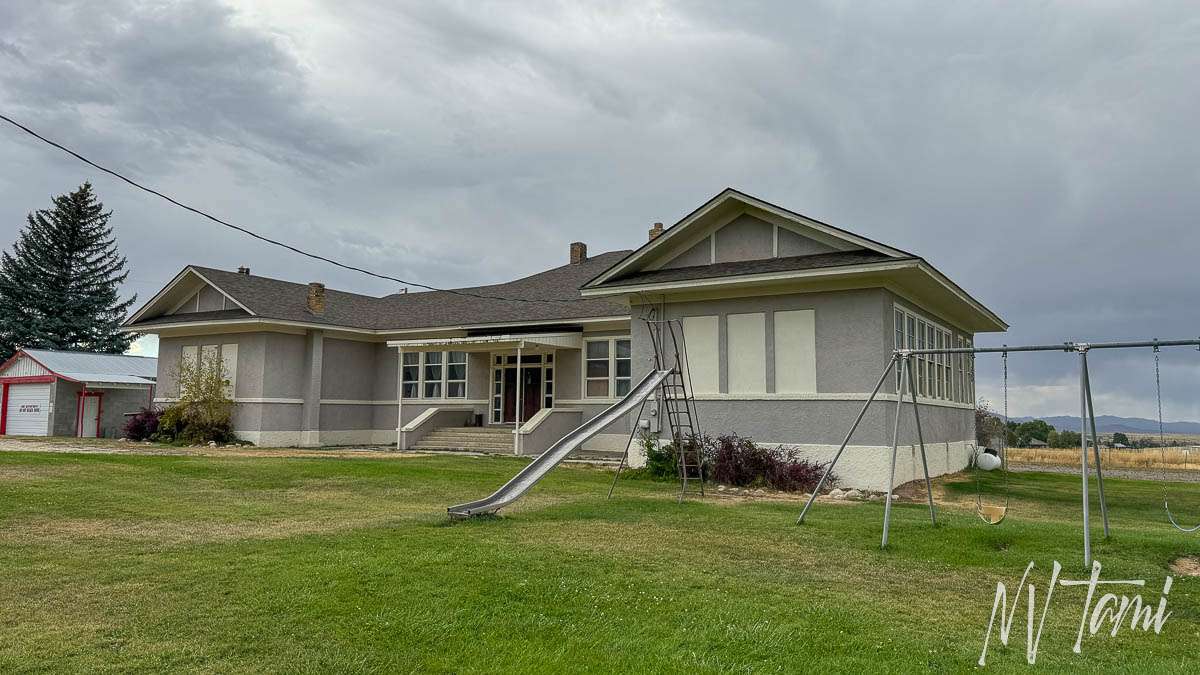
Lamoille Canyon and Powerhouse
The Elko-Lamoille Power Company started in 1912 to supply Elko with electricity. The power station had the only telephone in the area. Those in need would trek up the canyon to make calls. The plant continued until it was destroyed by fire in 1971.
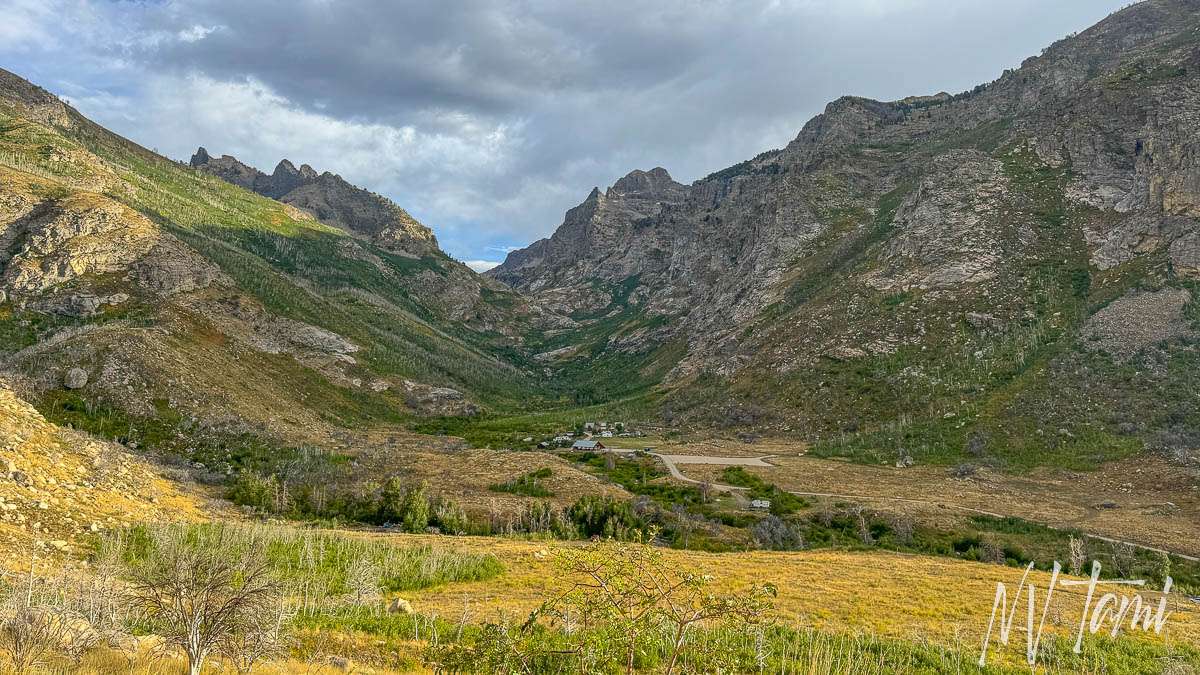
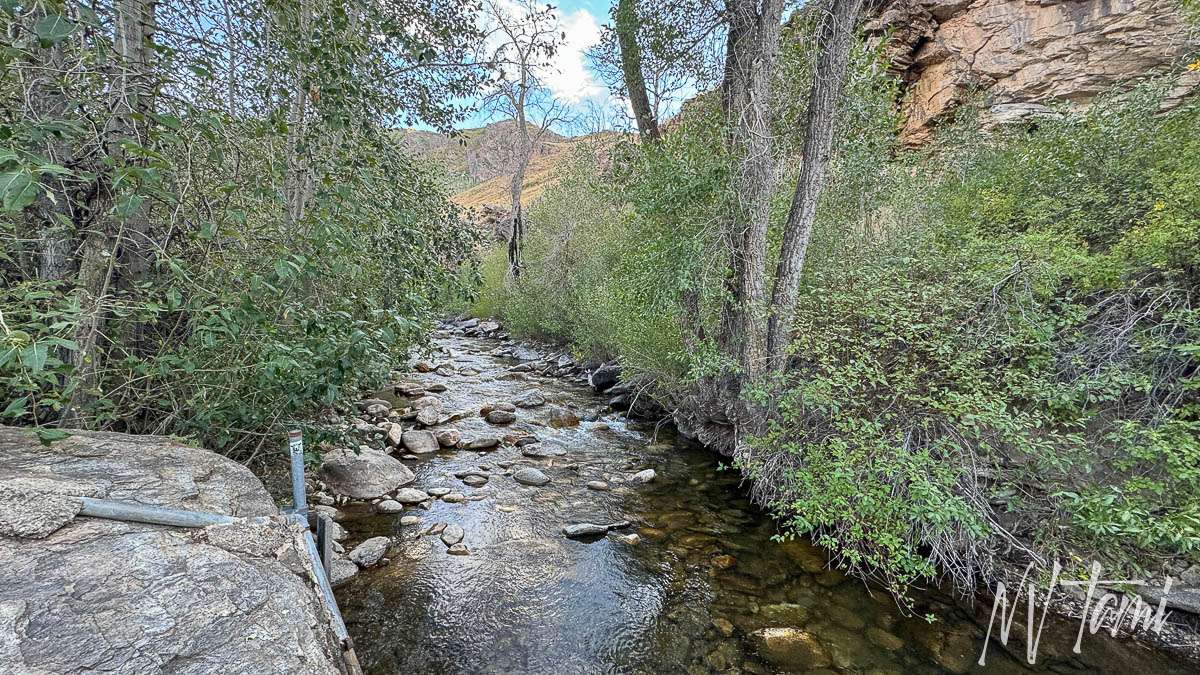
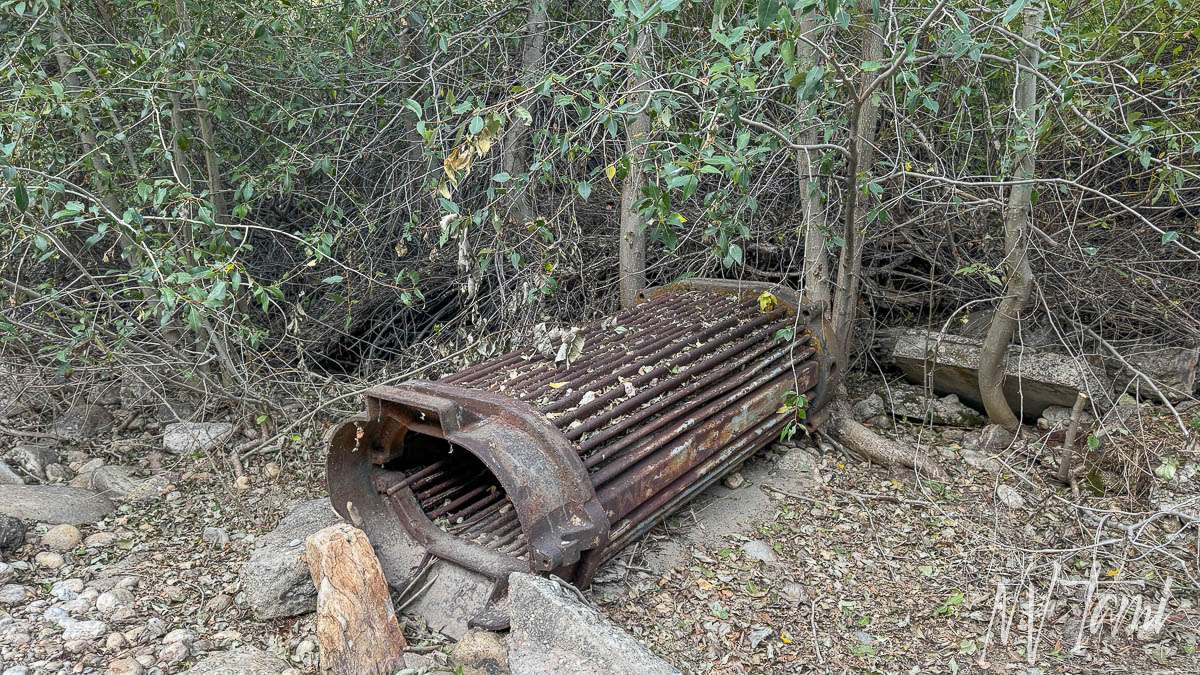
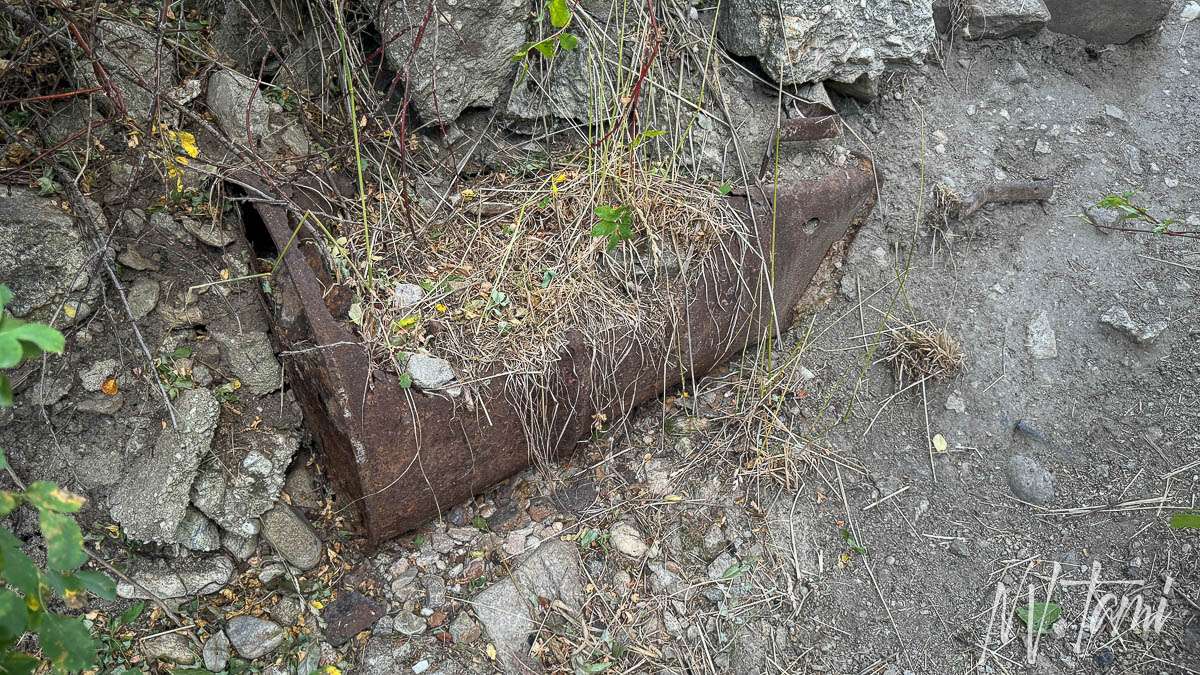
Tenmile Station?
Is this Ten Mile station known as Beachey and Clayton Stations? The station was on Elko, going to Hamilton Road. A school was open from 1903 until the 1920s.
Ten Mile was a speakeasy during prohibition until Dry agents shut it down.
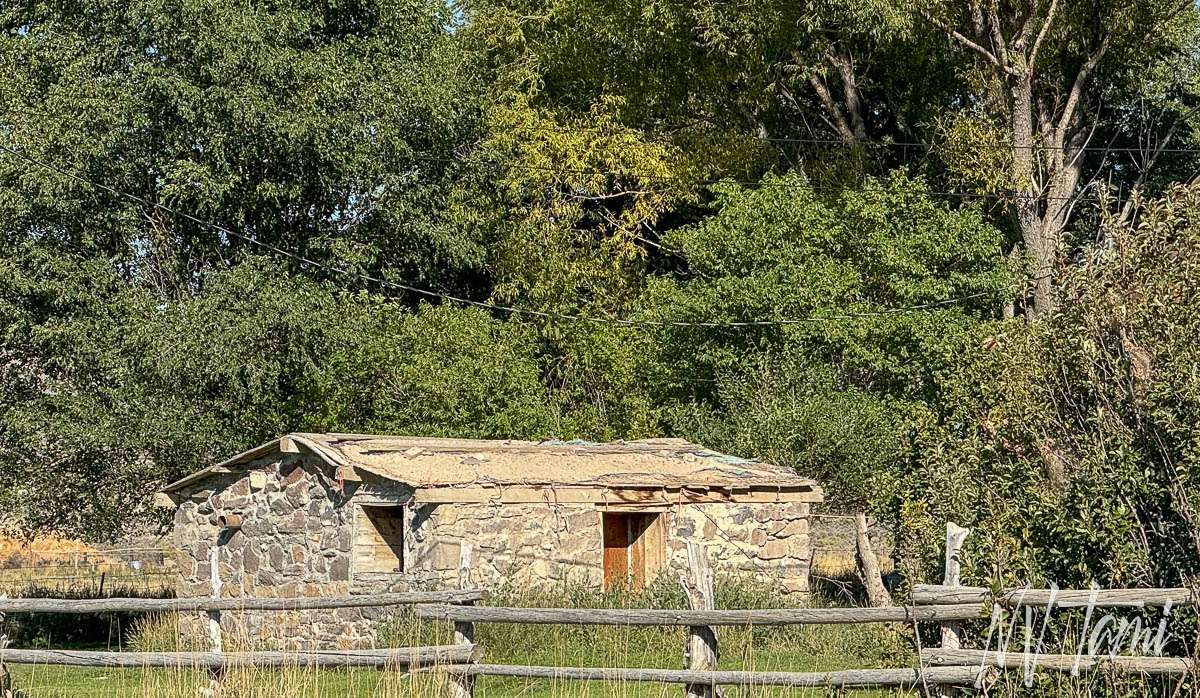
Tuscarora
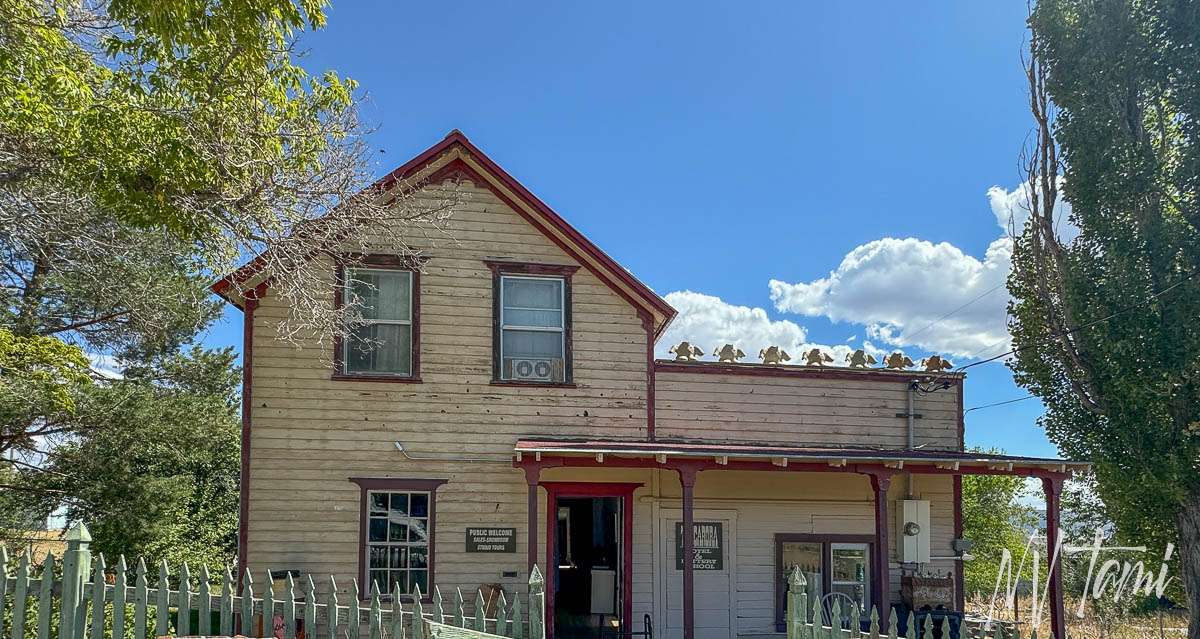
After gold was discovered in 1867, miners flocked to the area. In 1869, the Central Pacific Railroad was complete, and many Chinese moved to Tuscorora and outnumbered whites. Prospectors discovered silver several miles and planned a town. Soon, Tuscarora had a population of 4,000 services, stores, hotels, restaurants, and two newspapers. Tuscorora slowly declined until the turn of the centy.
A handful of residents call Tuscorora home. The Tuscarora Pottery School is a popular destination. On my first visit, they let my son make a pottery piece and I picked up a beautiful bowl.
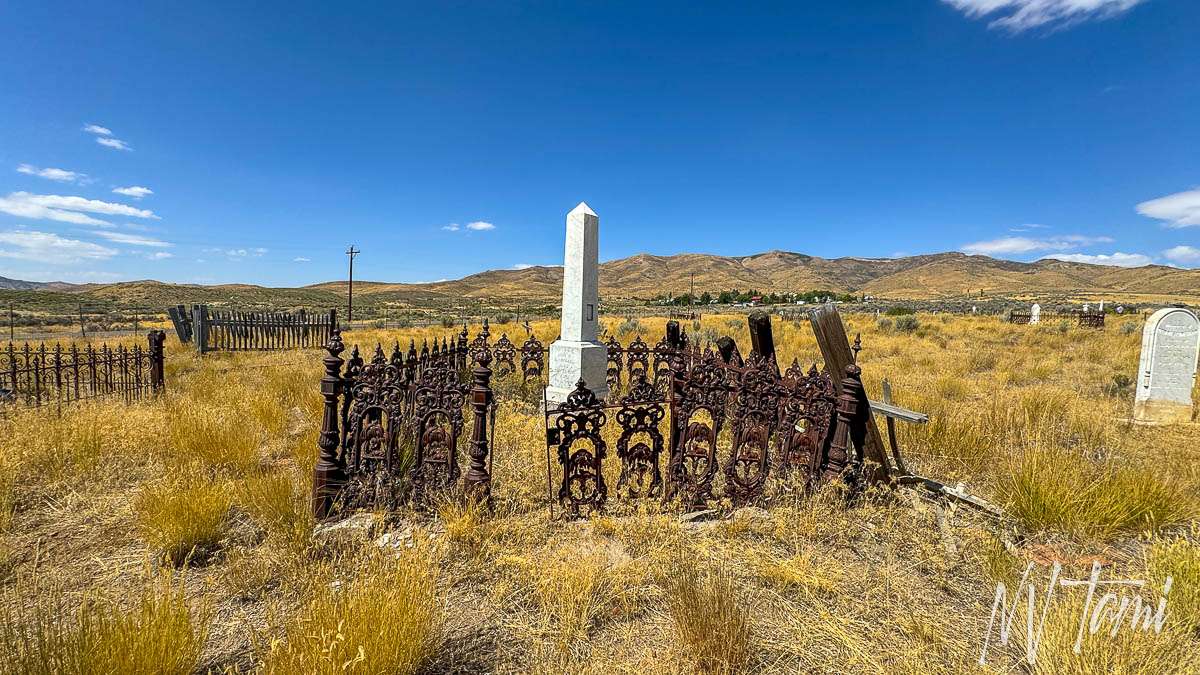
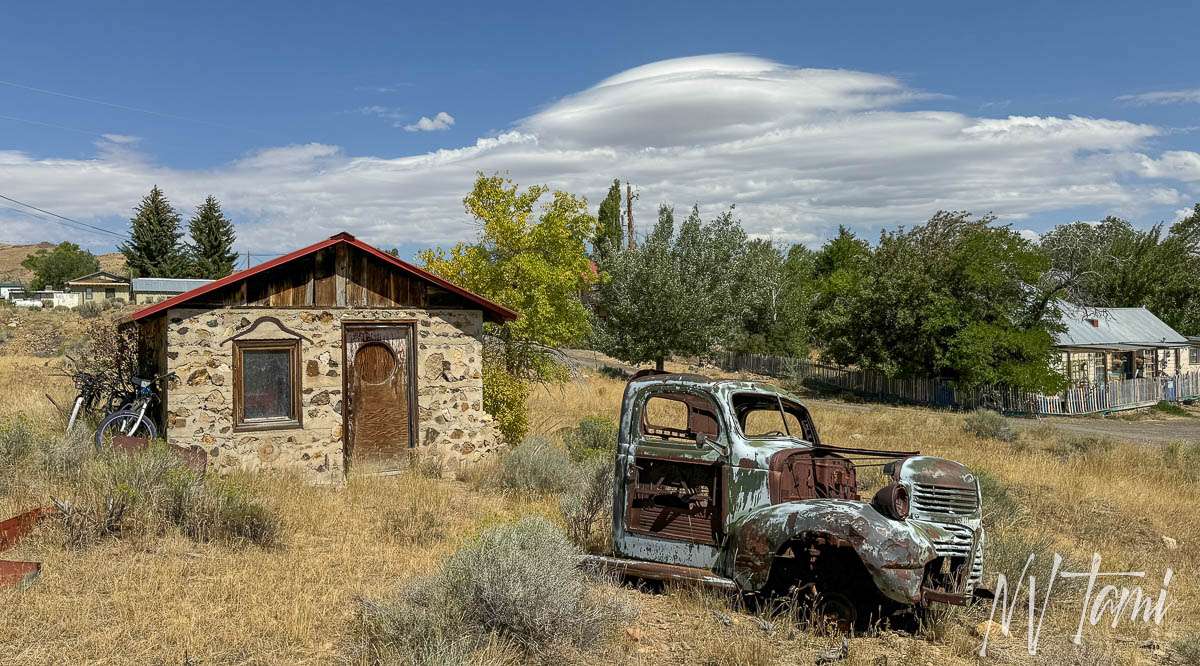
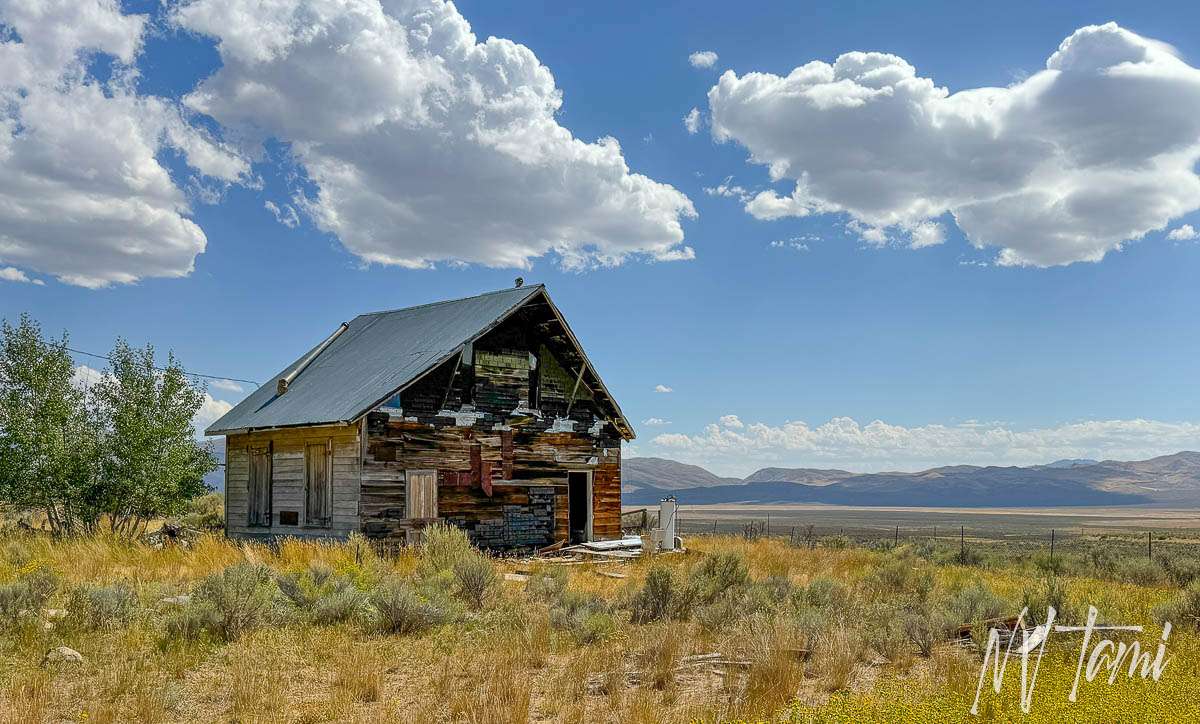
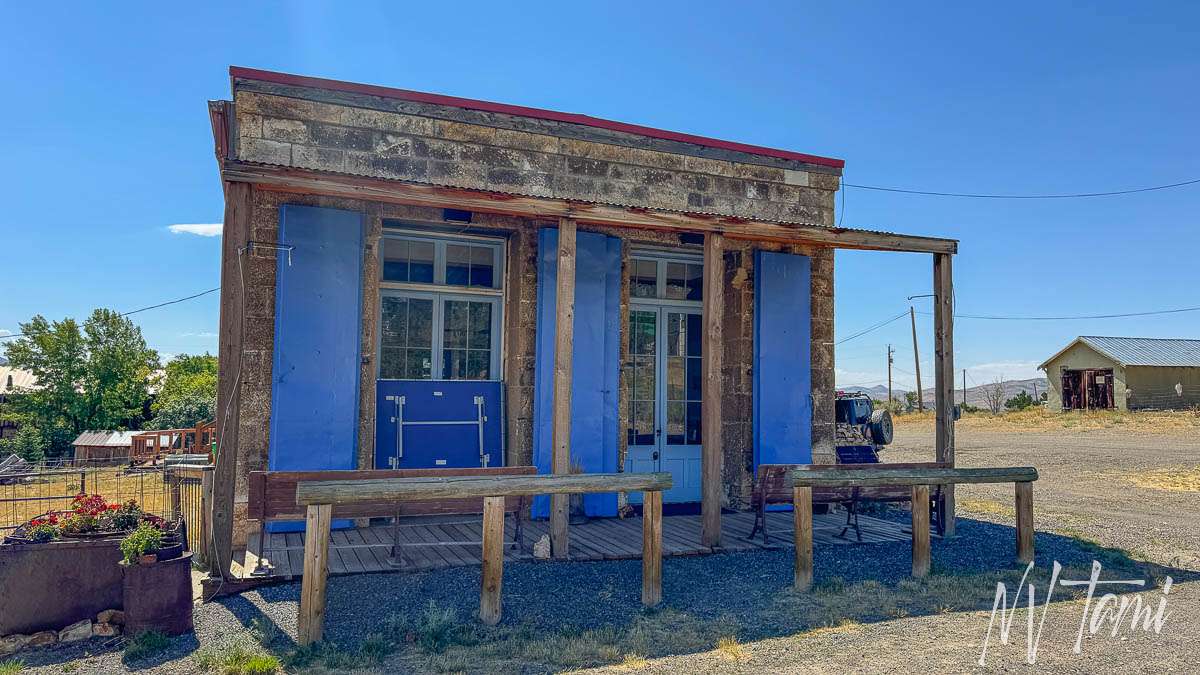
Midas
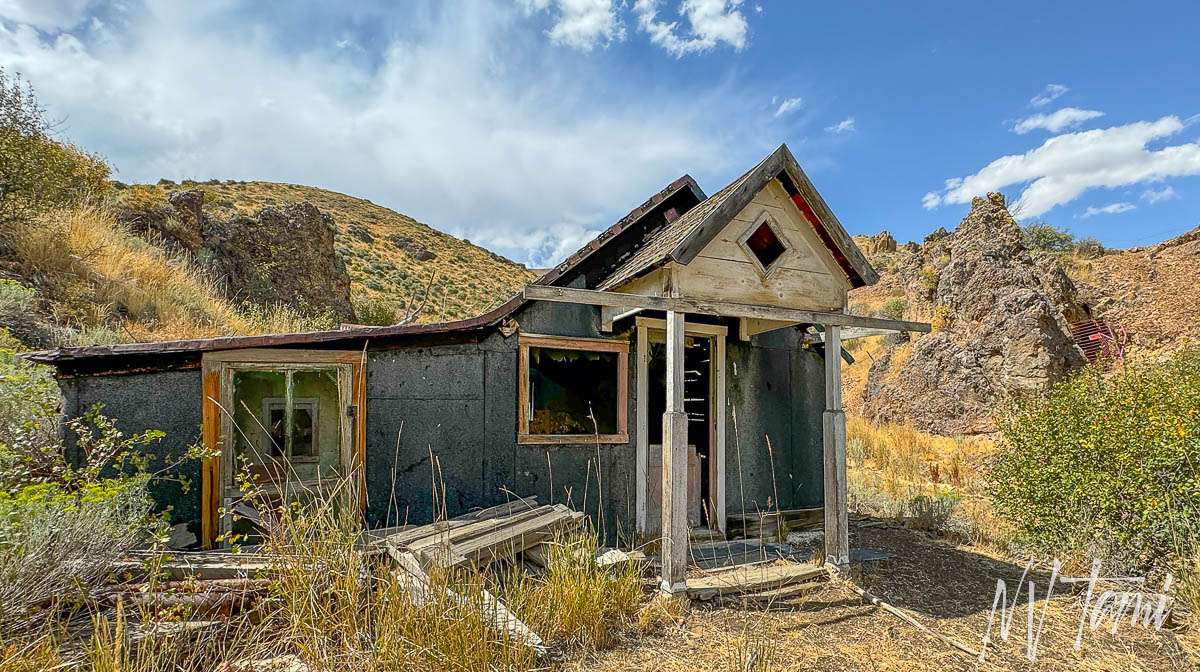
Established as Gold Circle in 1907, the town changed its name to Midas after the United States Postal Service said there were too many Gold Circles in Nevada. Midas boomed and soon had a population of 2,000. Midas declined and, within a few years, had only a handful of residents. A new mill opened in 1915 but was soon destroyed by fire. Various mines operated until 1942, when they closed along with the post office. A handful of residents remain in Midas. We happened to run into Miner Mike, who allowed us access to buildings on private property. He also took us on a tour of his property and mine. Mike worked as a hard rock miner for many years and is a wealth of information.
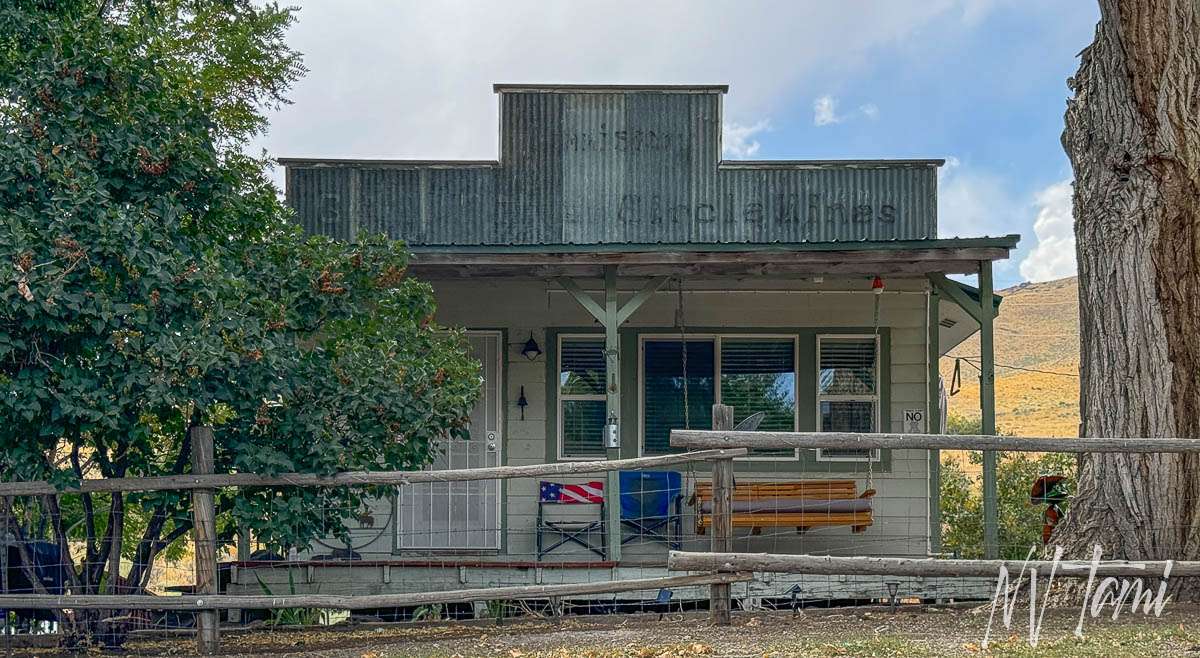
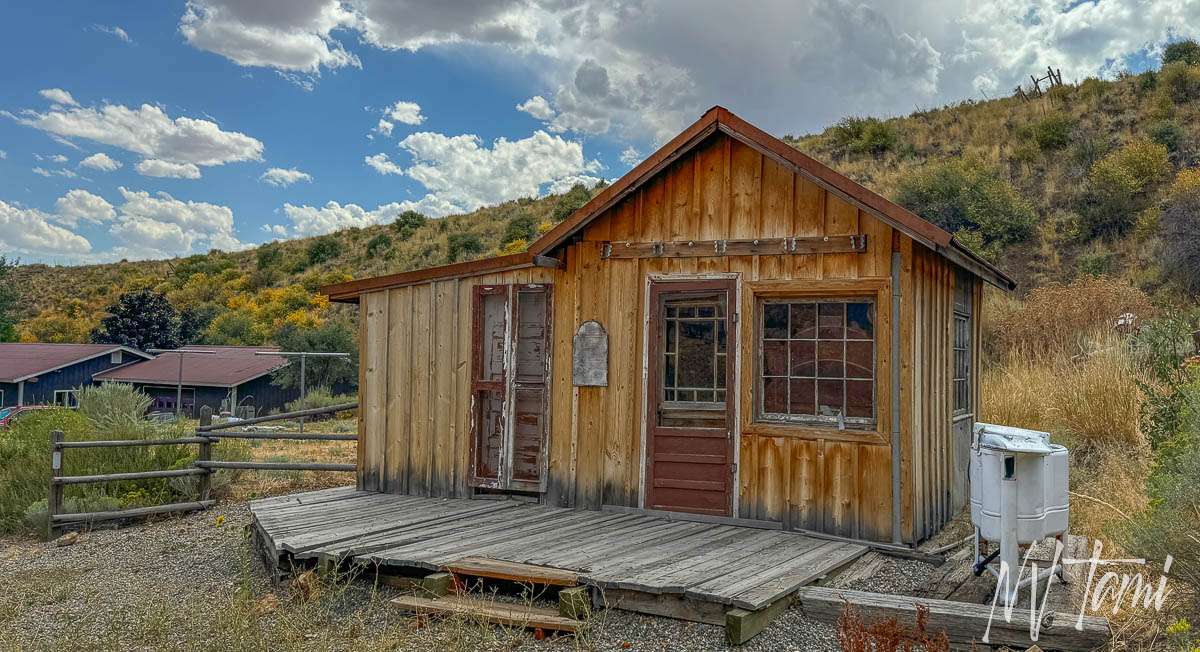
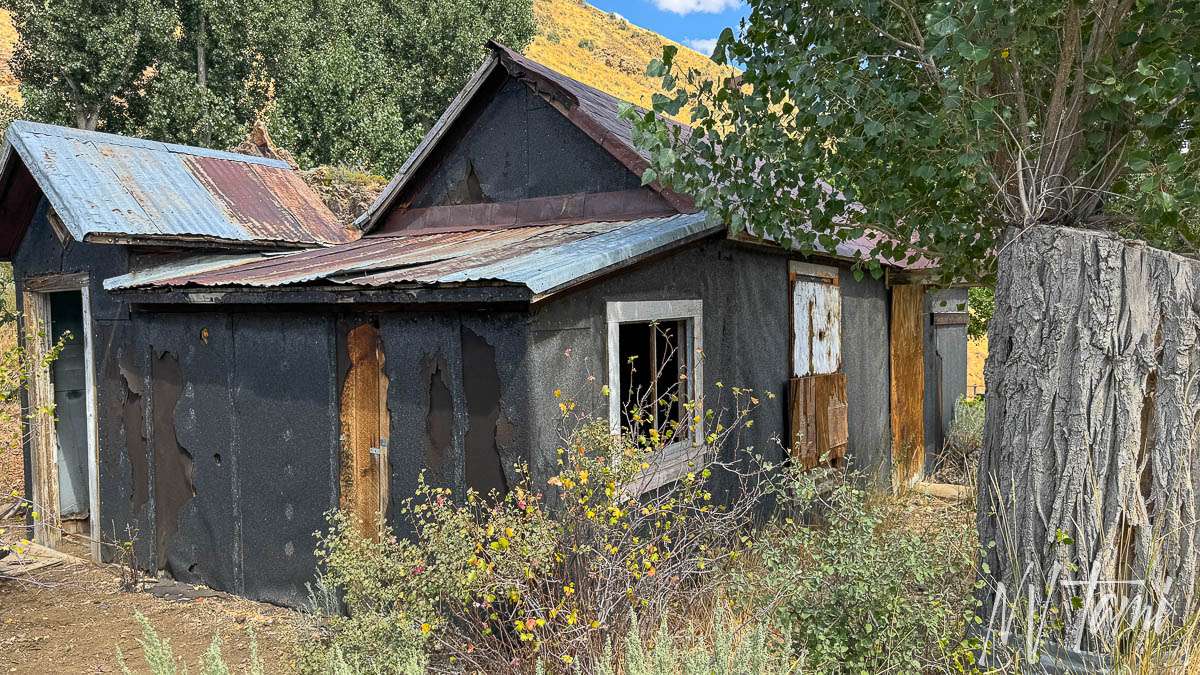
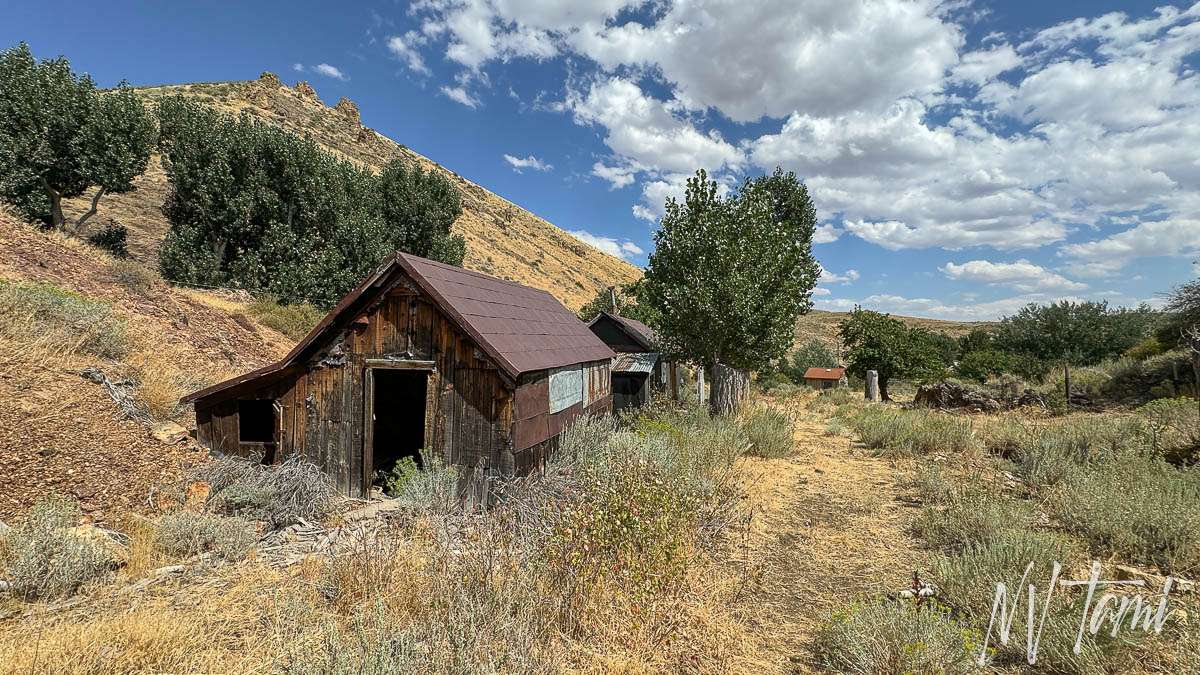
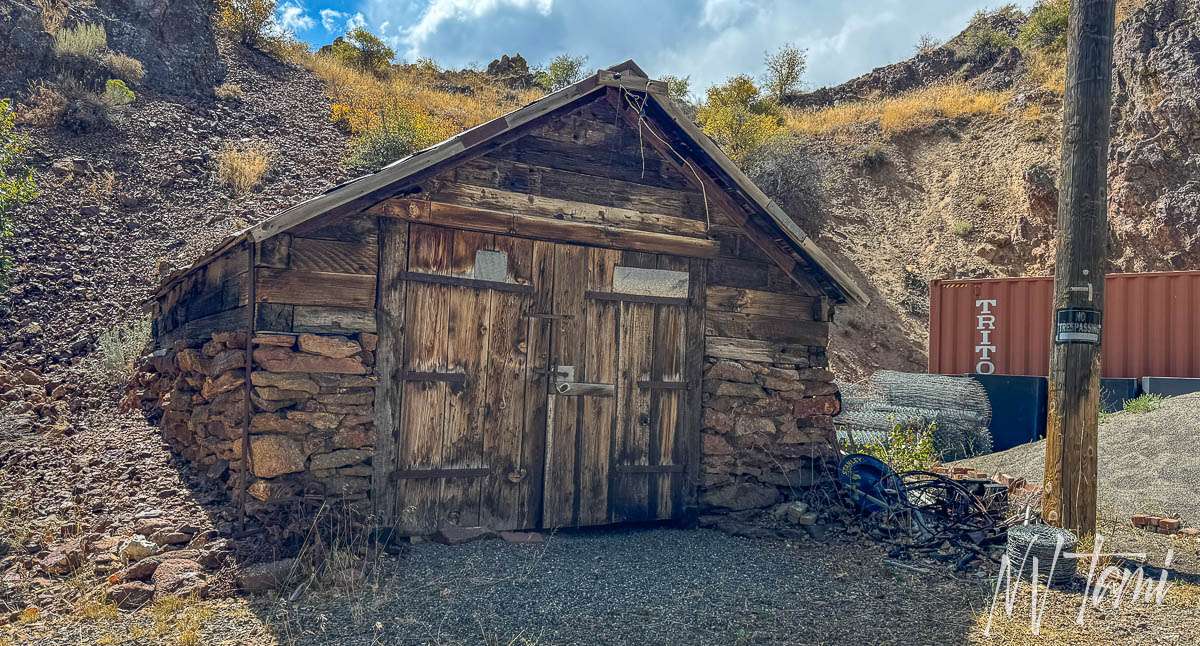
Preble
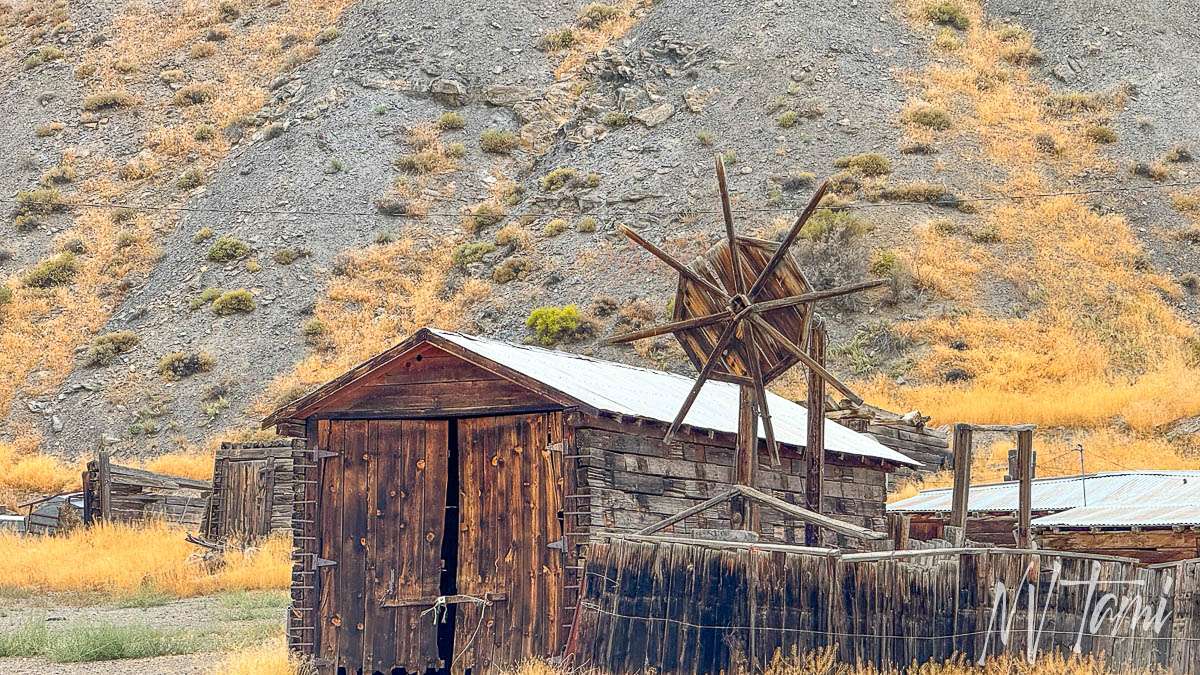
Preble is a blip on the map of Nevada history. A railroad stop, the settlement never grew beyond a small station. However, the Pinson Ranch at Preble was an active place, with people coming and going and even a posse hunt ending in the tragic death of one of Nevada’s most famous sheriffs.
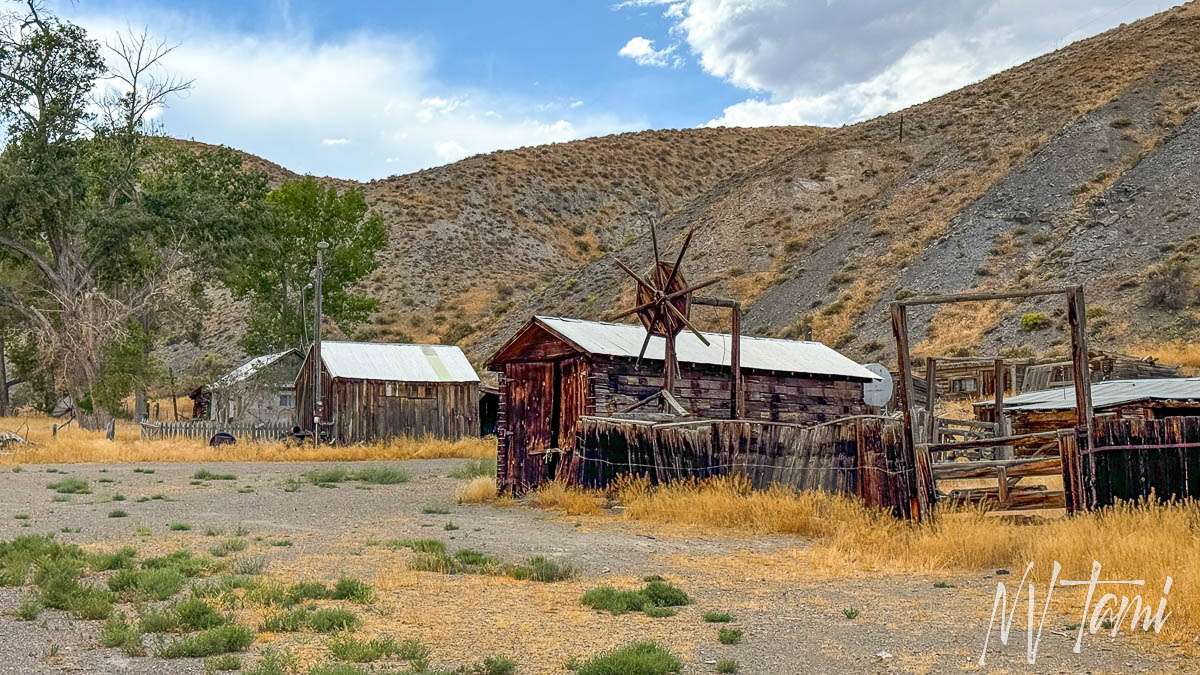
WANT MORE GHOST TOWNS?
For information on more than five hundred ghost towns in Nevada & California, visit the Nevada Ghost Towns Map or a list of Nevada ghost towns.
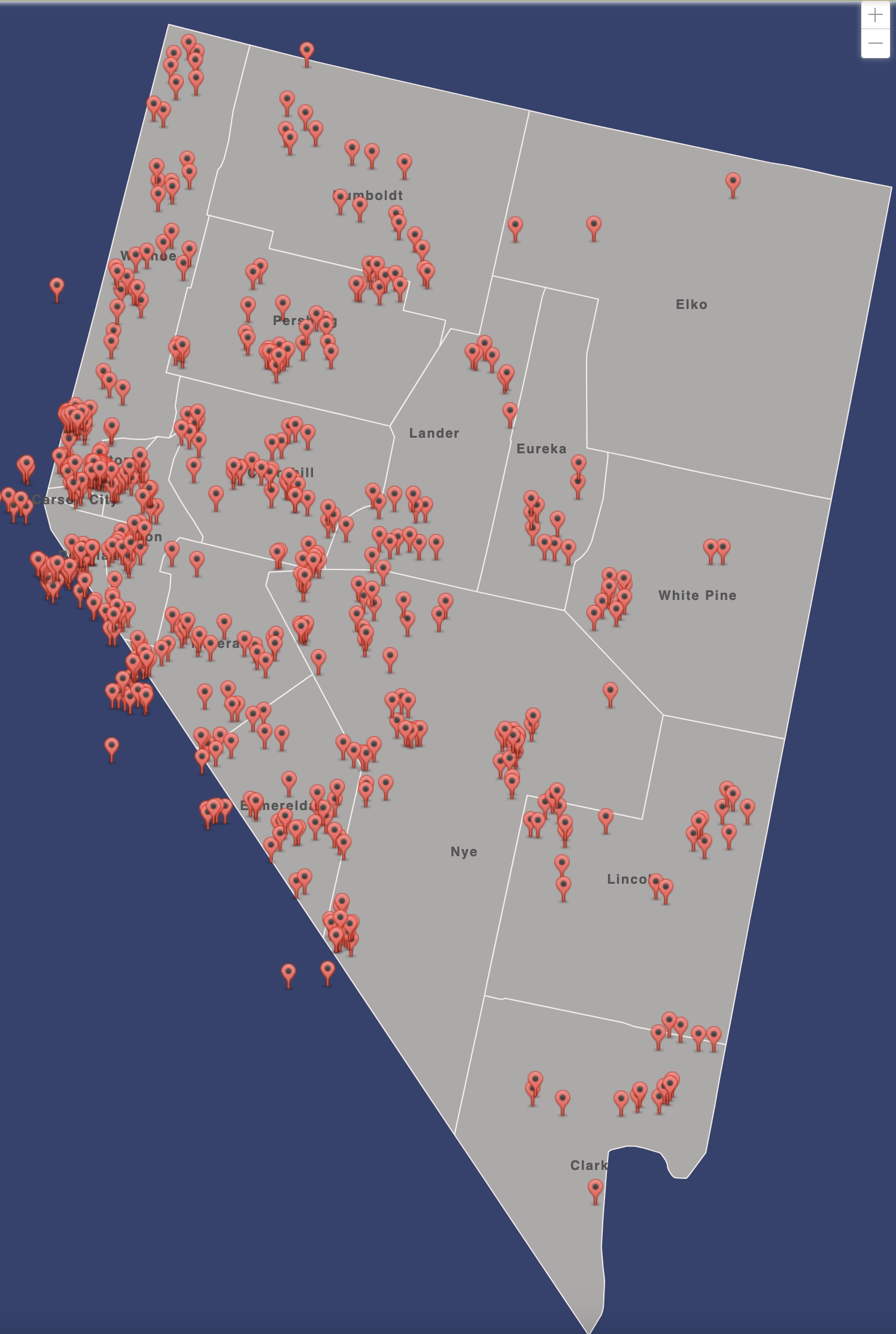
References
- Hall, Shawn. Connecting the West: Historic railroad stops and stage stations in Elko County, Nevada. University of Nevada Press, 2002.
- Hall, Shawn. Old Heart of Nevada: Ghost towns and mining camps of Elko County. University of Nevada Press, 1998.
- Nevada Expeditions
- Paher, Stanley W. Nevada Ghost Towns & Mining Camps. Nevada Publications, 1970.
G.H. Geeaych says
Tami….Hapoy Birthday! As Andy Griffith would say, “Now this waz extree special good!”
You should have a birthday every few weeks, as this missive was fun and covered a lot of ground.
As a former truck driver that went up and down Route 80, I am familiar with Bing Crosby and his connection to Elko County. I even have his 78 RPM box set of Don’t Fence Me In cowboy songs that he started singing after he had bought the ranch.
I traveled the Hastings cut off road which pretty much follows Highway 30 out of magma and the story is amazing about the Donner-Reed, not Donna Reed, party. Even after all the delays and mishaps, they still made it to Donner Lake but decided to rest instead of going over. Had they gone over all this history and Legend would not be there.
Anyway this is to congratulate you on another birthday, urge you to have another birthday every f****** weekend so you can write great stuff like this, and get that damn book out! Sincerely,
No One U Know
Tami says
Thank you, this was my birthday trip last summer. Now we are planning this years trip!
I was amazed to learn about Bing Crosby, not at all what I expected!
Bill Curtiss says
Great article loved it all I was also surprised to hear Bing owned such a desolate place he also had a ranch on the Rising River in northern Ca. sold it to Clint Eastwood my pop serviced the ranch when Bing owned it I meant him once around 1962 then I worked on the pool after Clint bought it around 1978 beautiful place
Tami says
That is super cool!
David Sadewasser says
Great stuff, Tami. Love the pictures and history. In answer to your question, Lamoille is the most picturesque, and Jarbidge is probably the most interesting, but you can’t go wrong poking around many of the places you cover.
Tami says
Thanks. I might be heading to Jarbridge this summer. I haven’t been there in in probably 18 years.
Robert Titus says
Wow I see why this took you awhile. Thats a lot of information… Thank You
Tami says
So long, I’m already planning this years trip!
bob h says
Thank you again Tami !
Tami says
Glad you enjoyed it!
Eddie Murphy says
As always, superb pictures and historical information. I love your layout, btw.
Tami says
Thanks and glad you enjoyed, that was a fun trip!